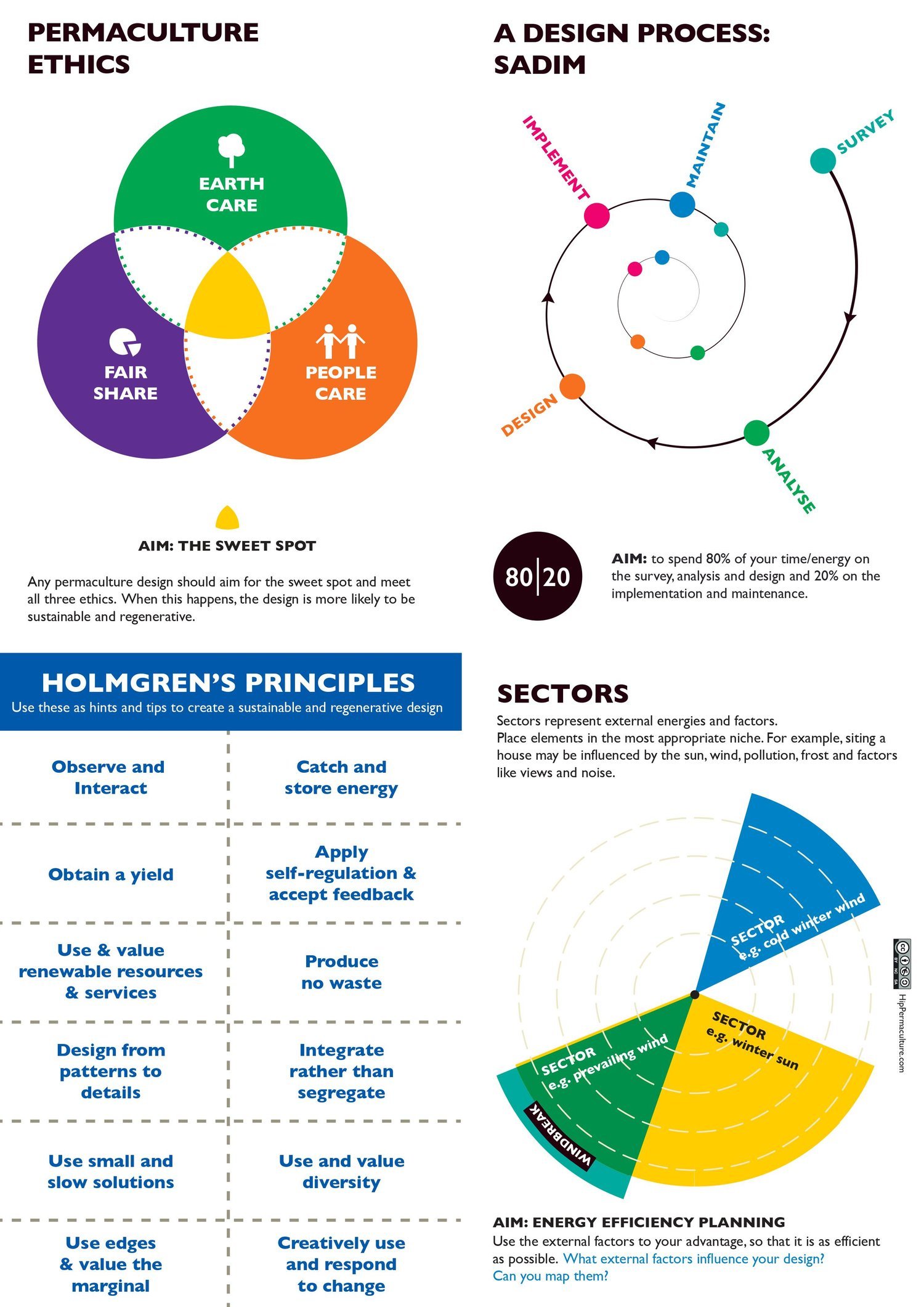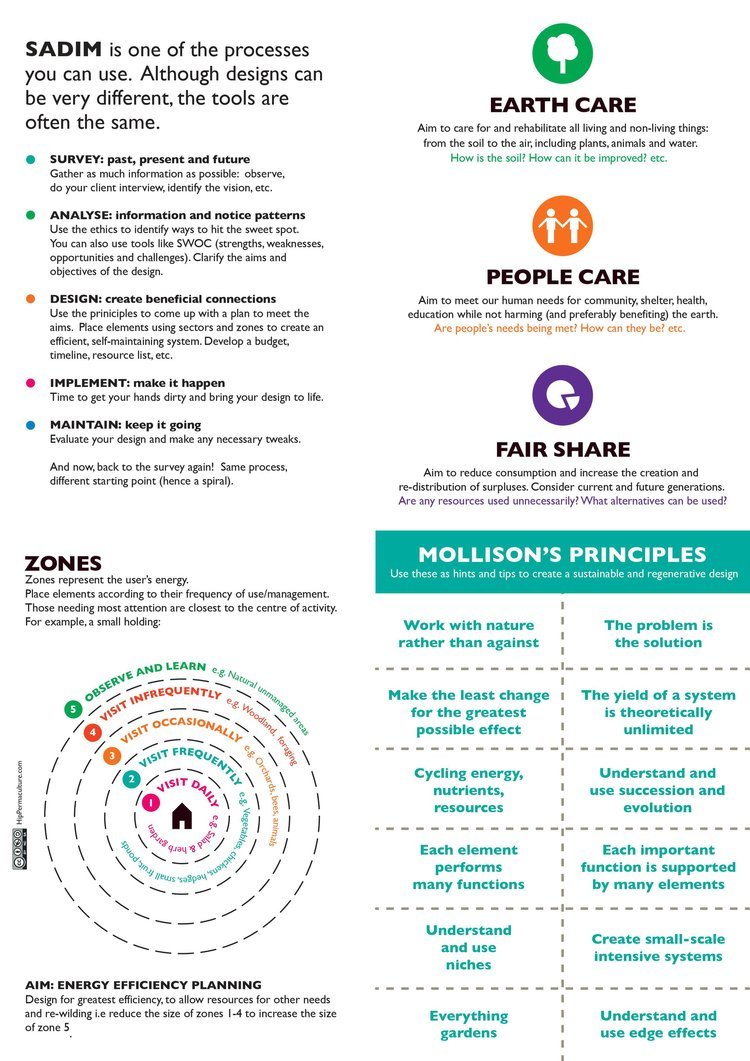
PDC Module 1 - The Ecology of Wellbeing
Welcome to Module 1 of the full Permaculture Design Course. This is the introduction to permaculture course and the prerequisite for the next 6 modules. What you’ll find on this page is:
Your course content and schedule
Documents you will need during the live sessions
Additional learning resources
Your assignments and course work
The quiz to test your learning and a feedback form
Enjoy your learning journey.
Course content
Course slides
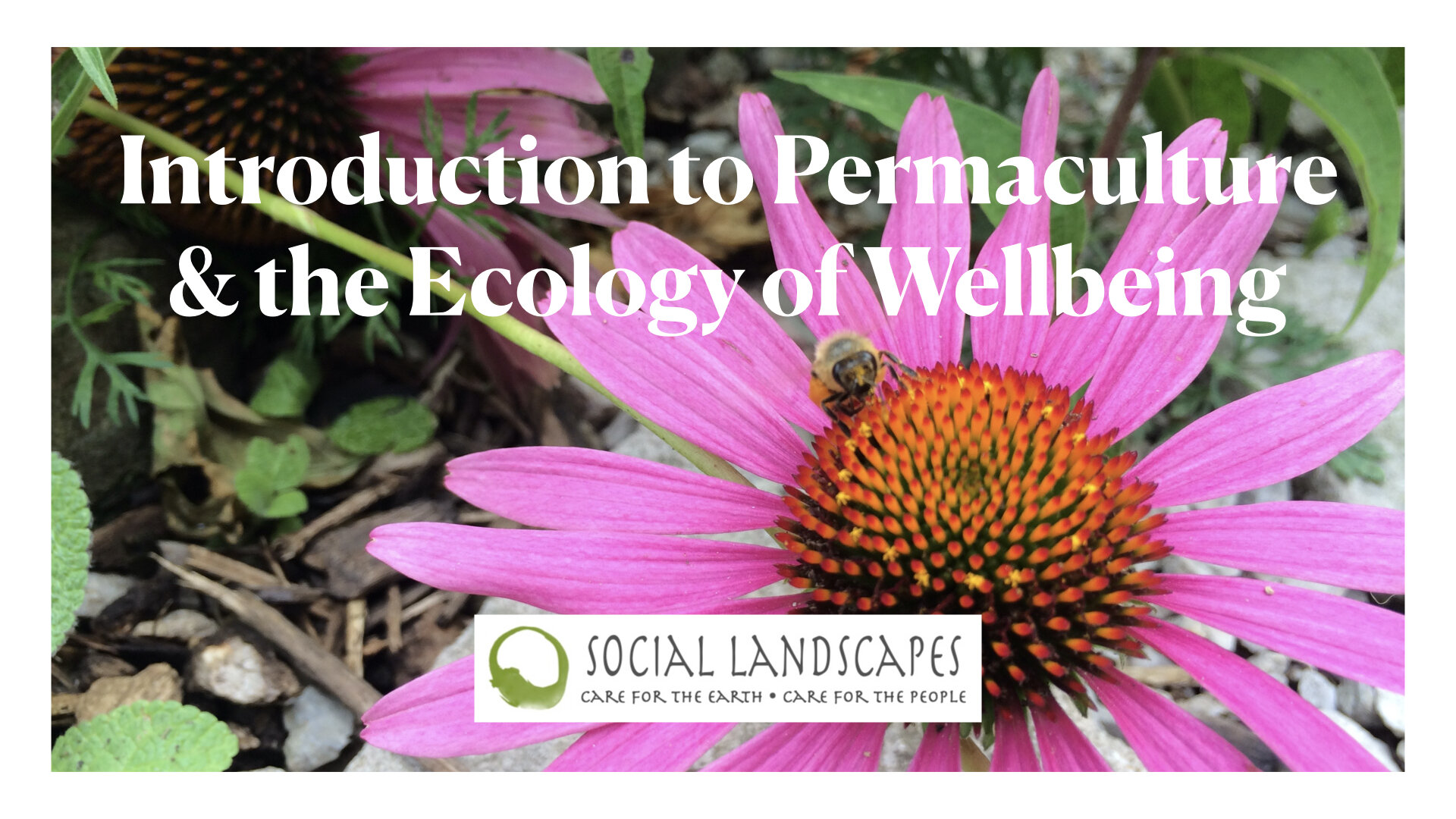
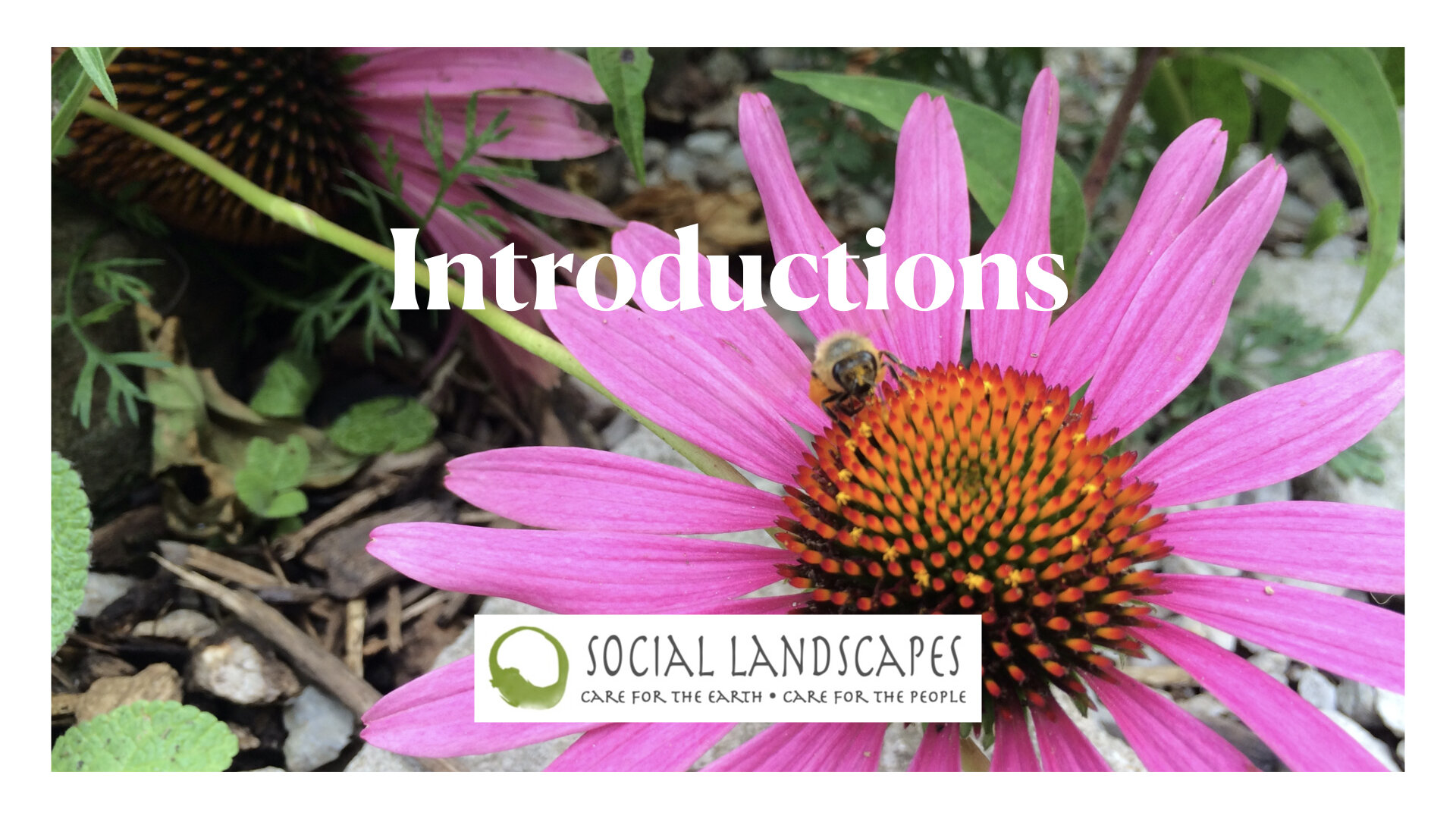
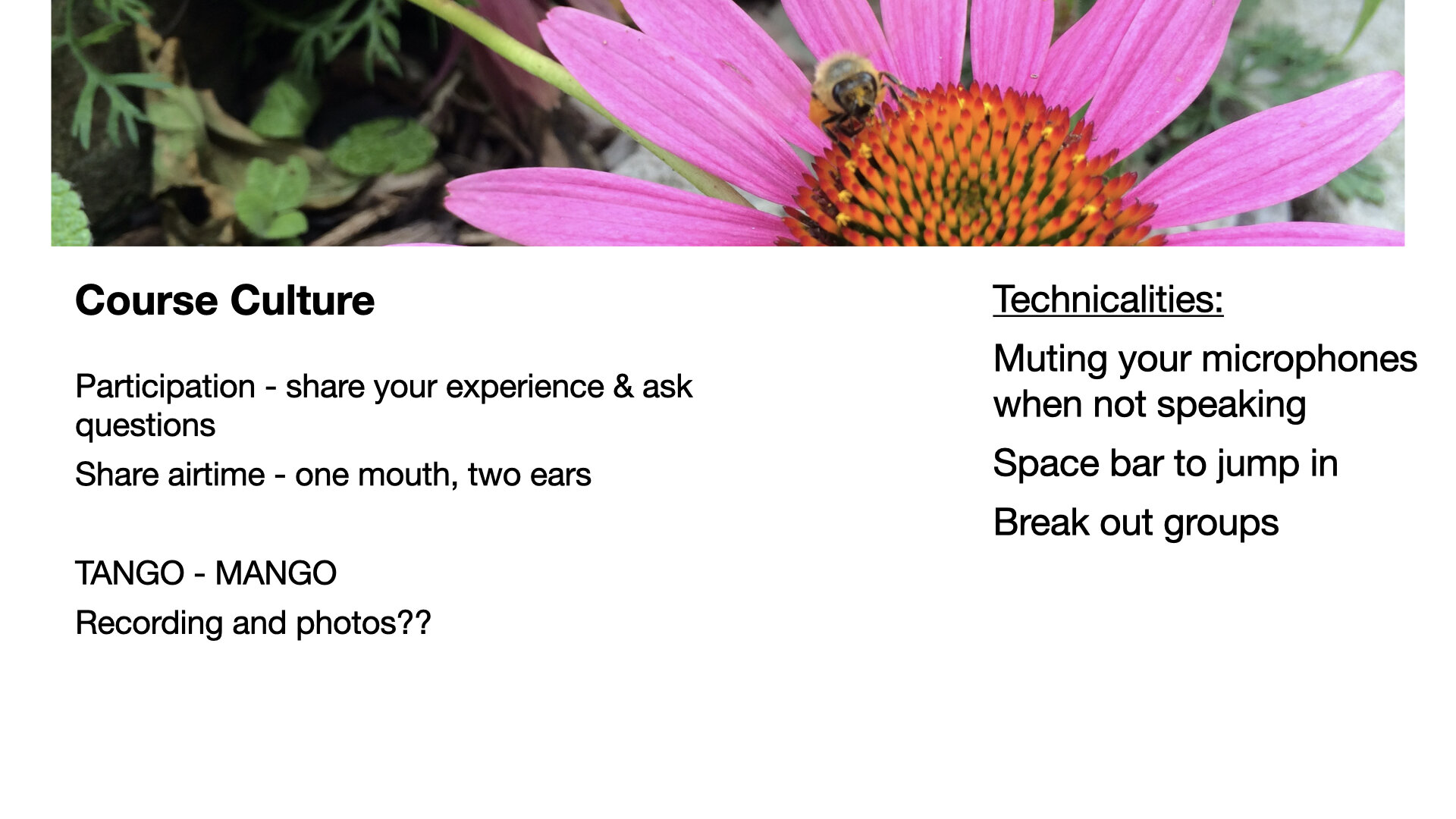


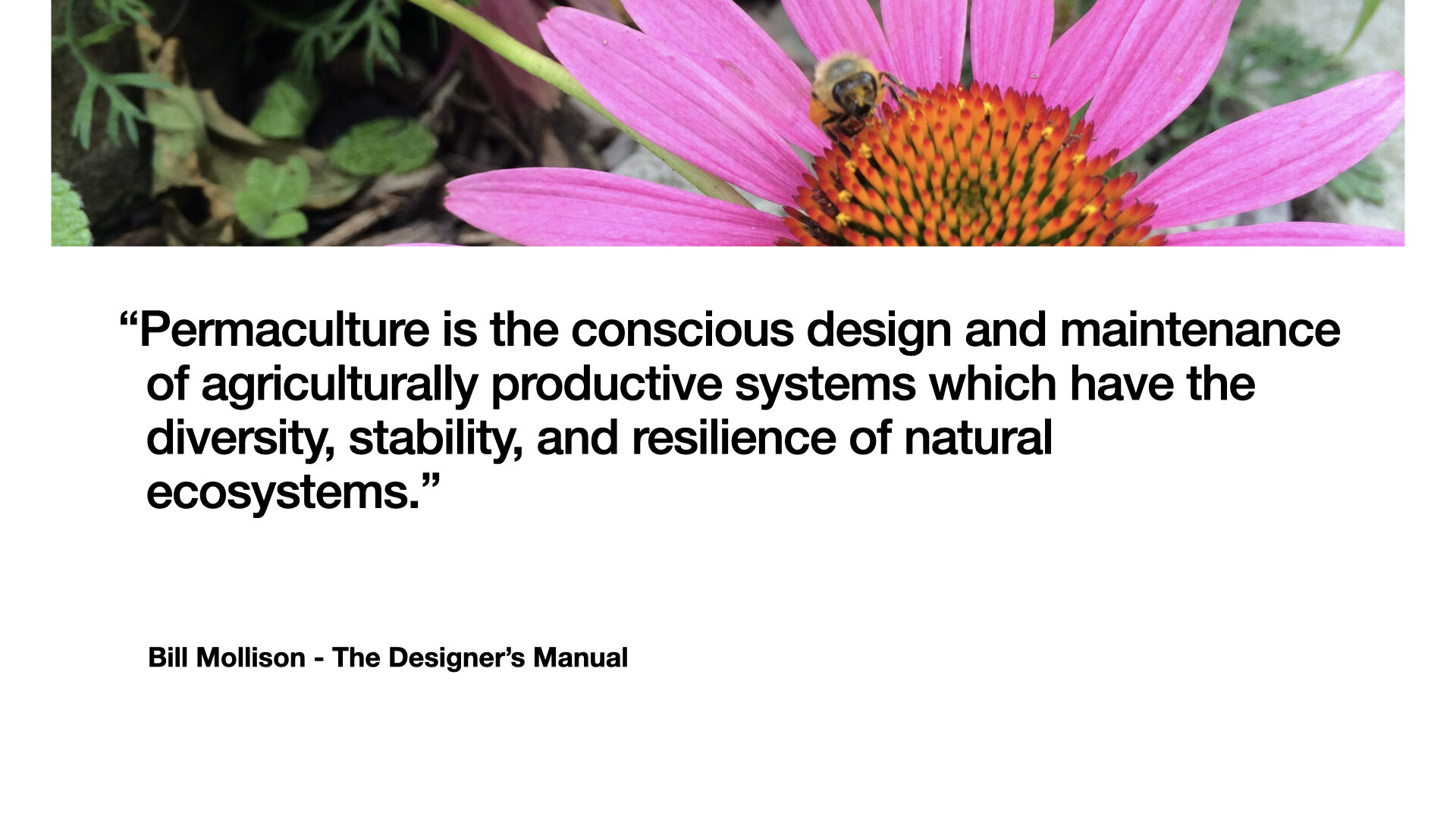
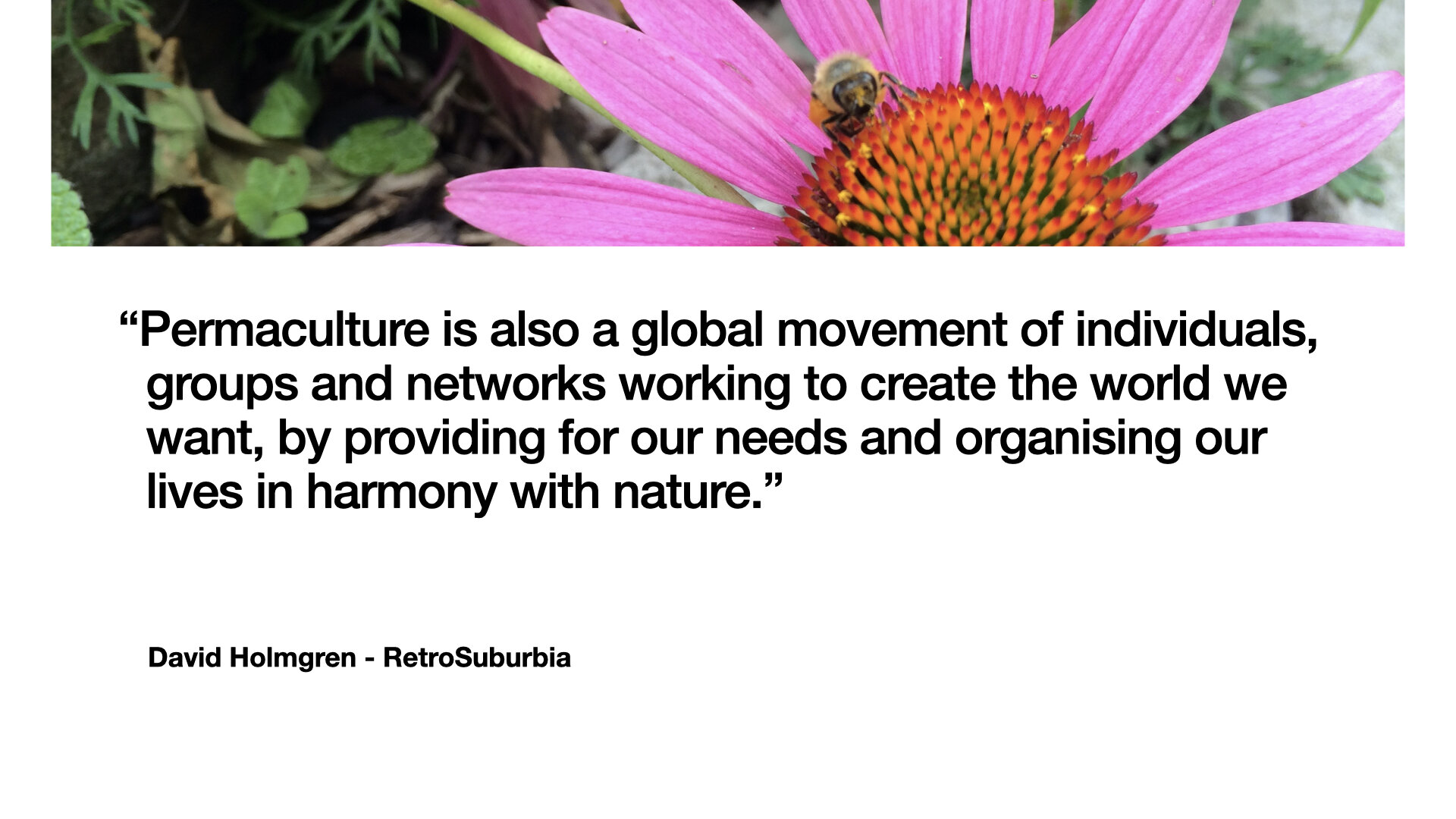
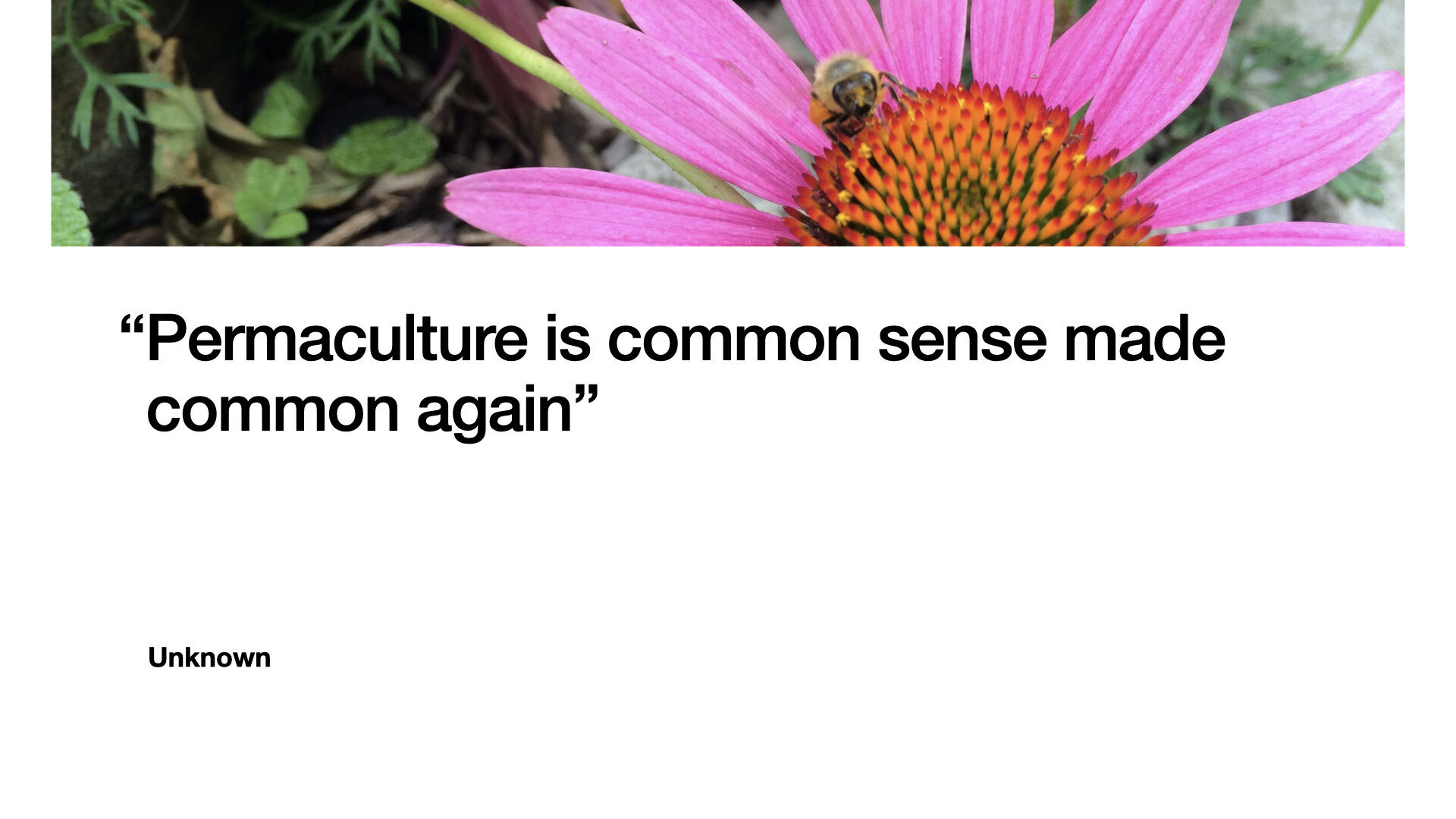

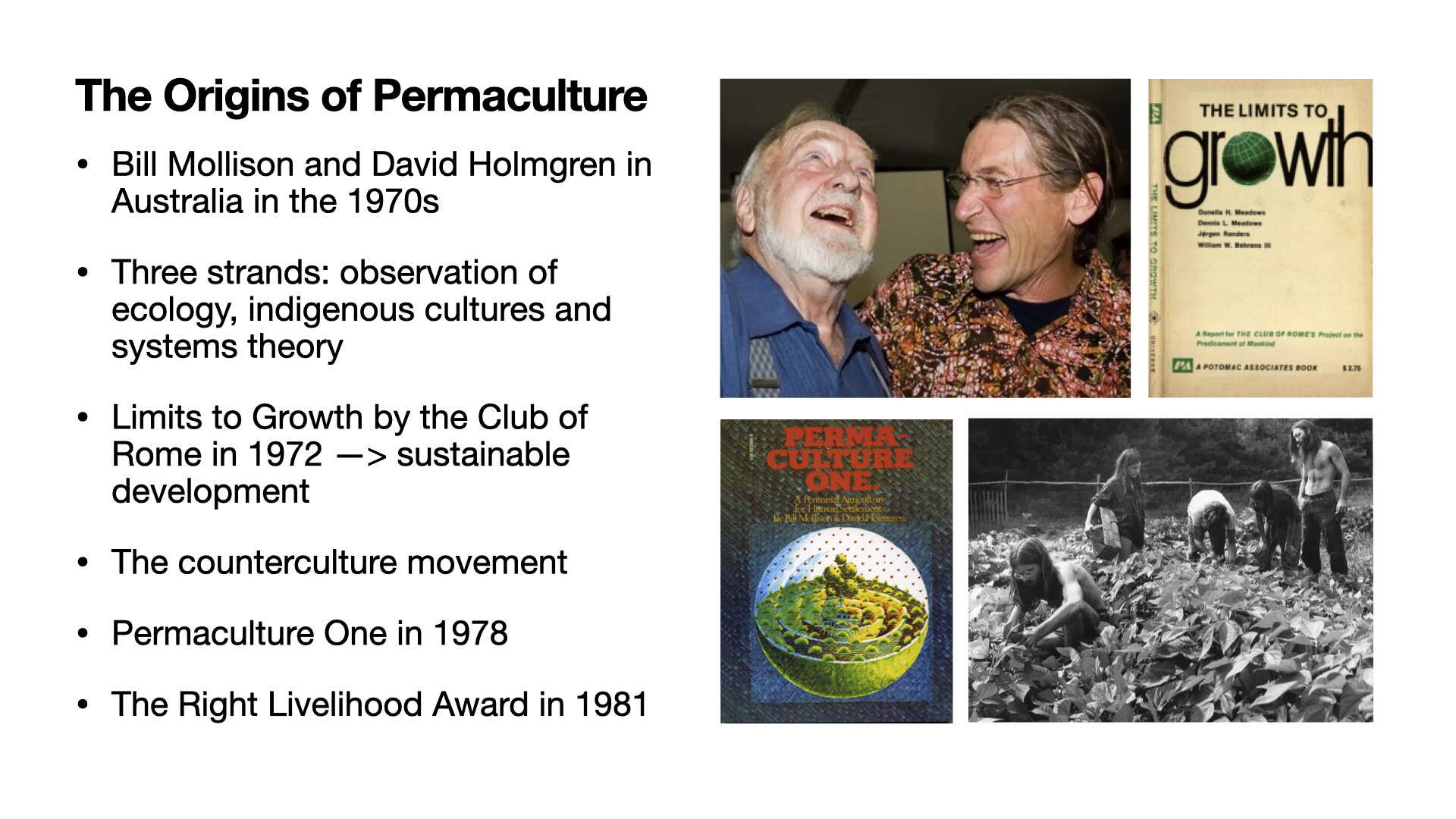


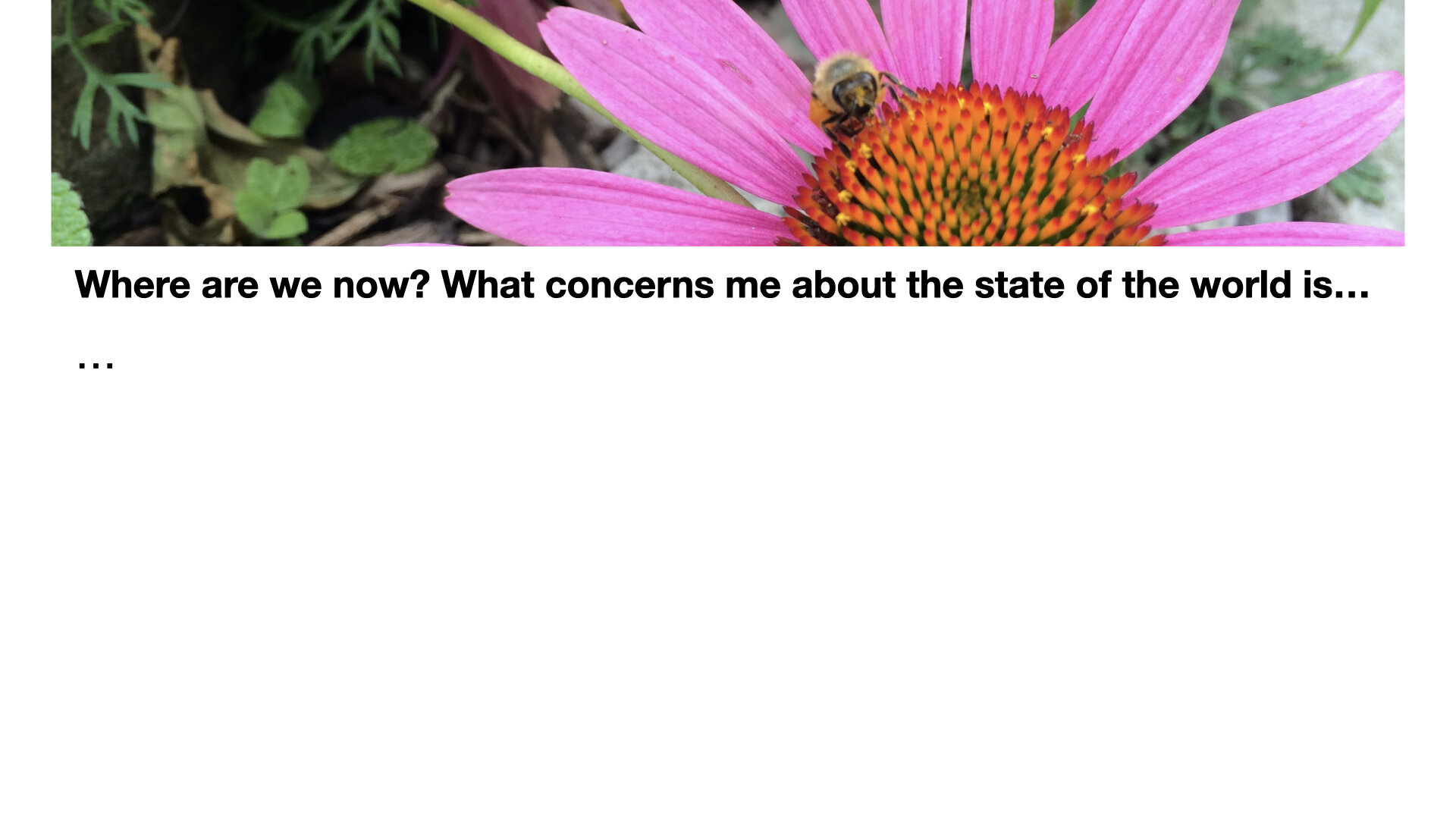



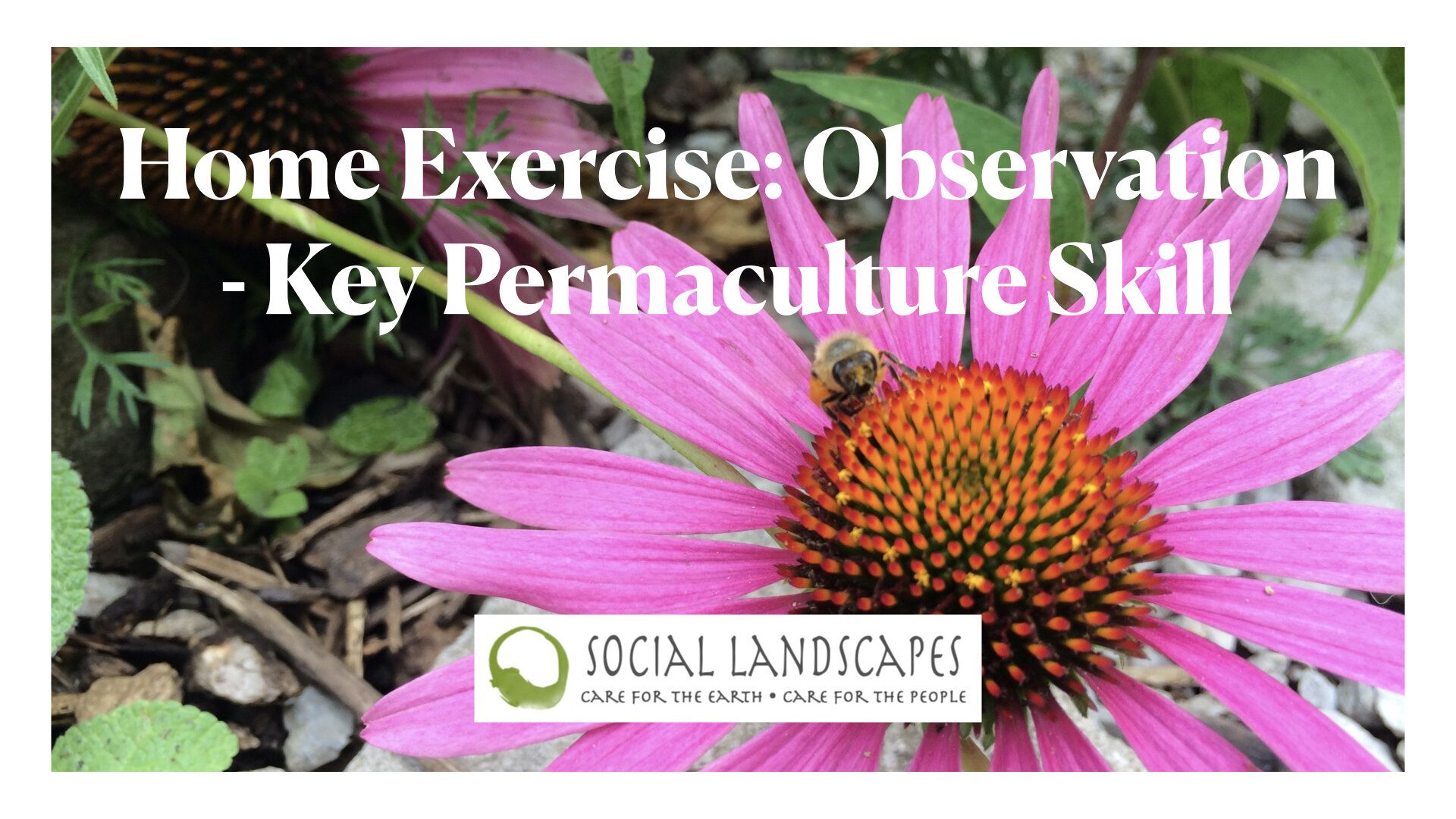
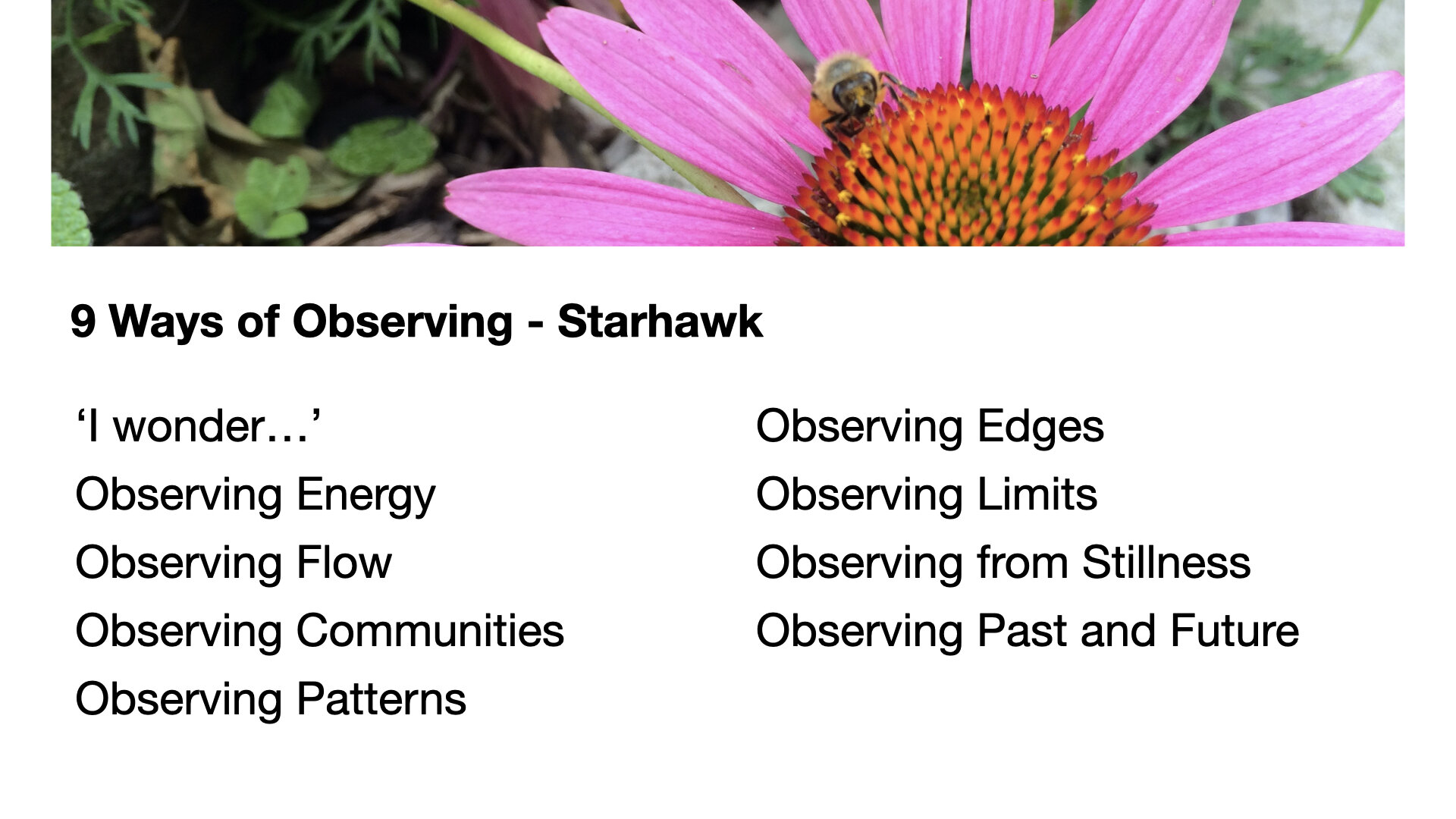

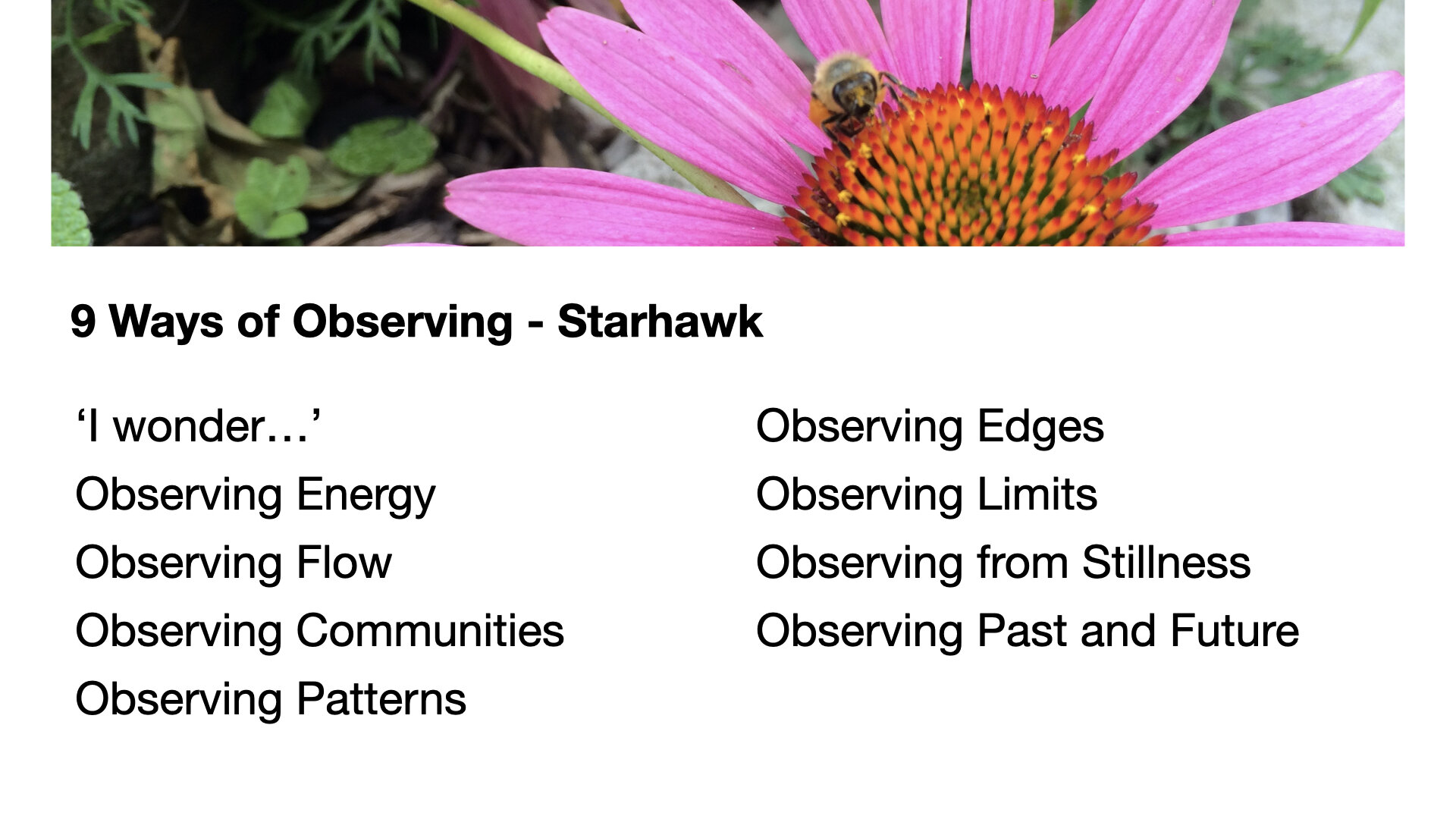
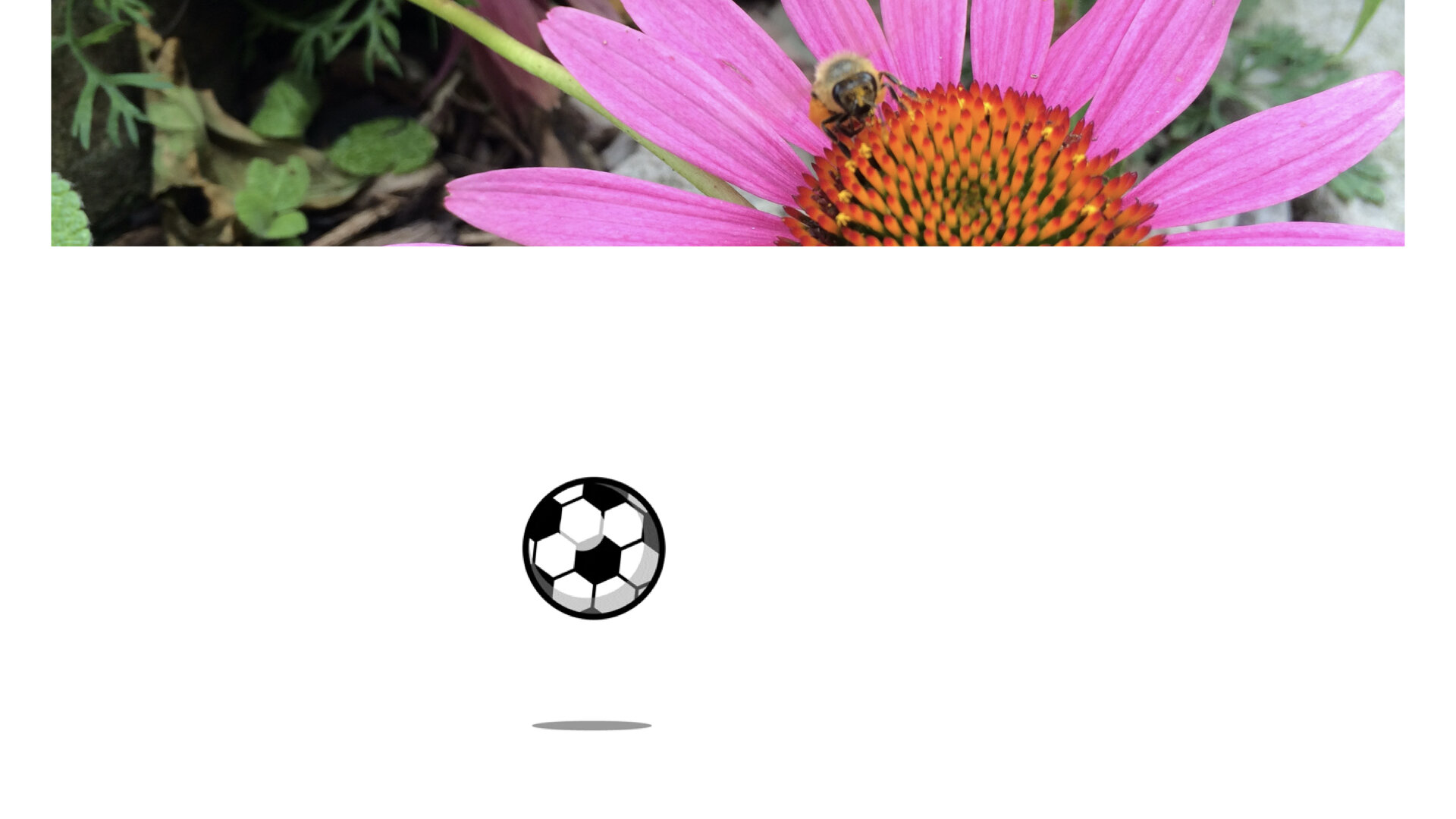
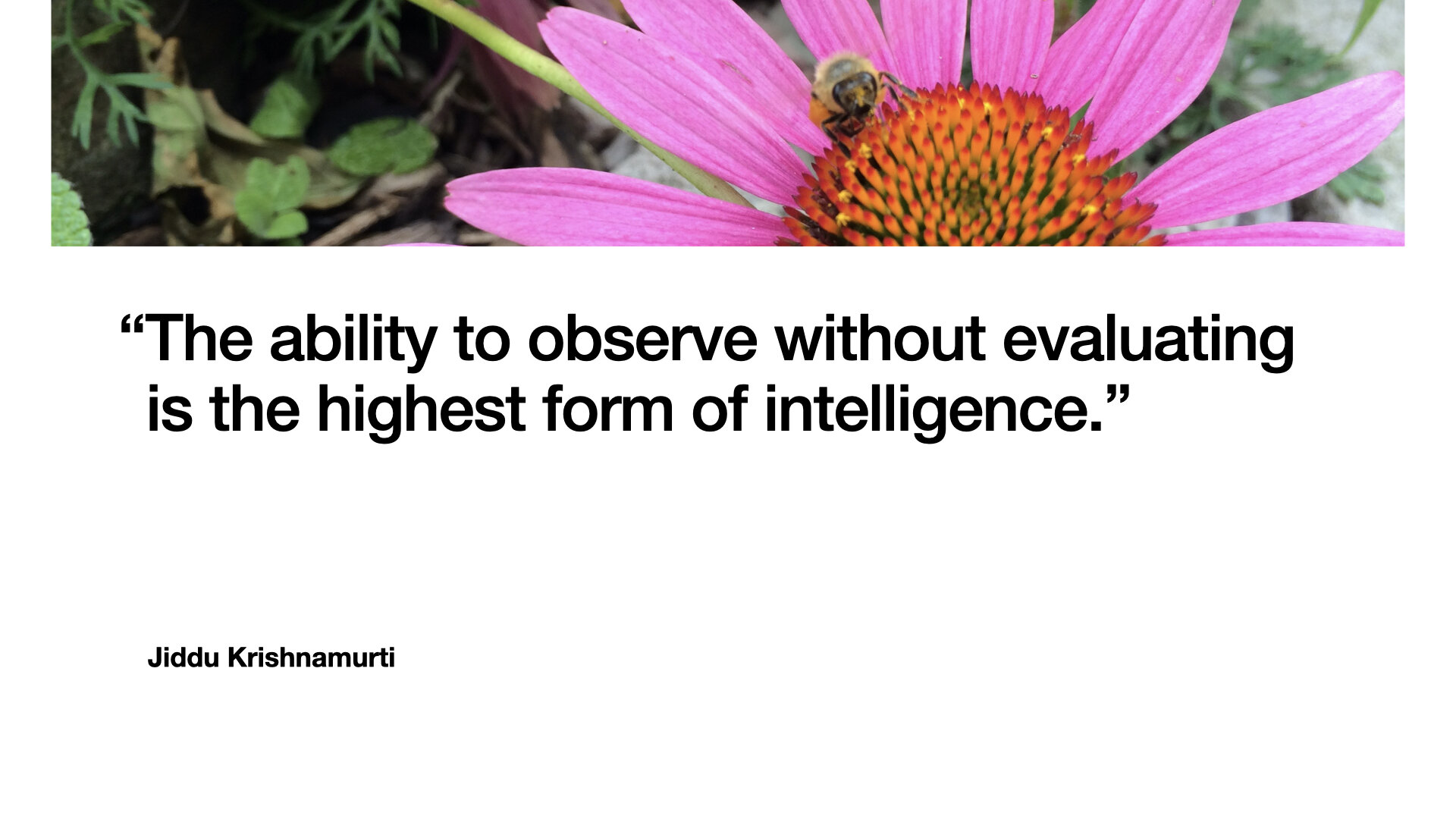
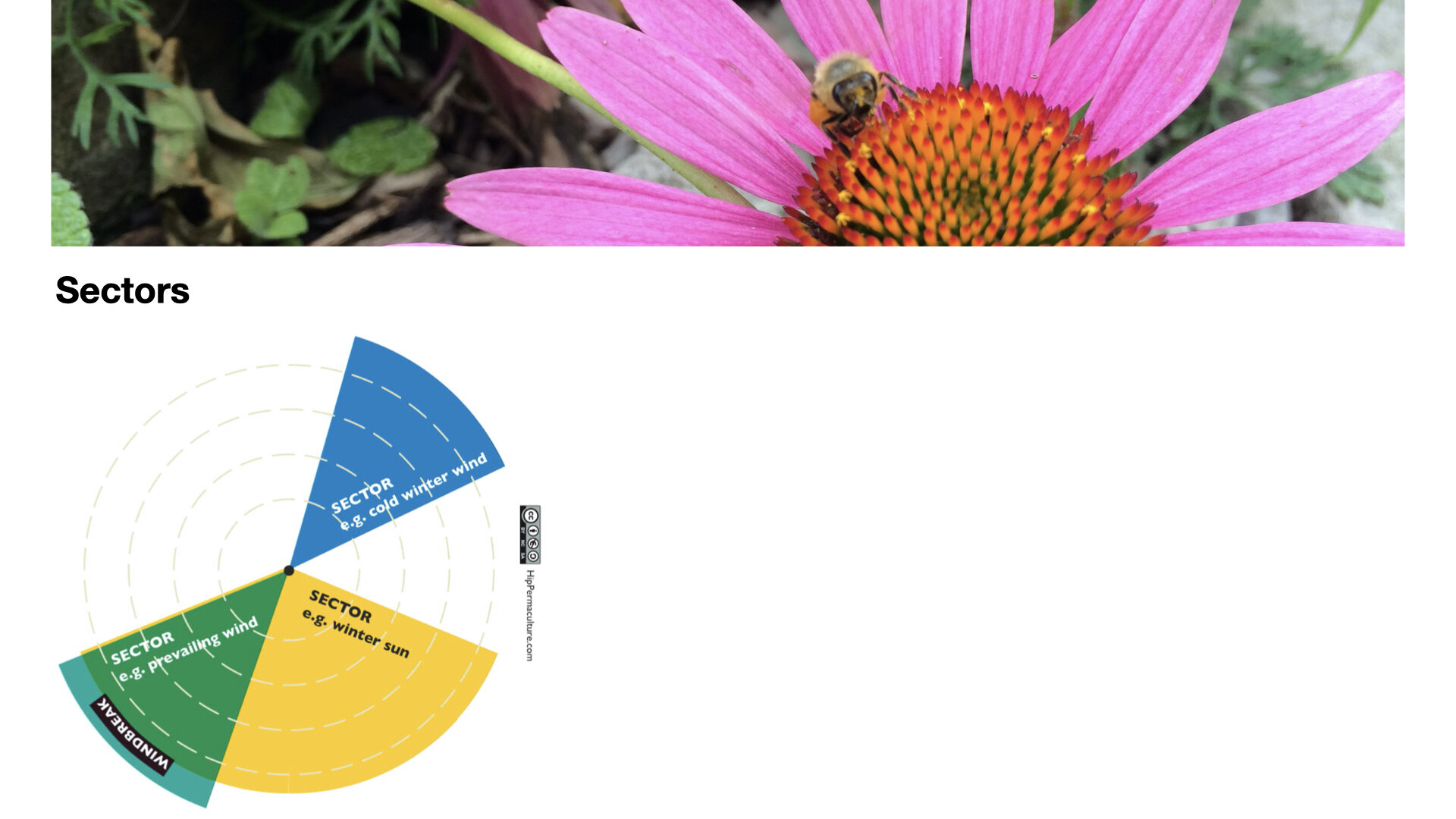


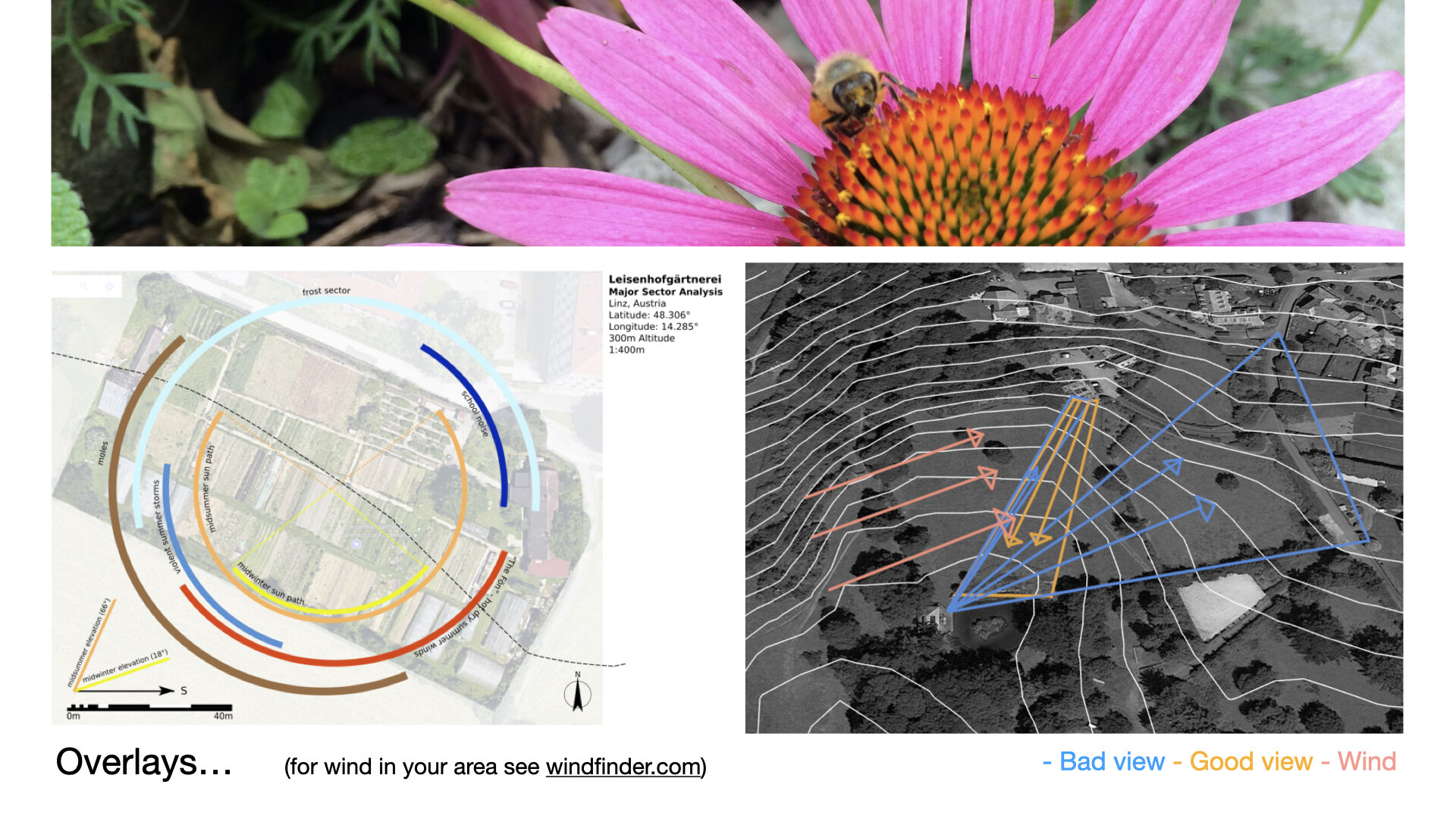
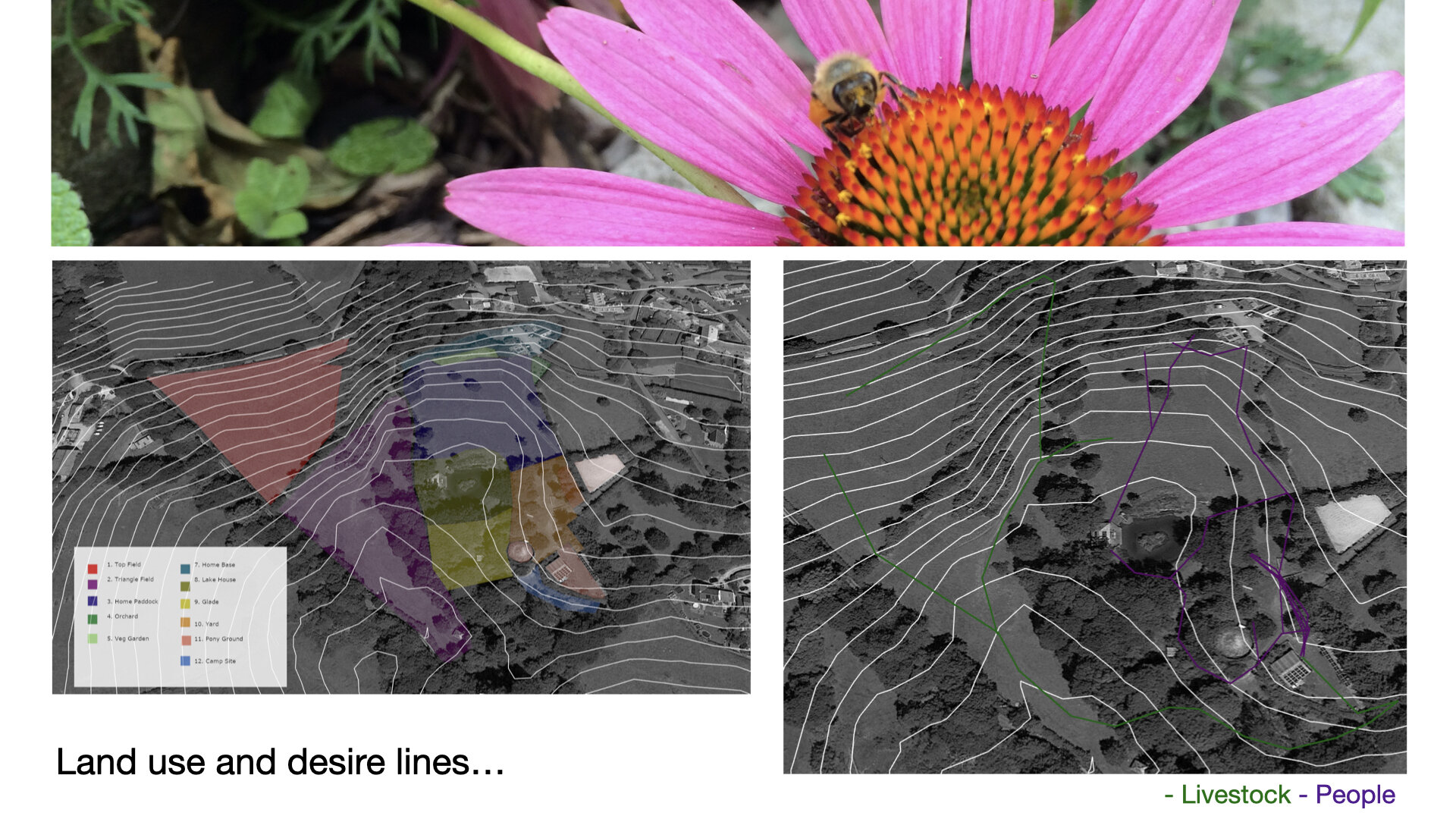
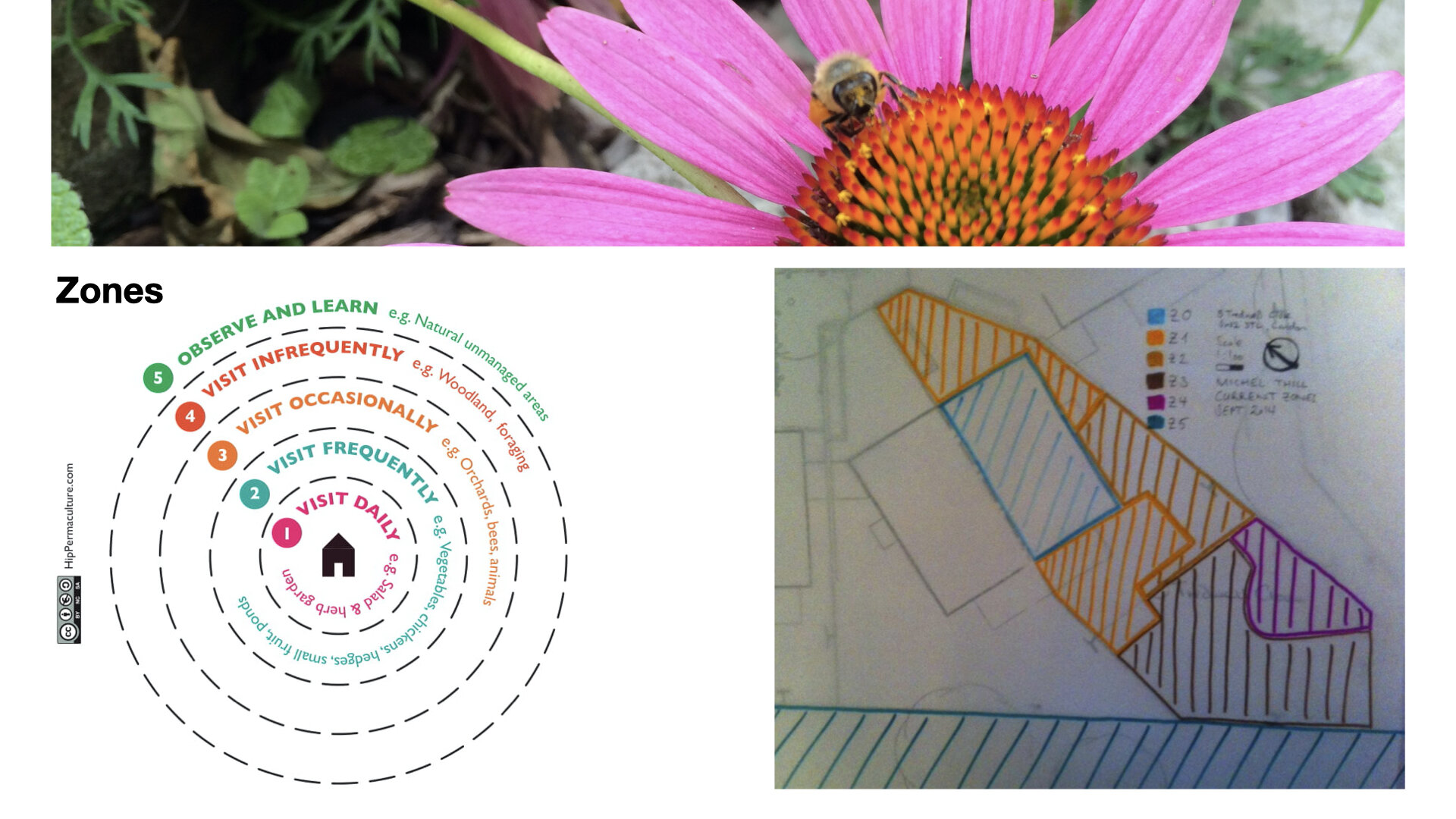
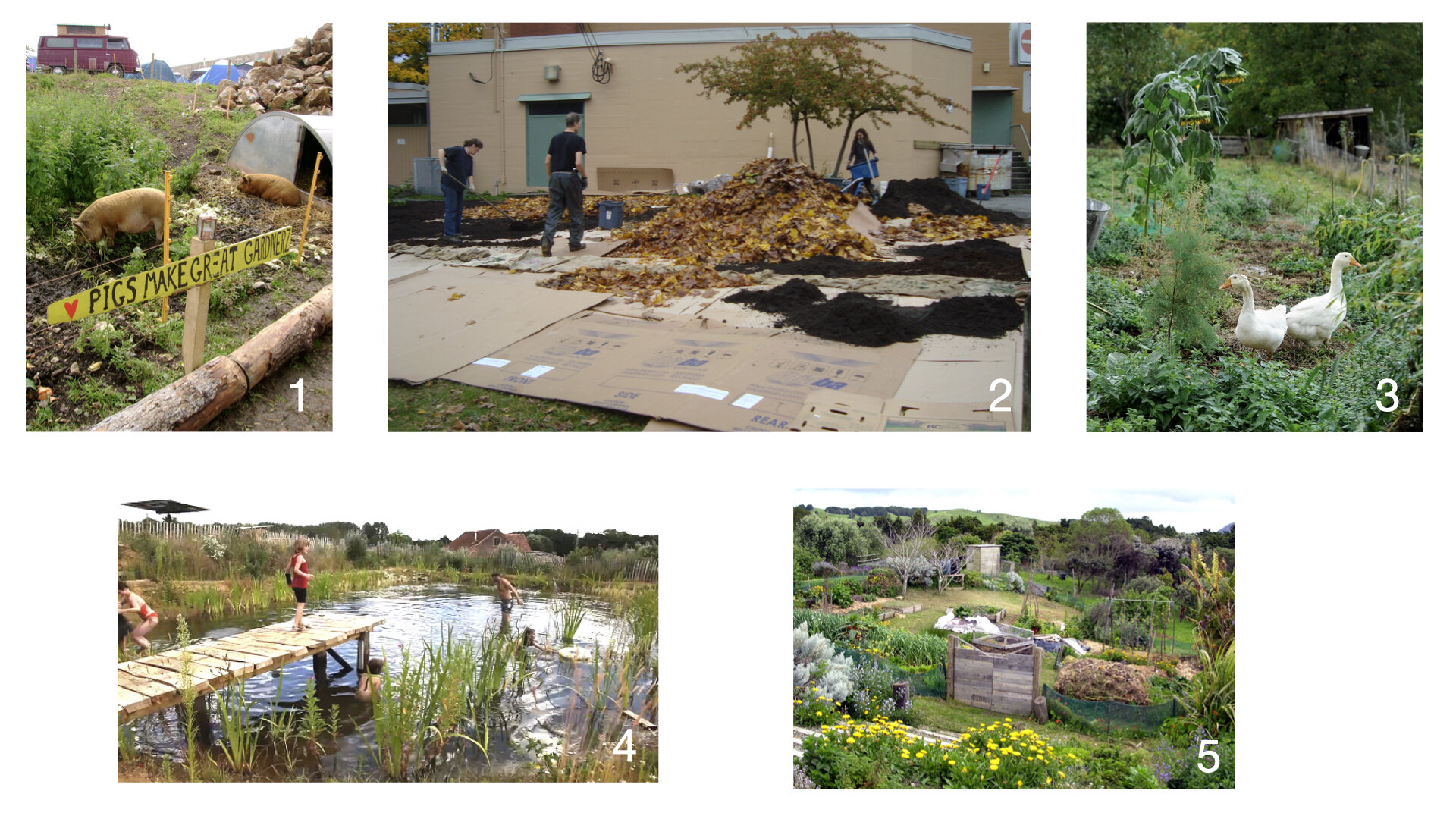


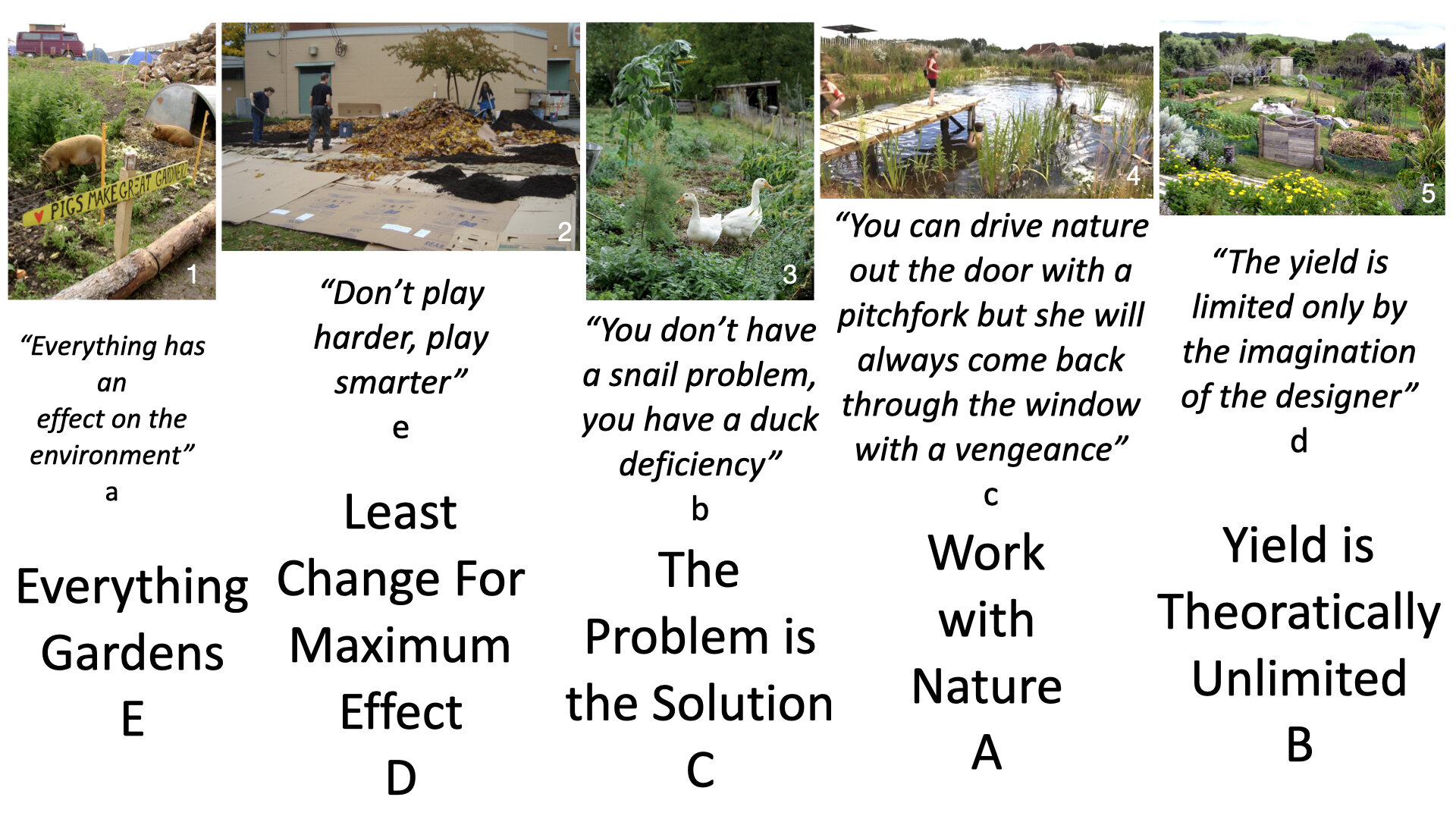
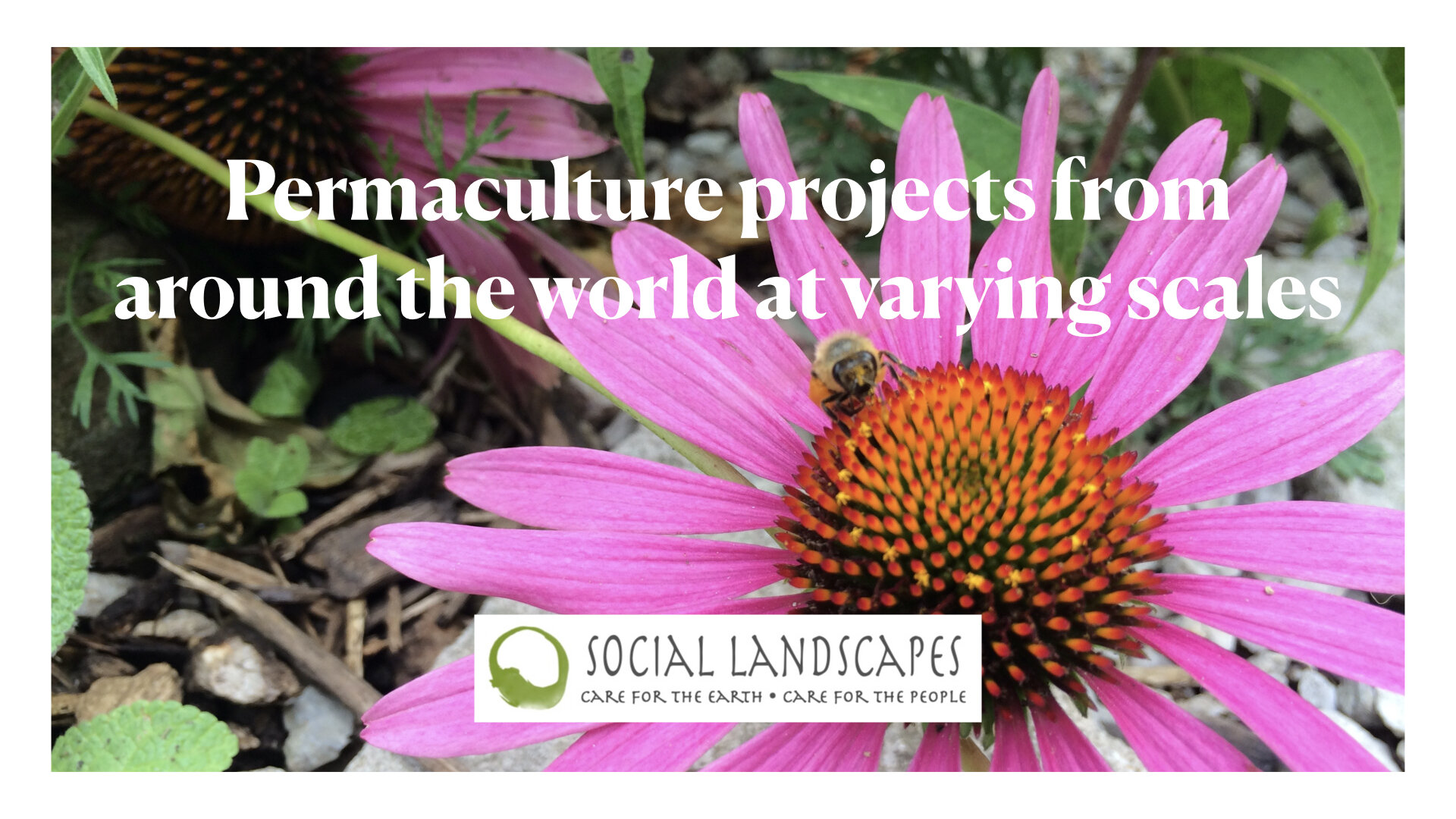
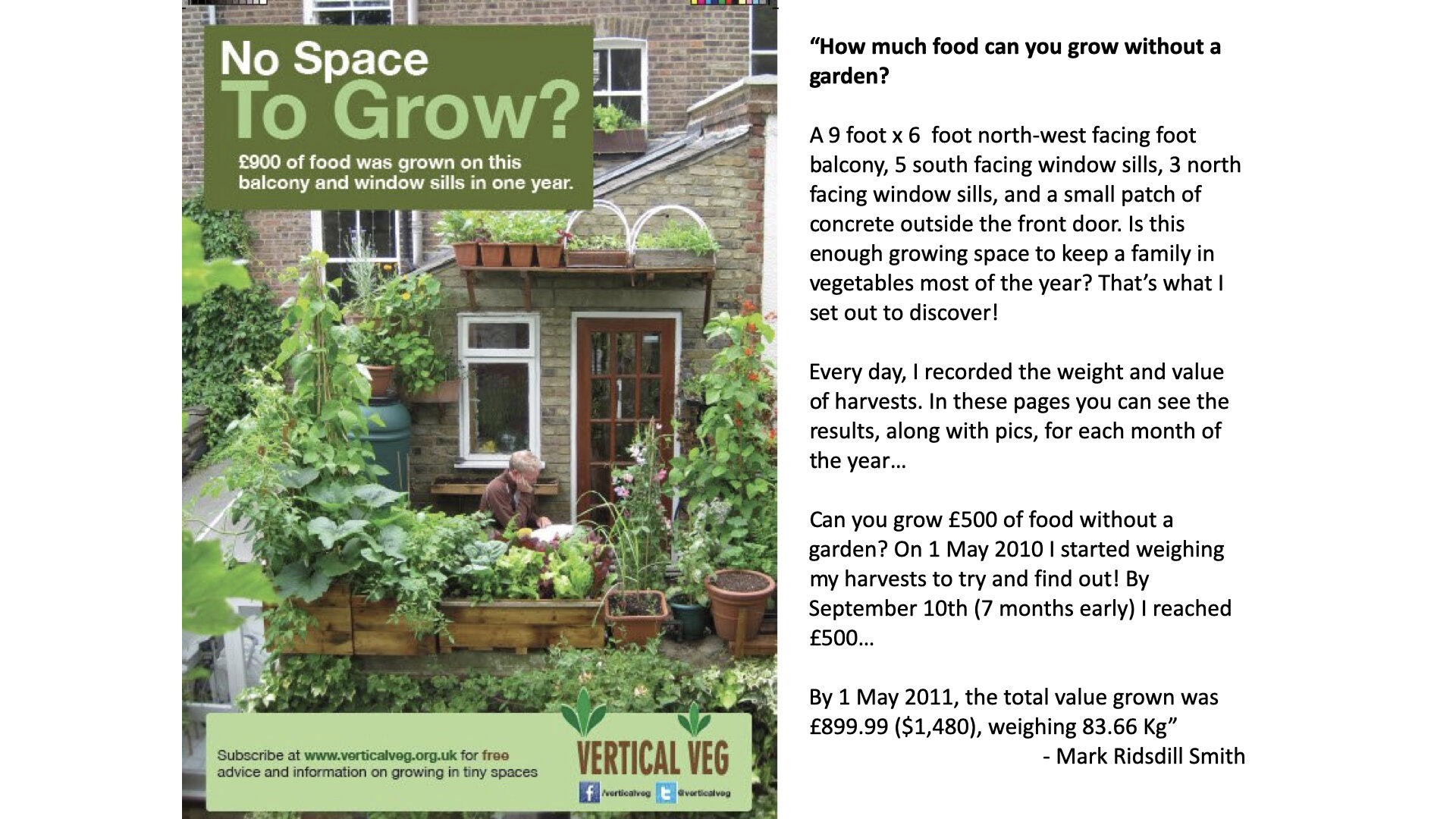
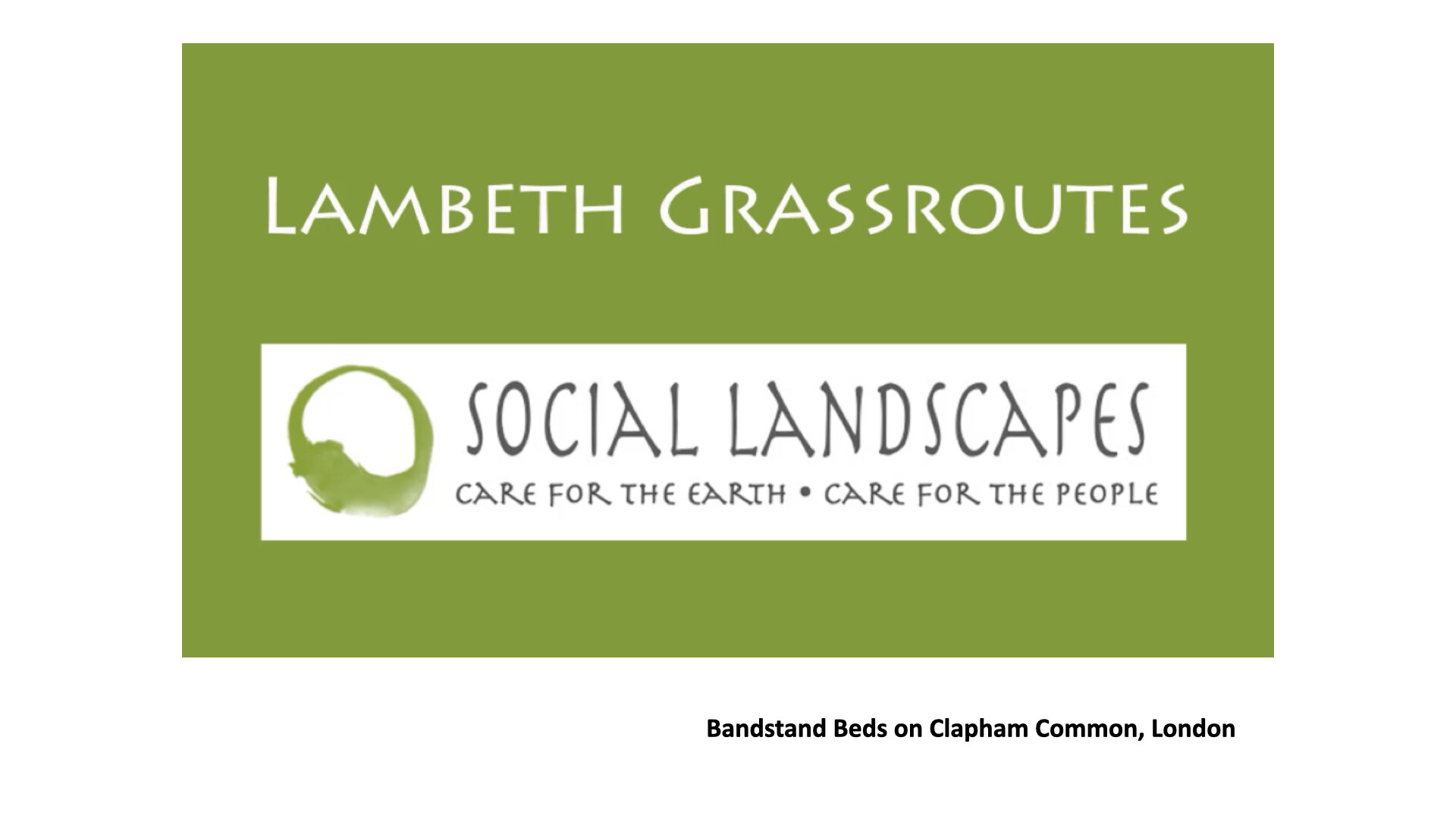

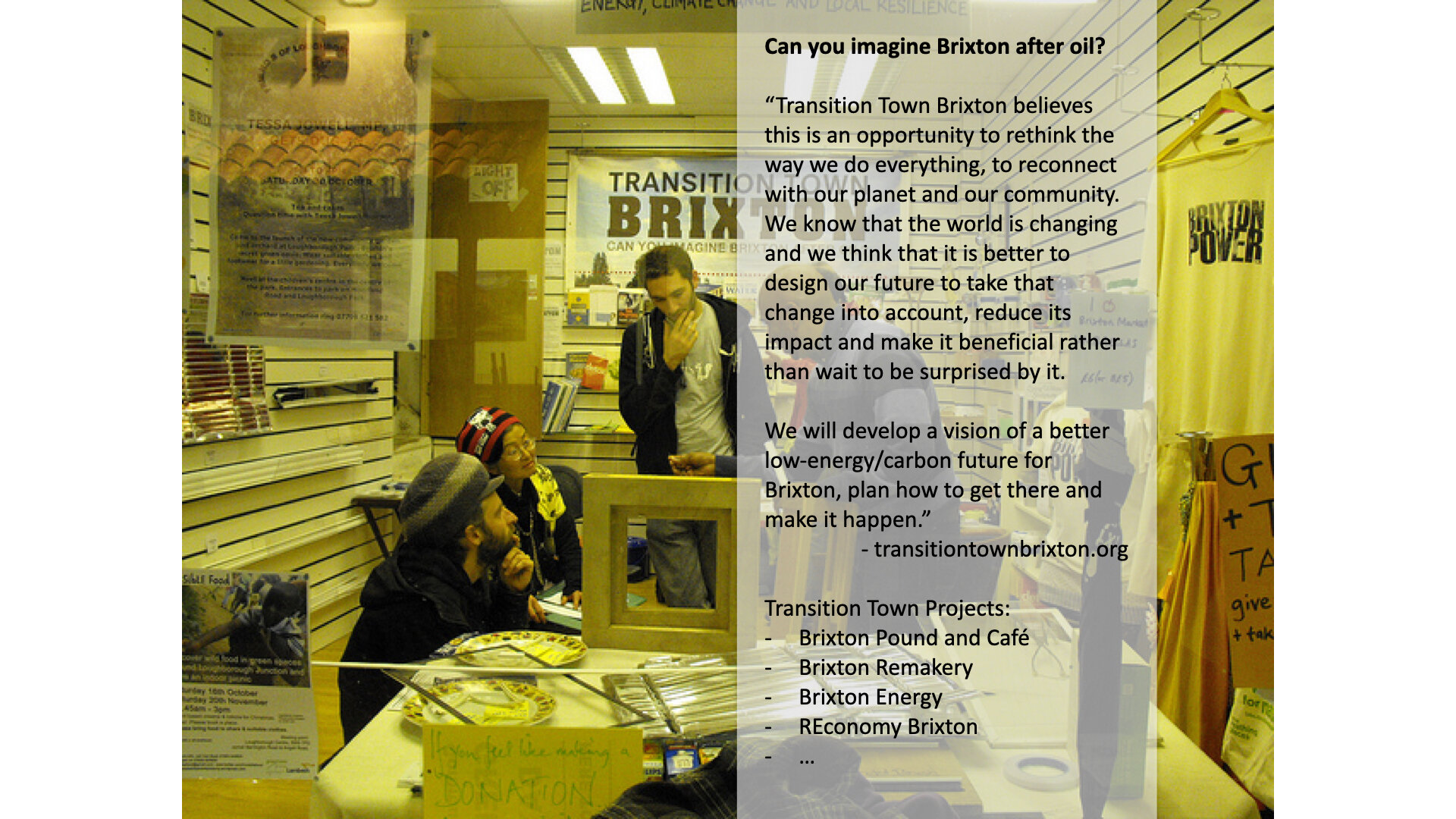
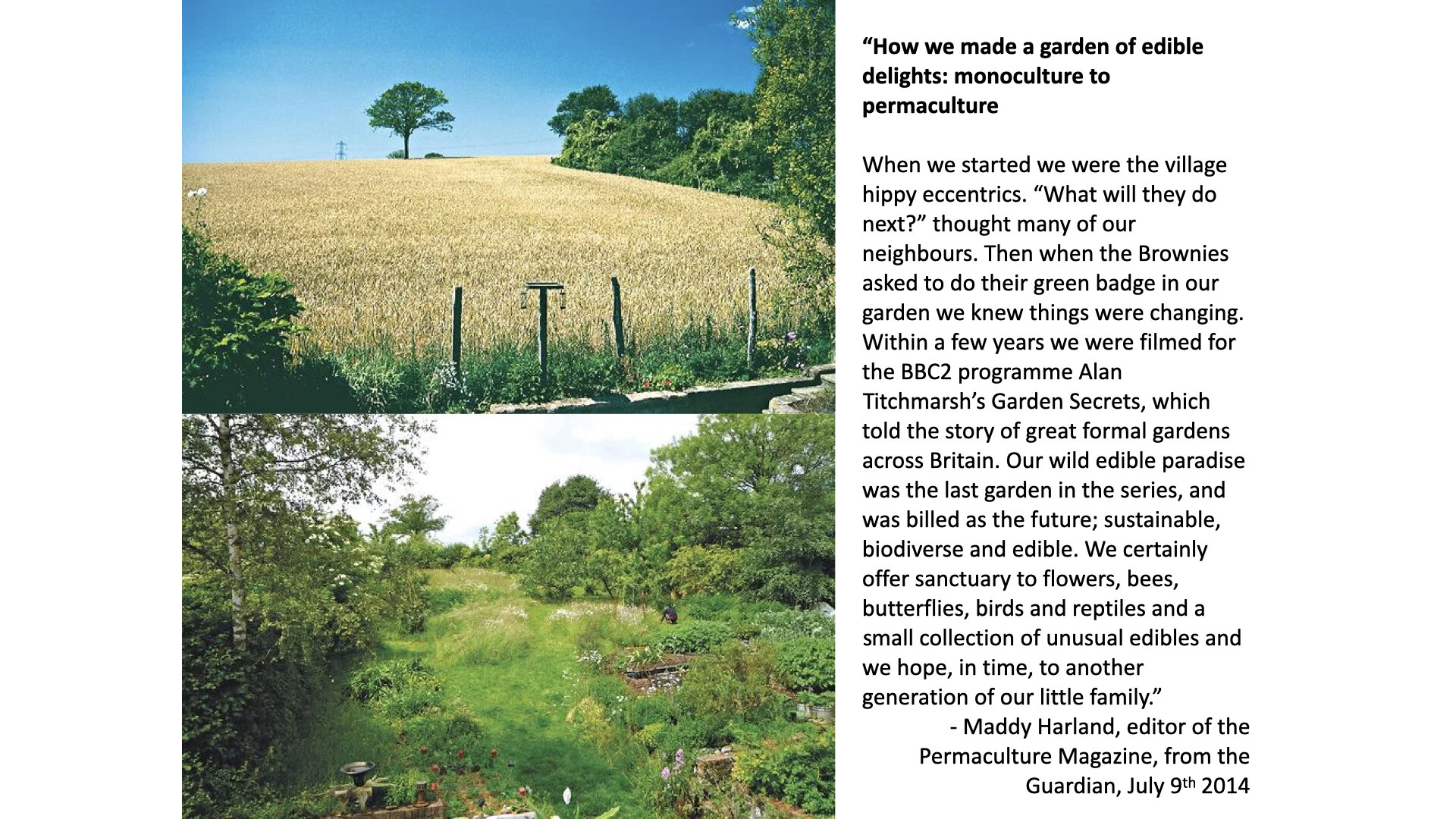
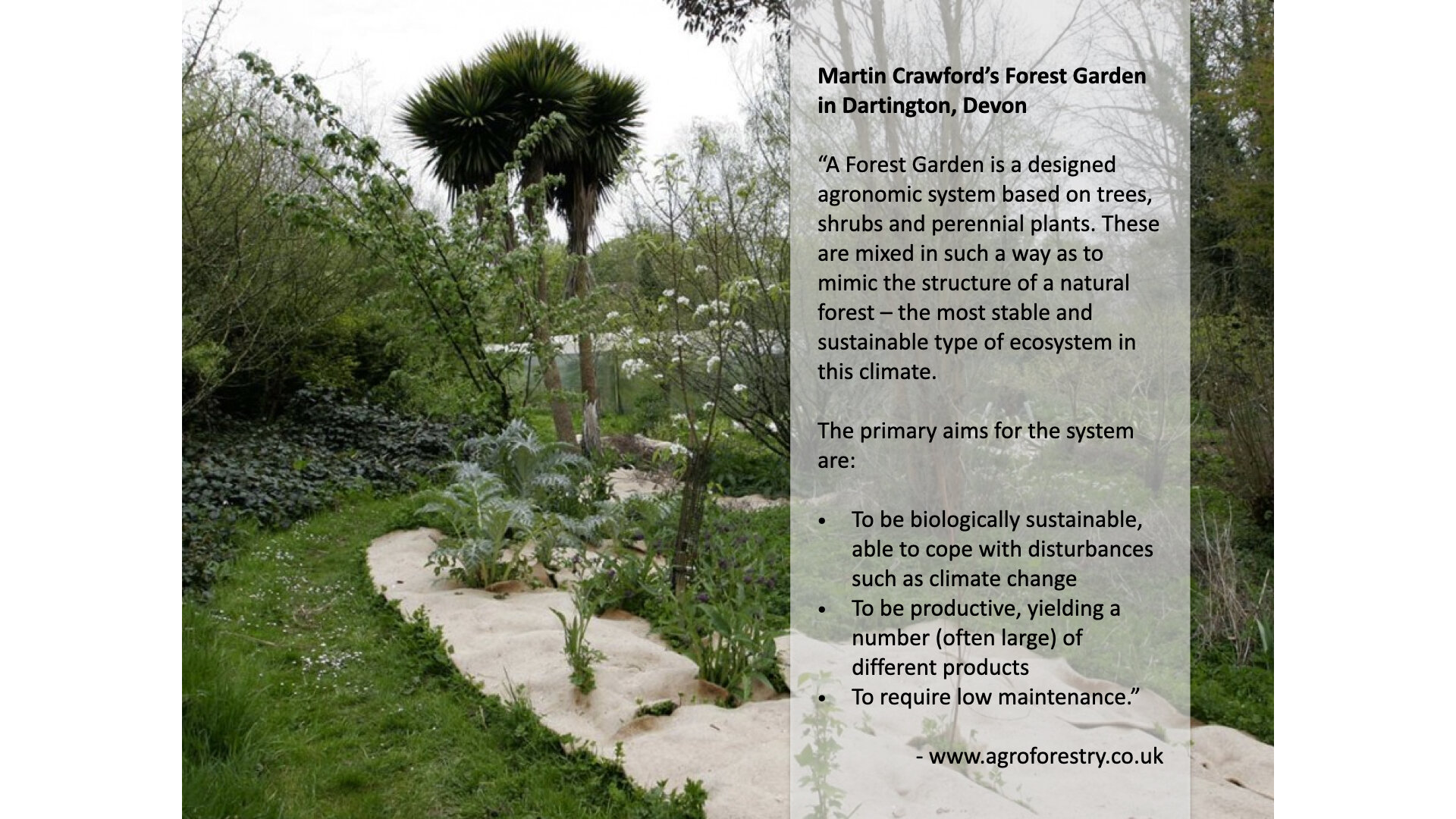
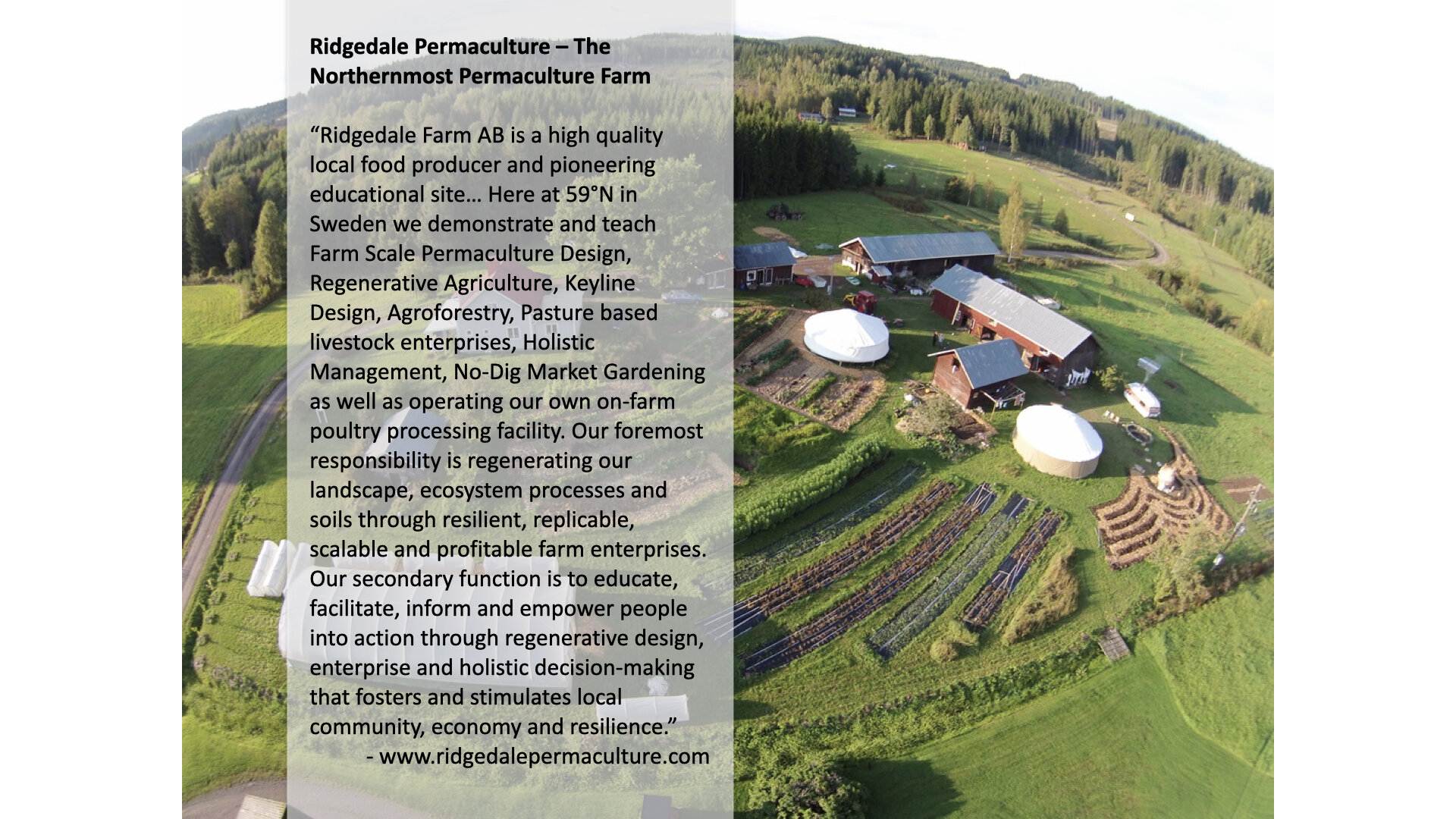

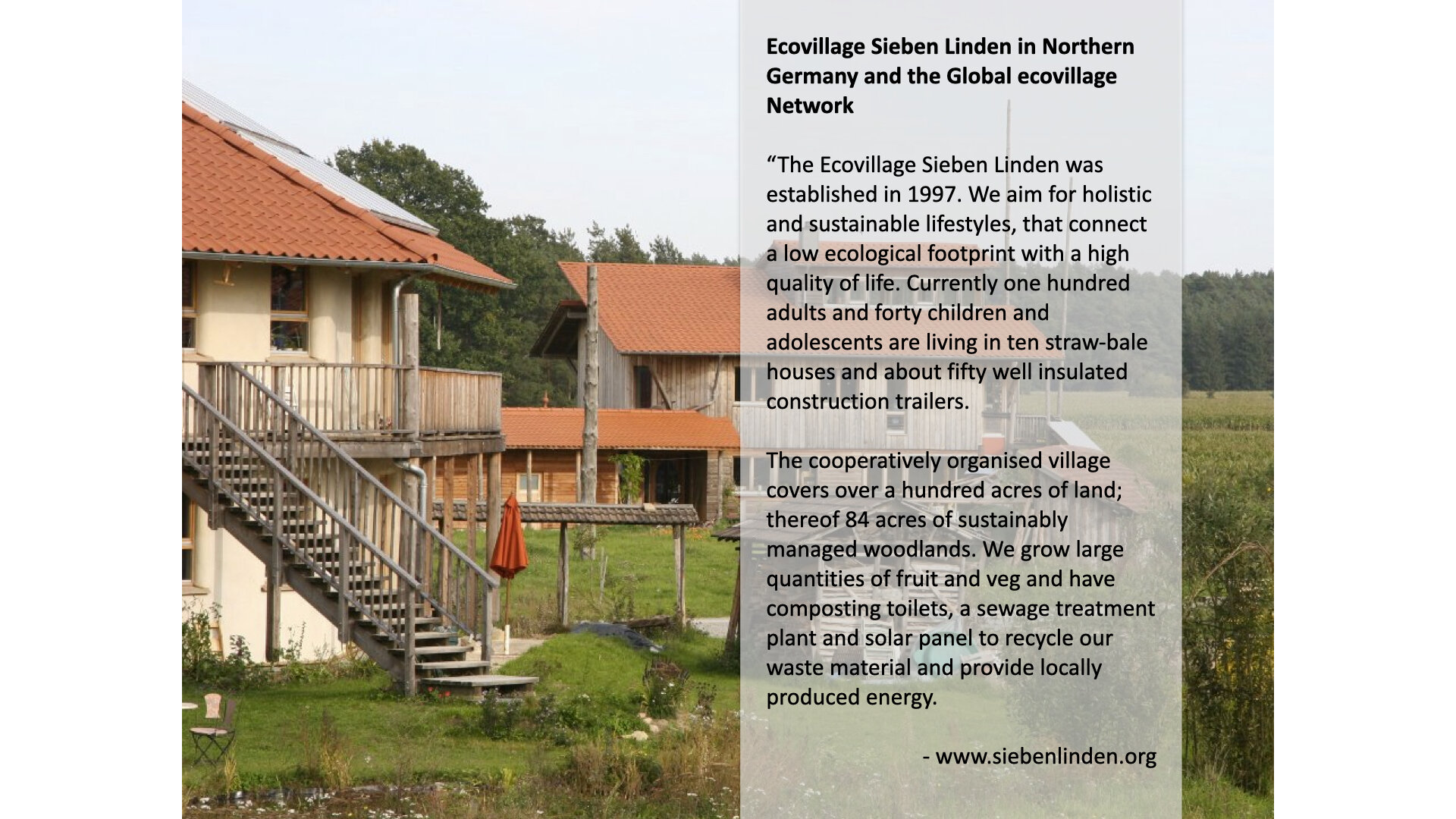
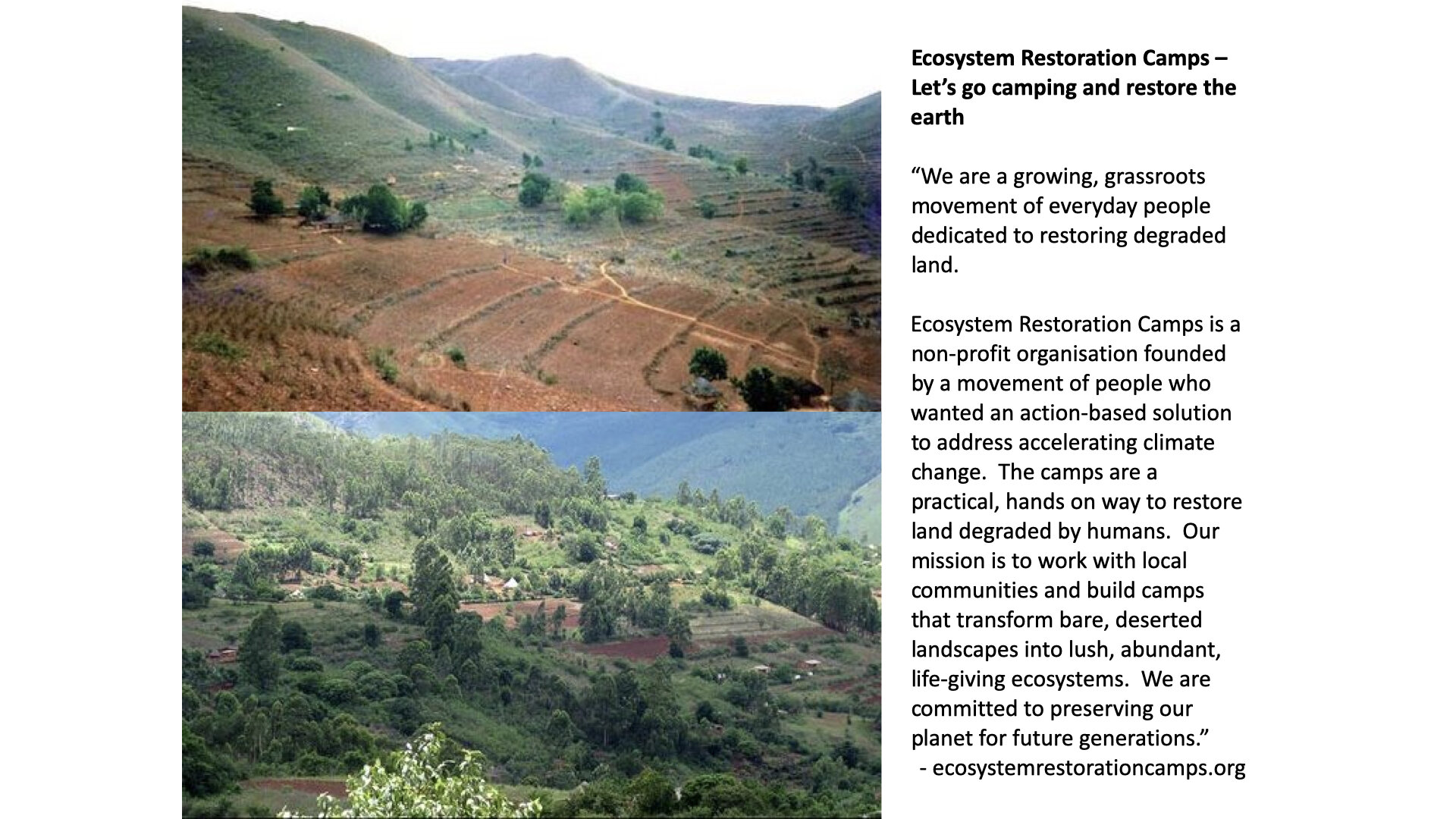
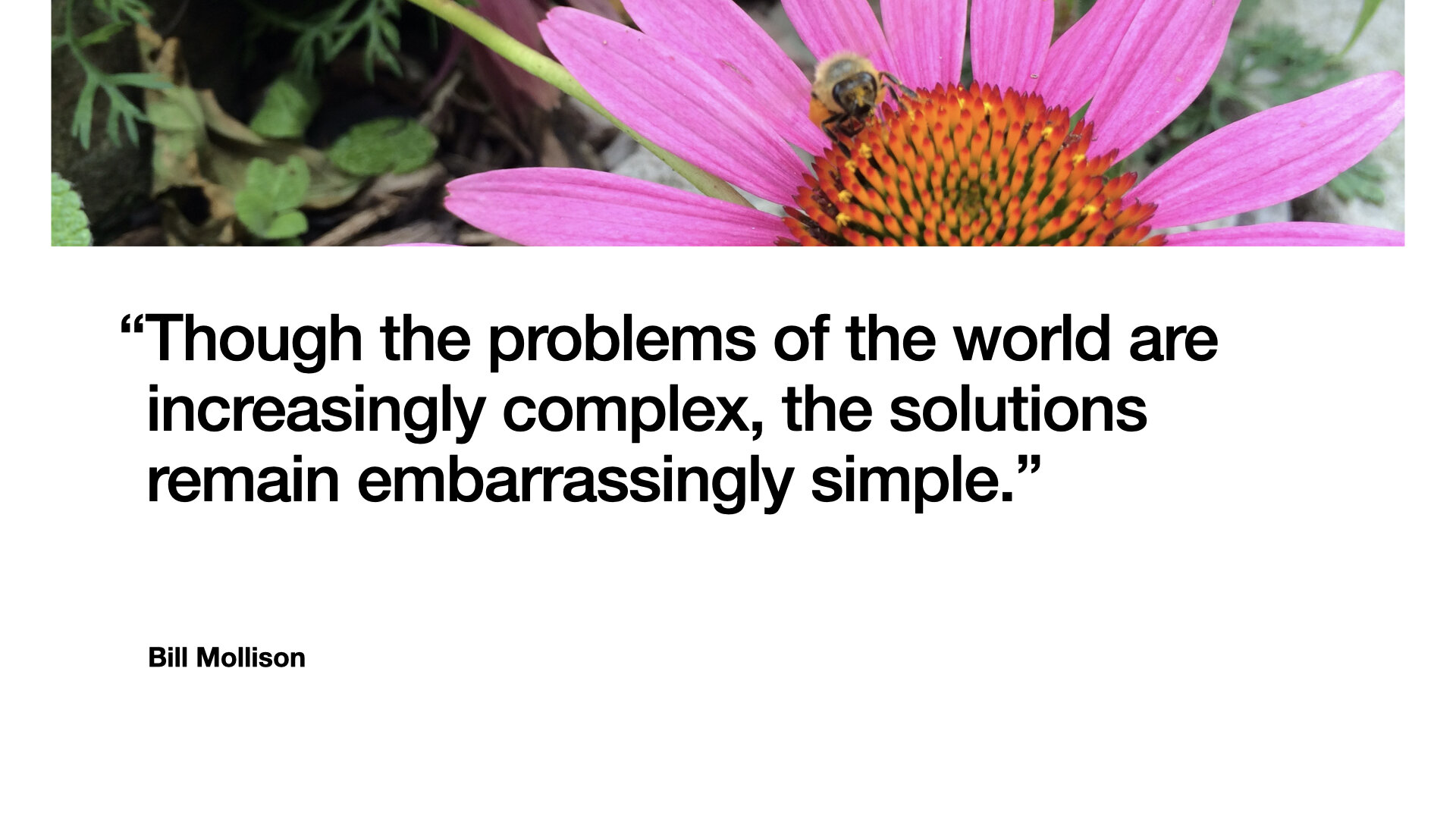

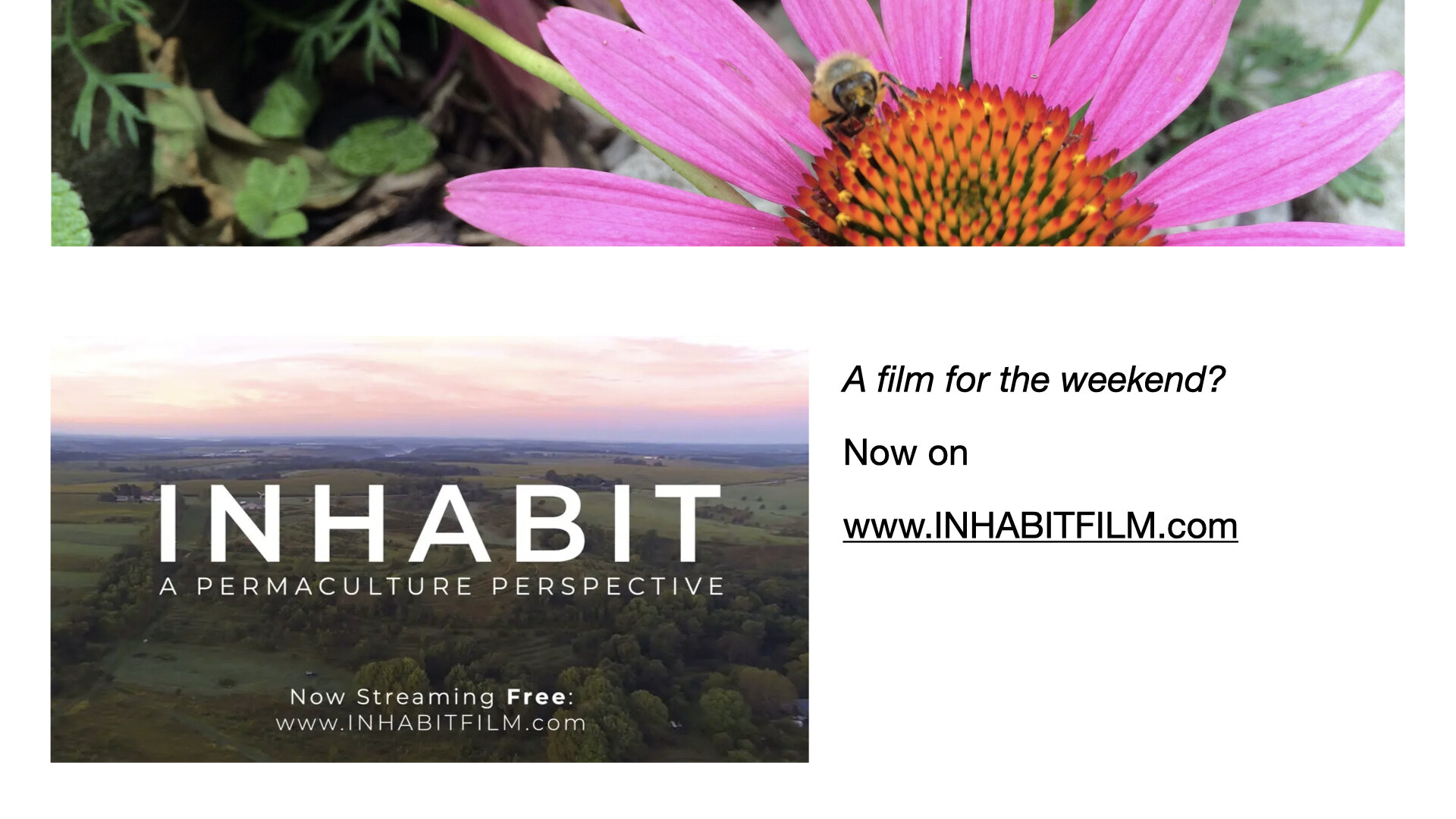
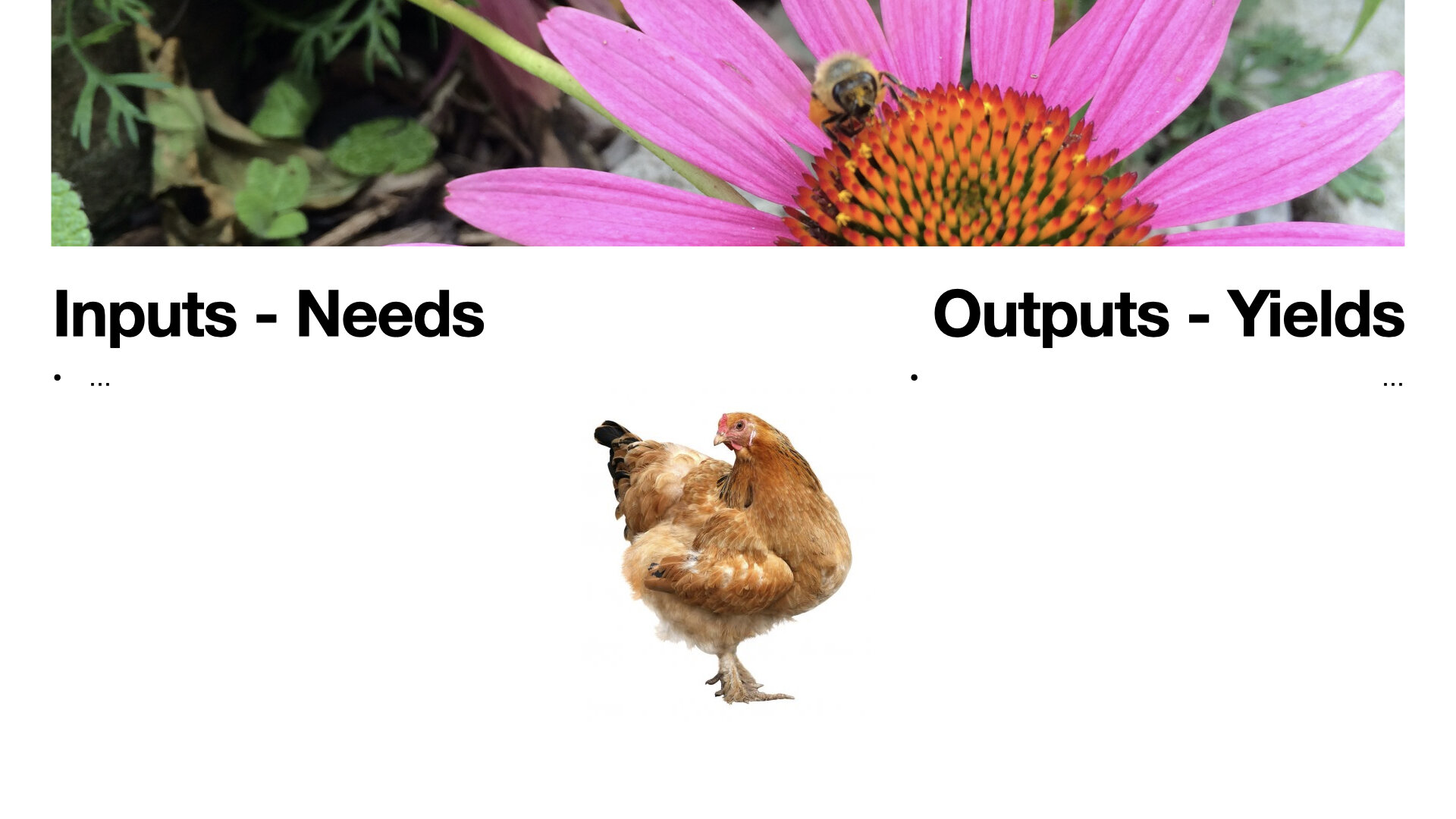
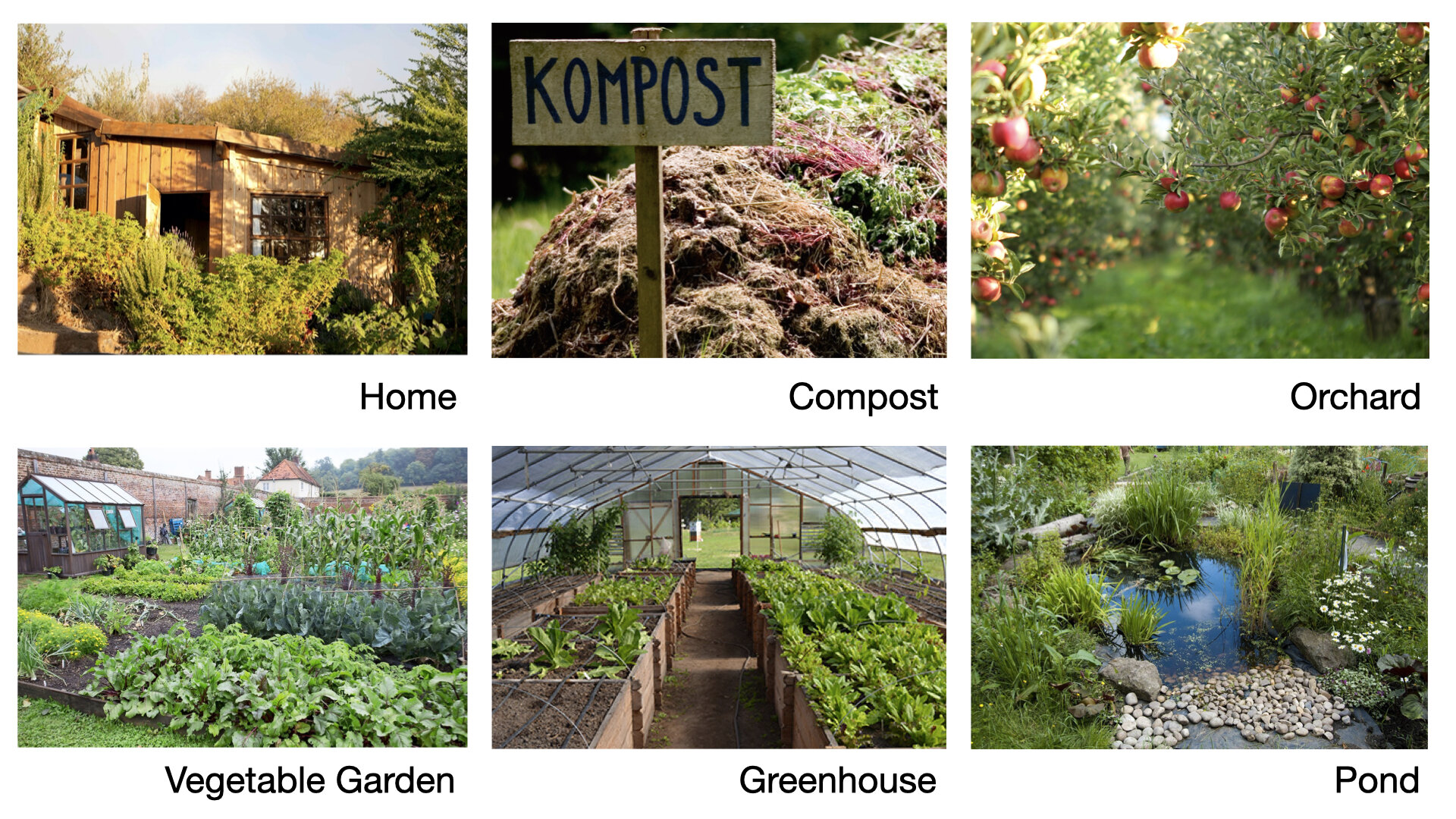
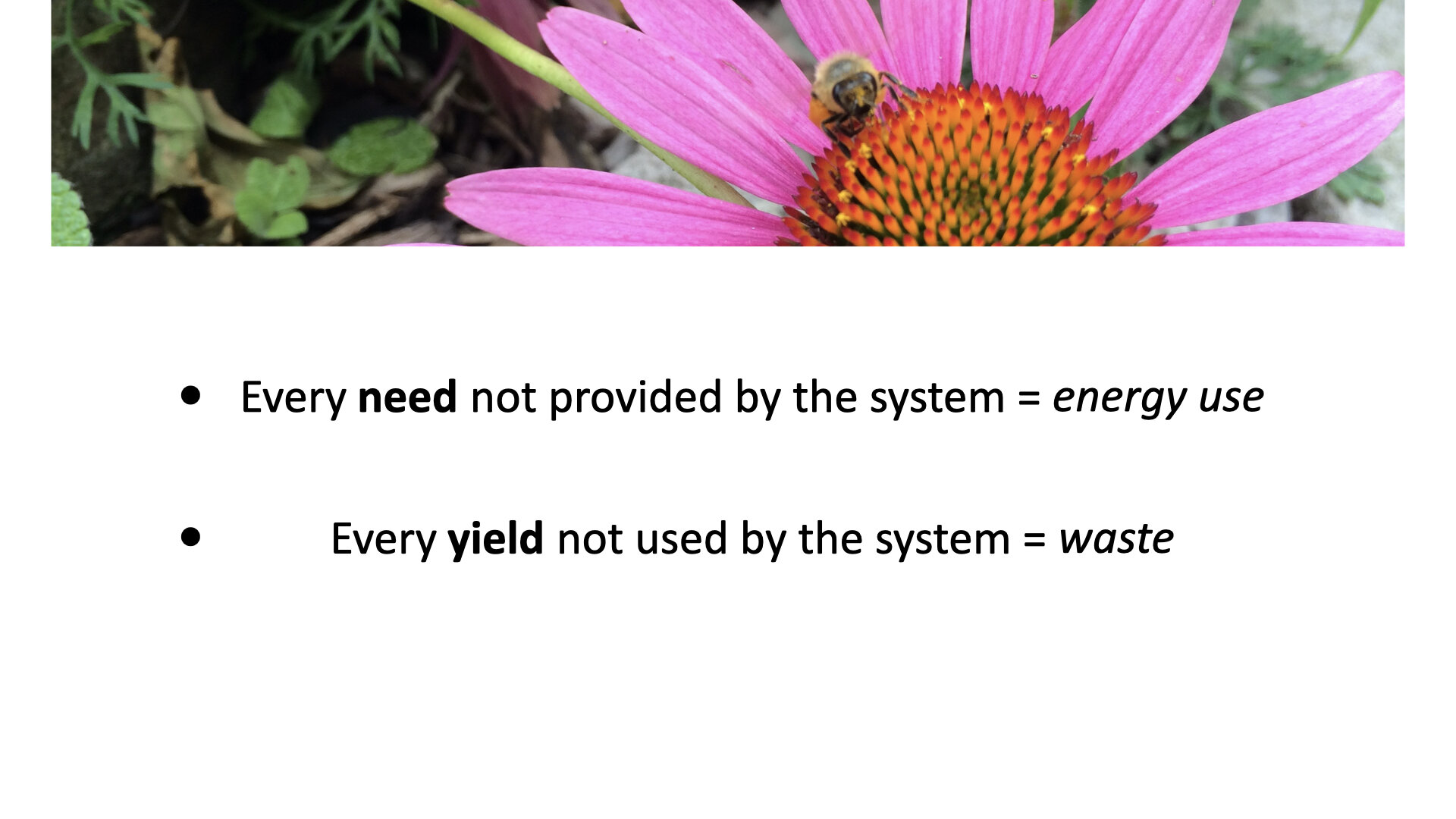
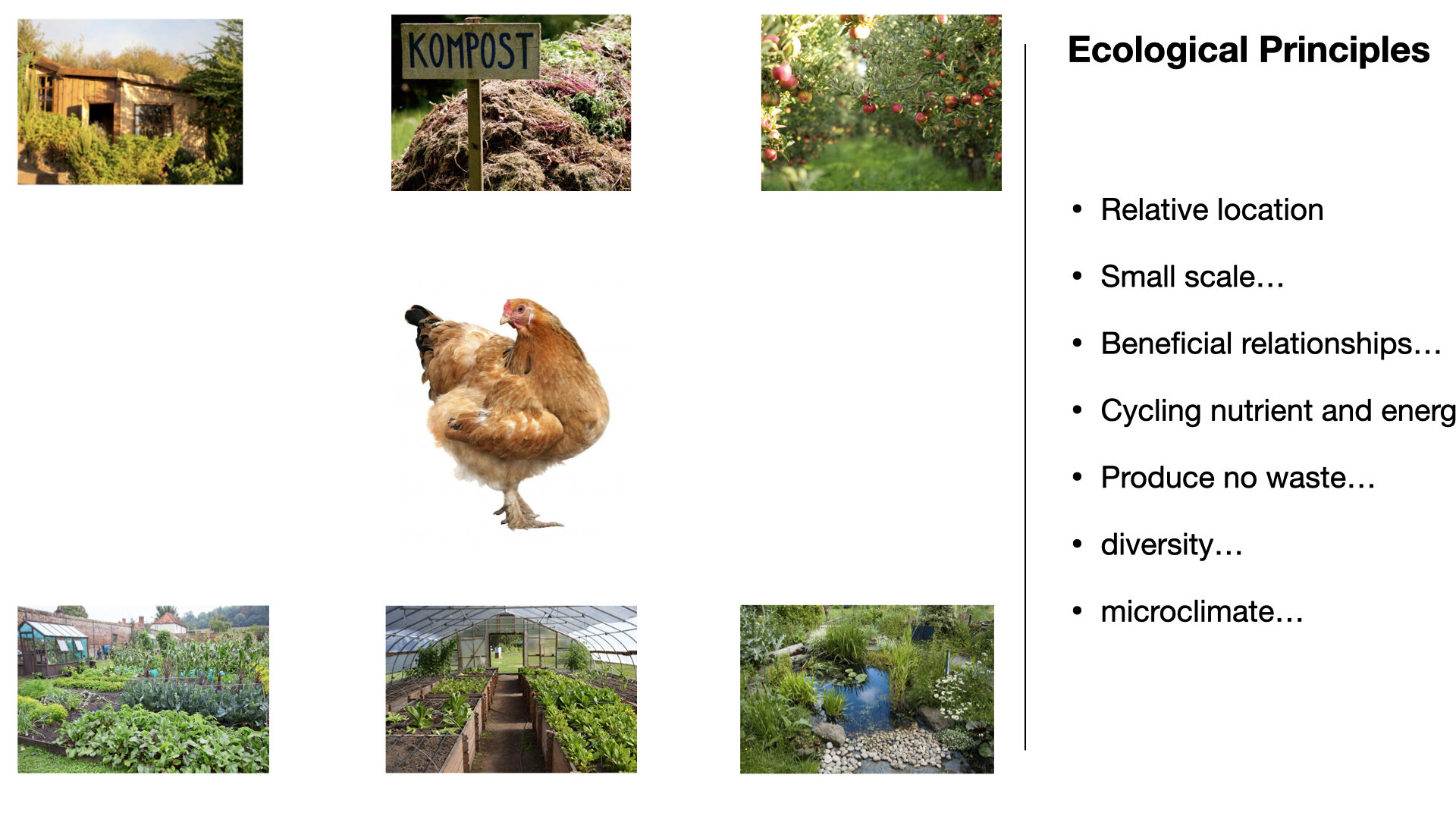
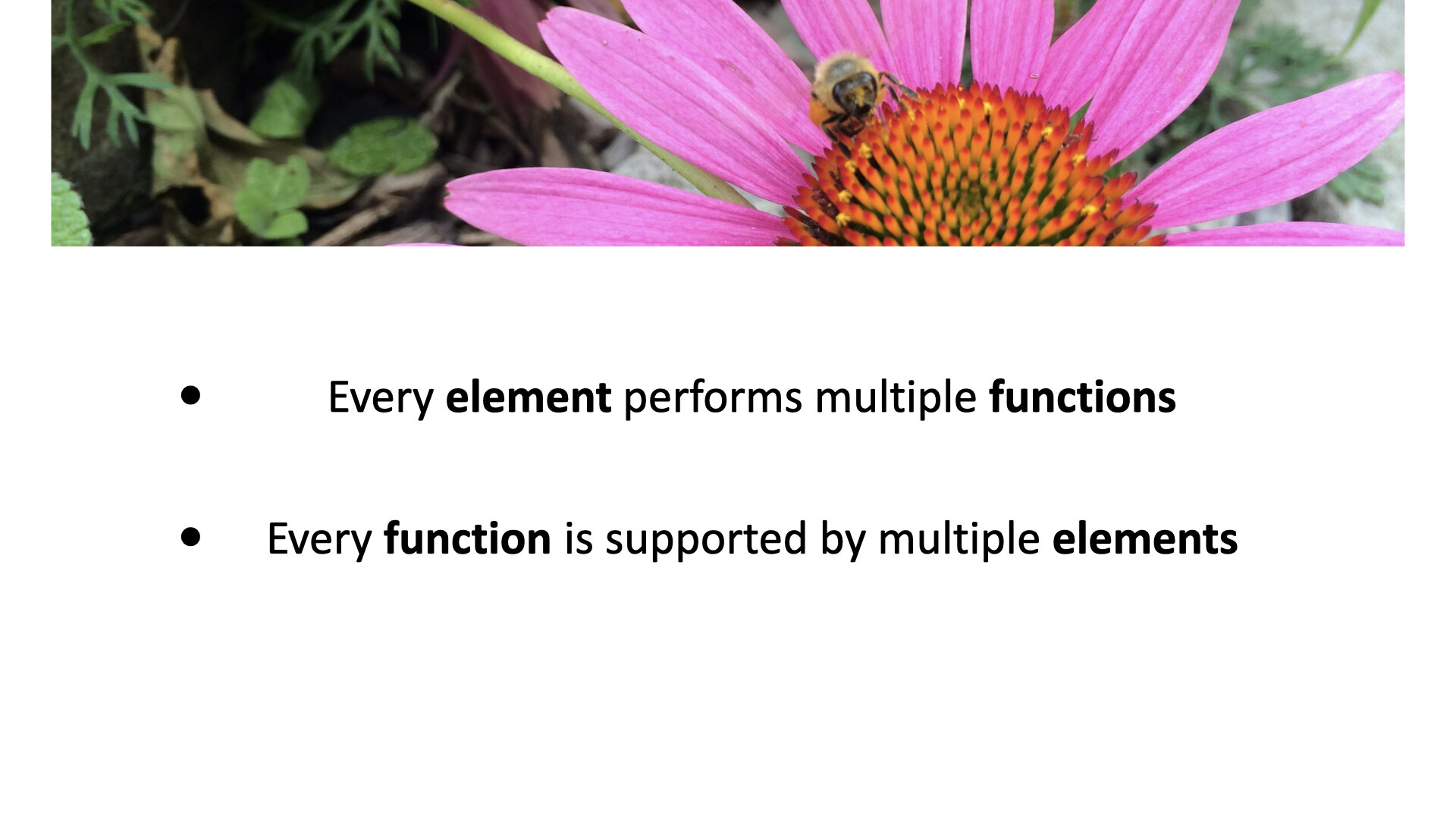
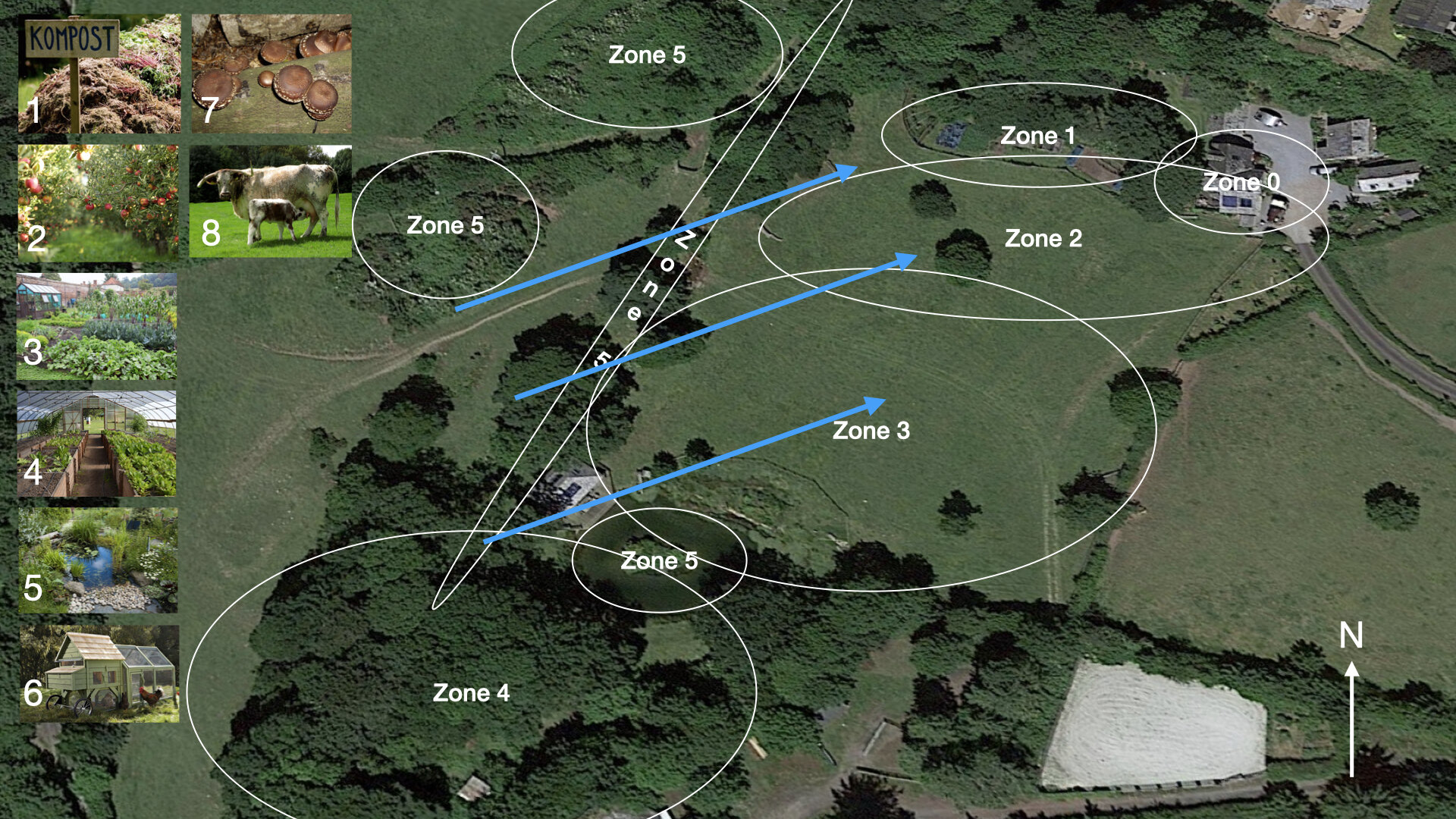
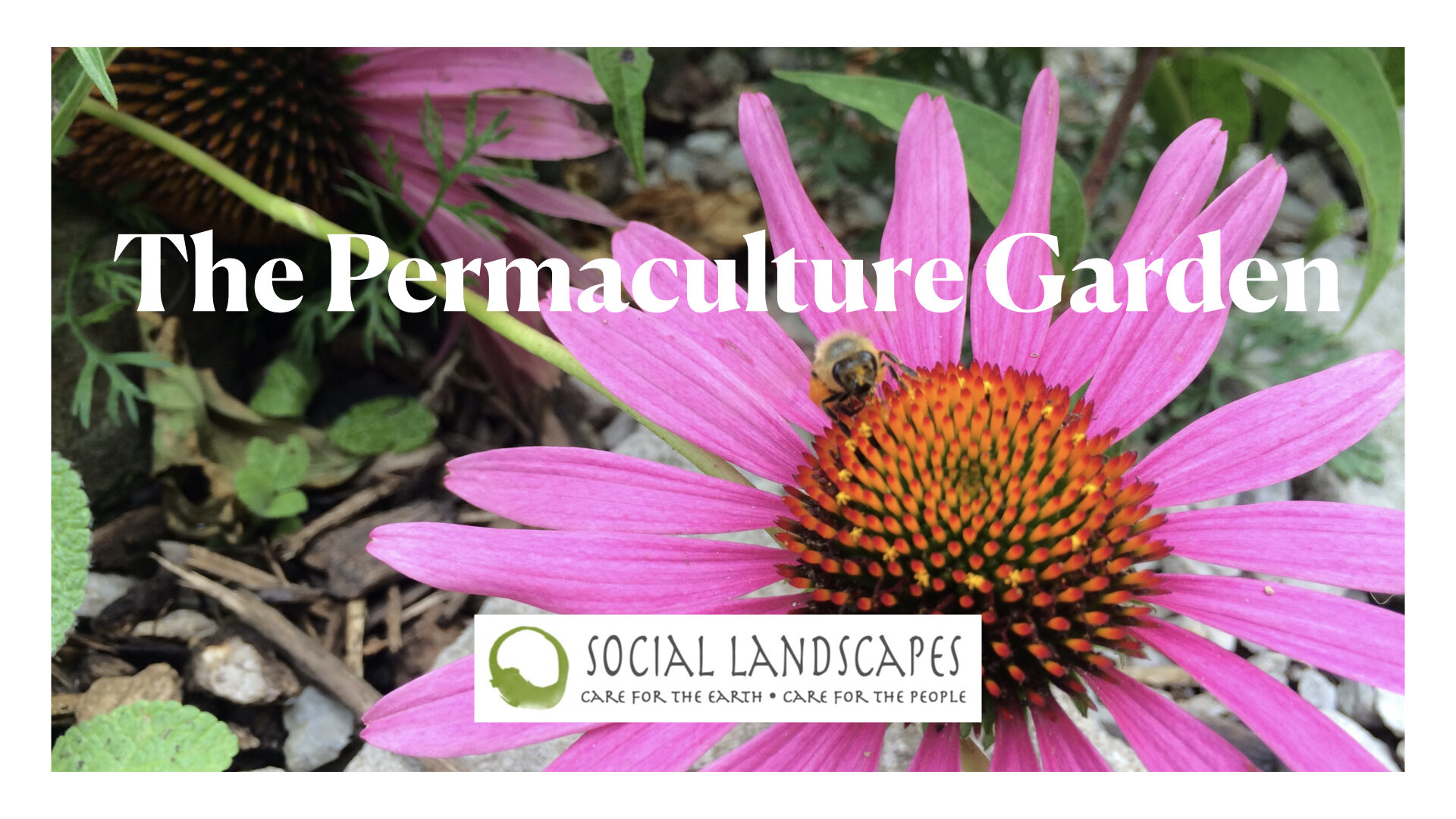
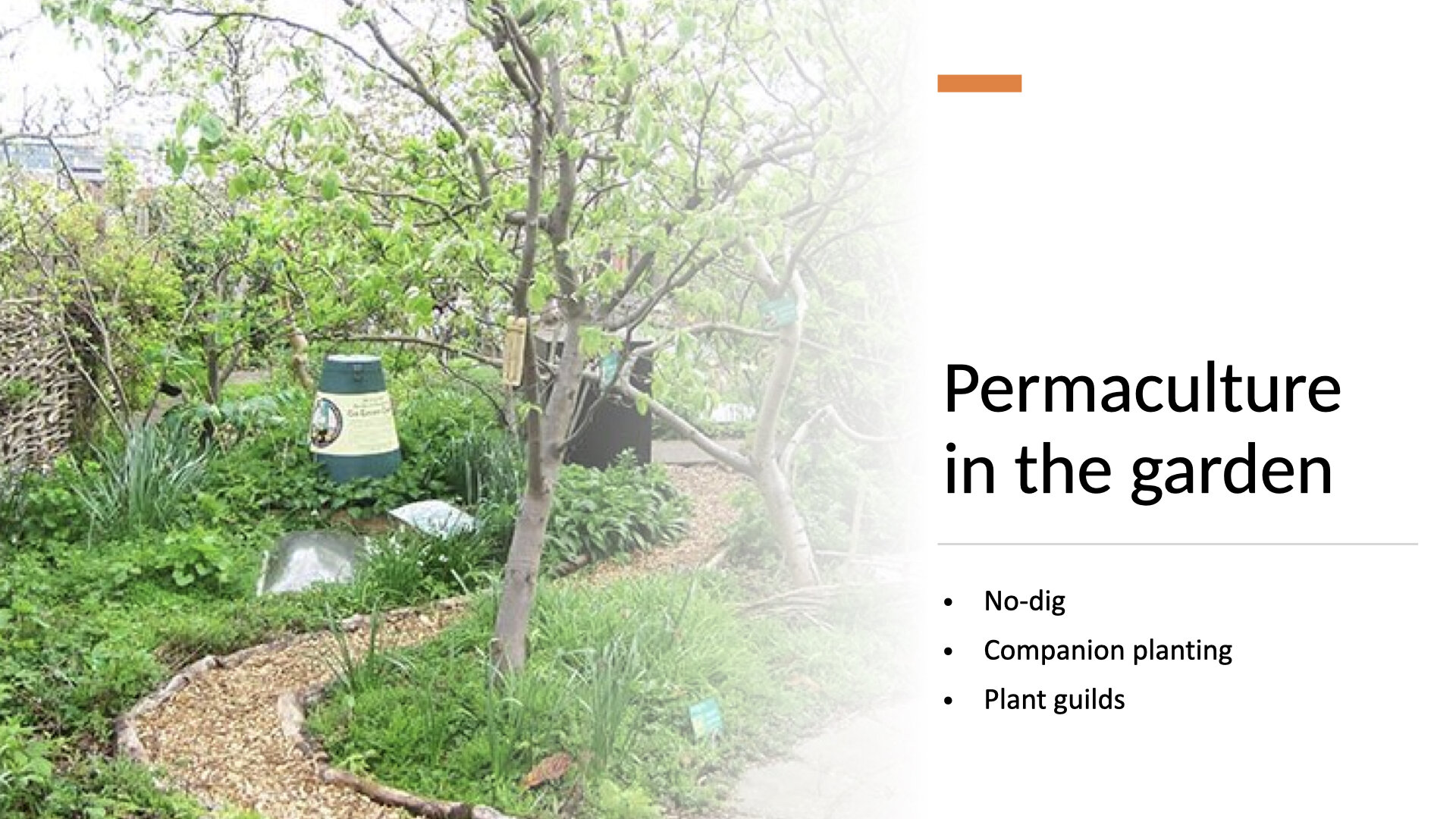

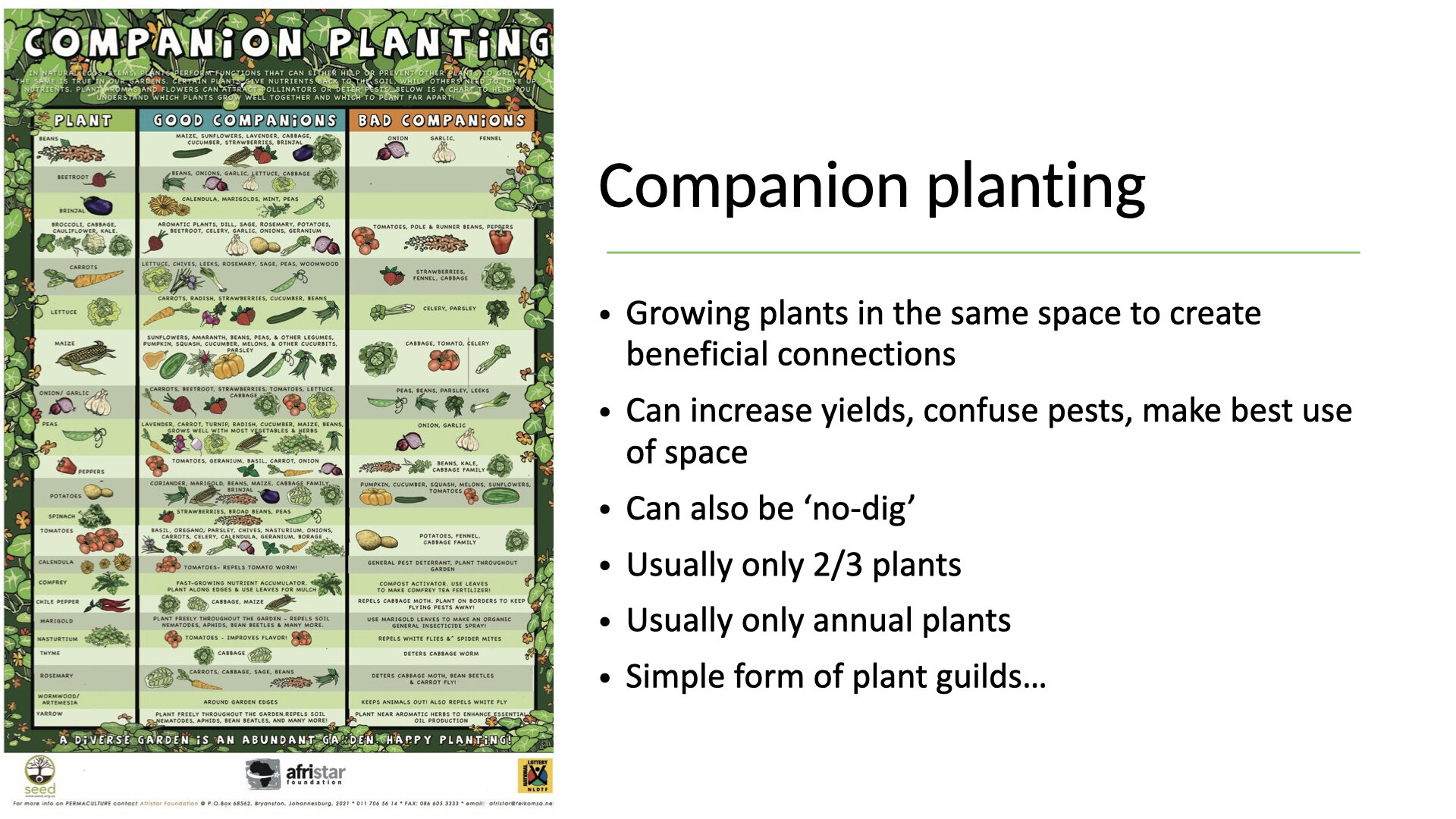
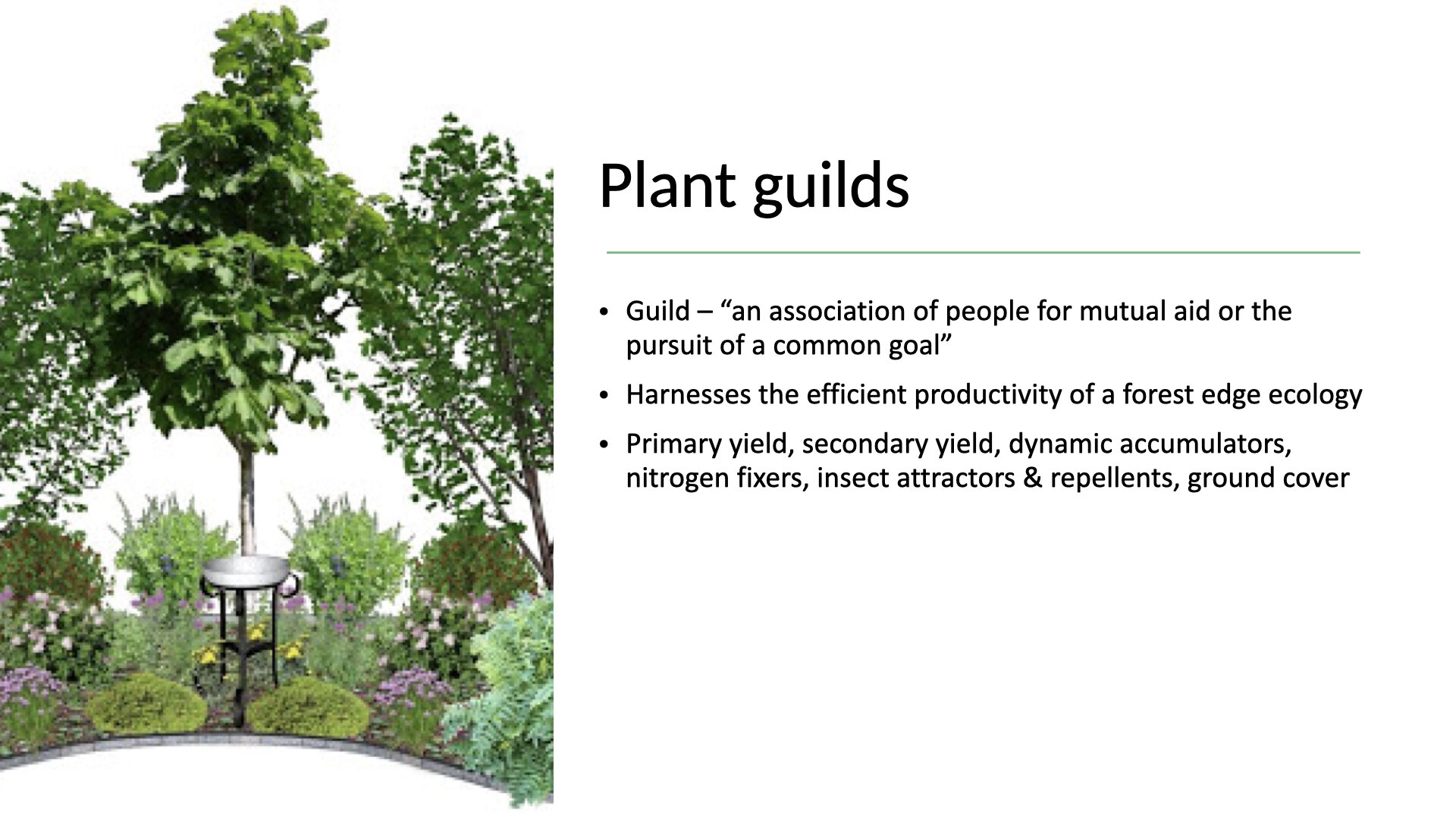


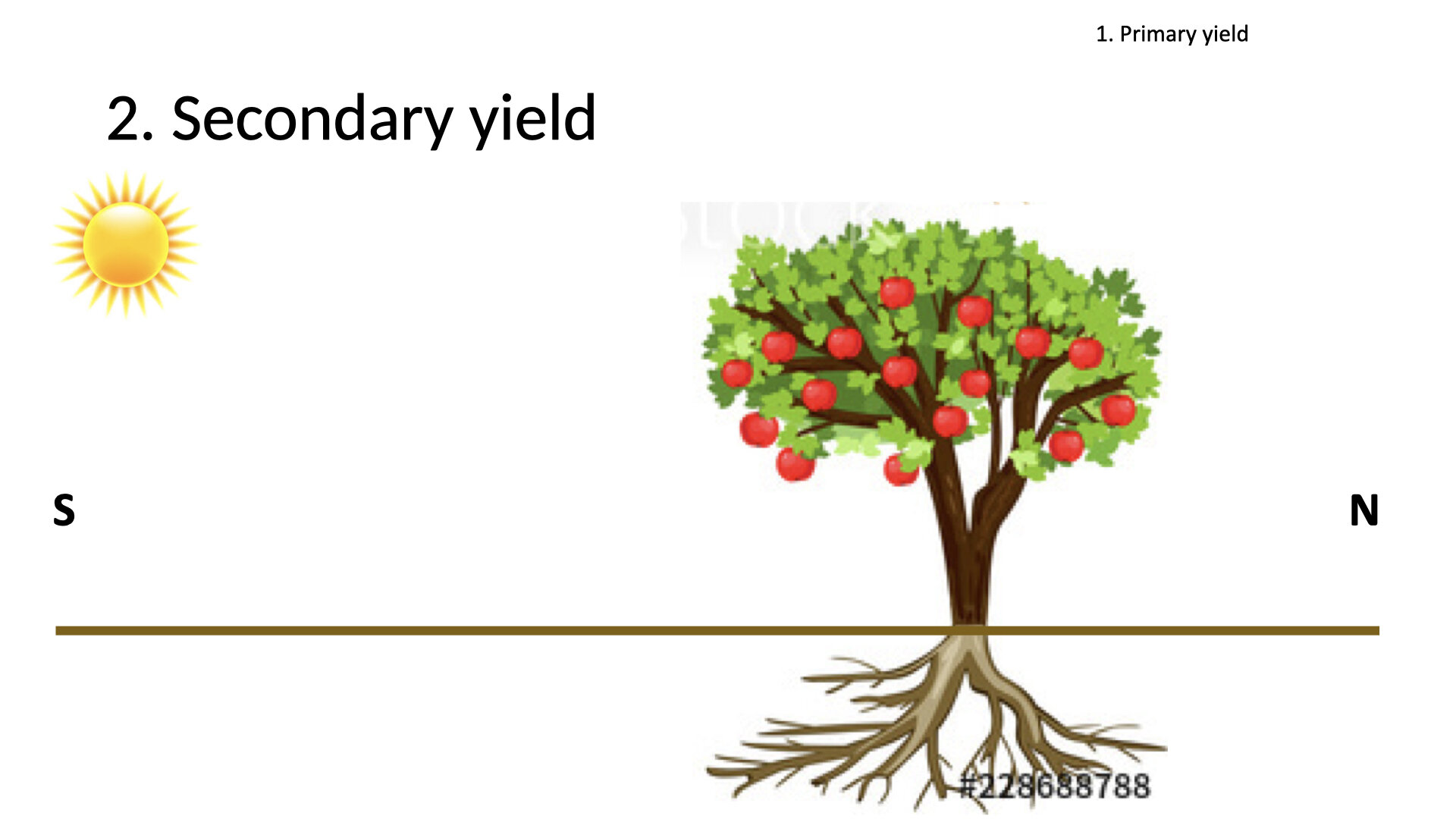
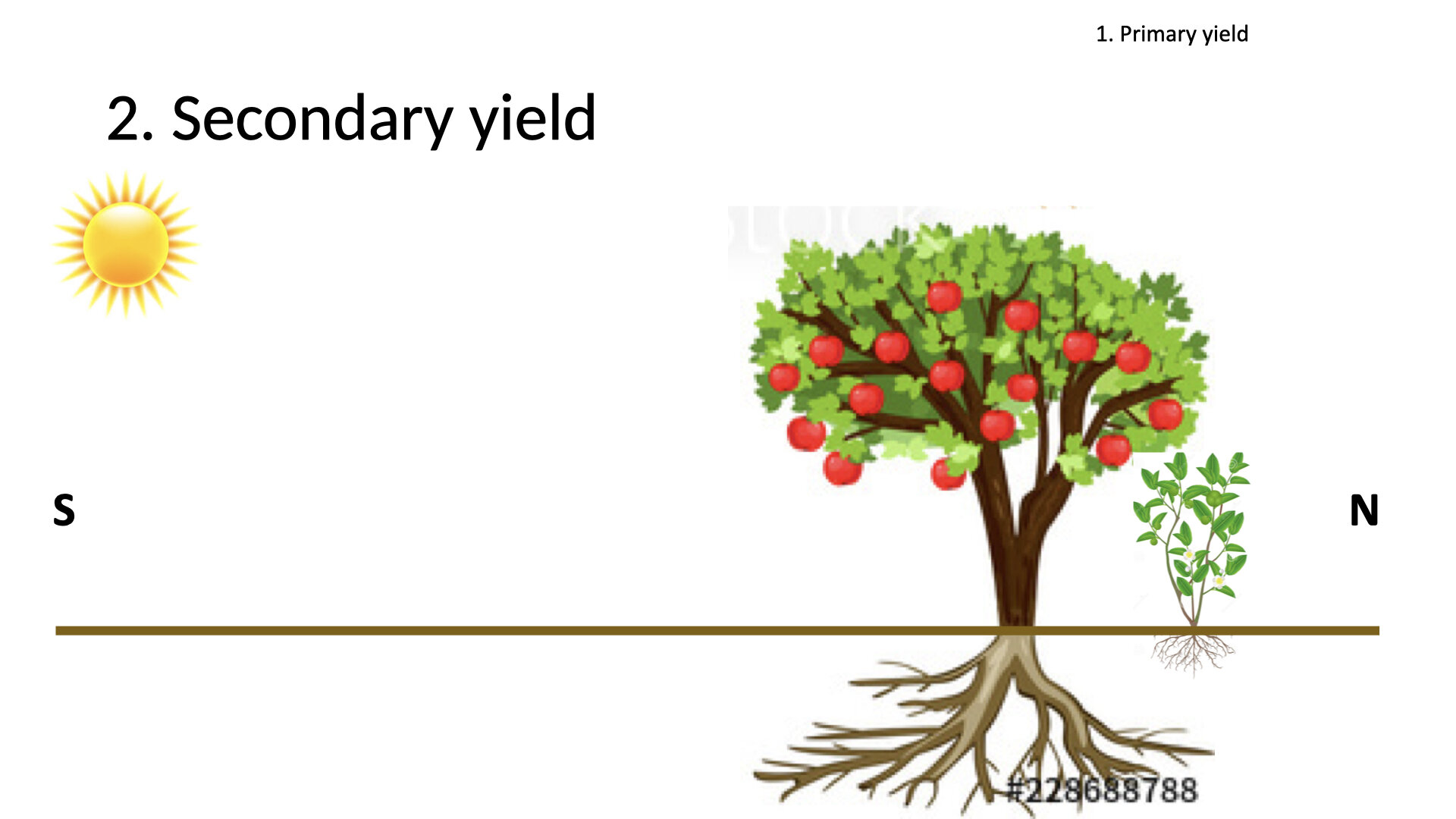
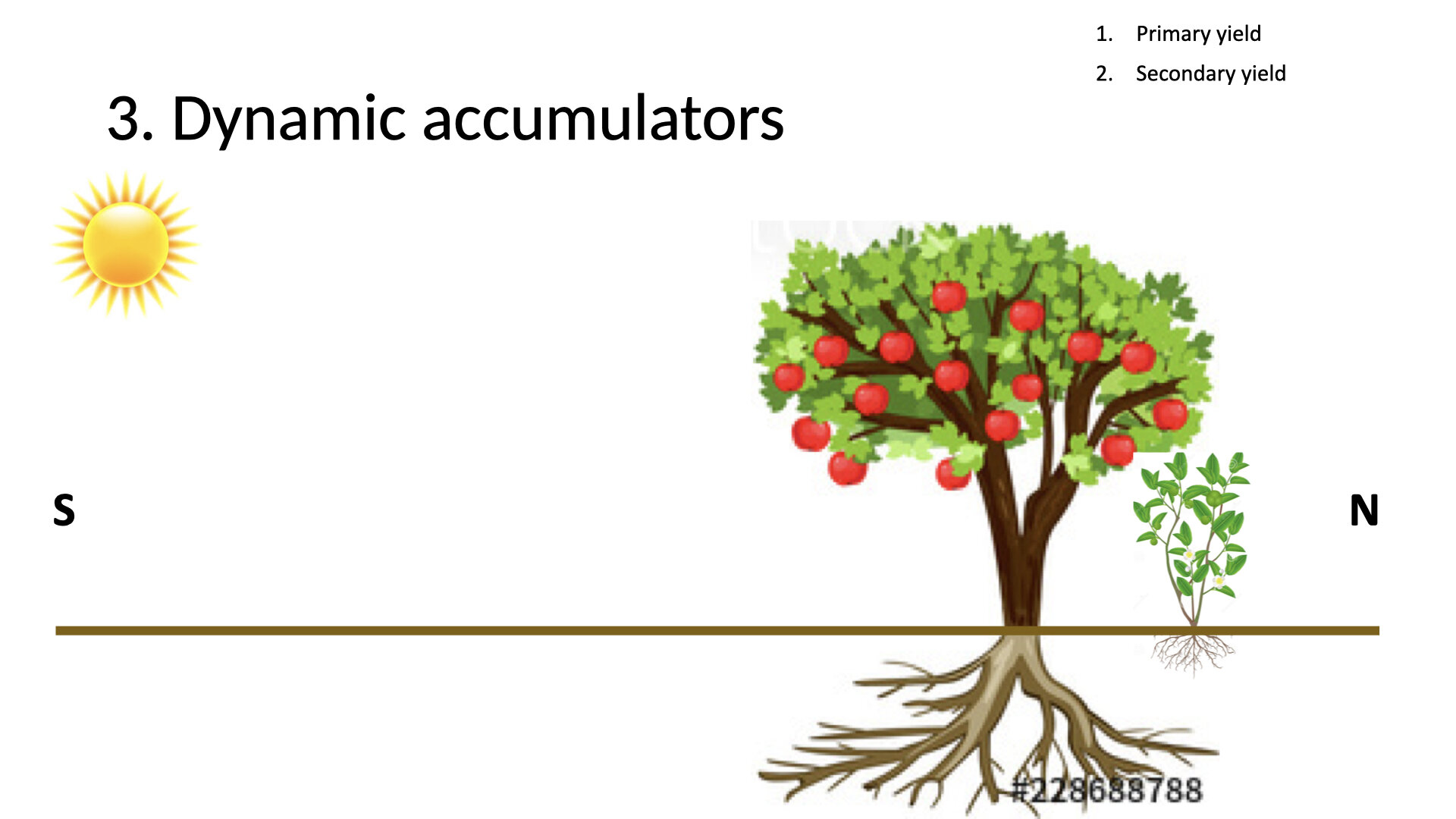
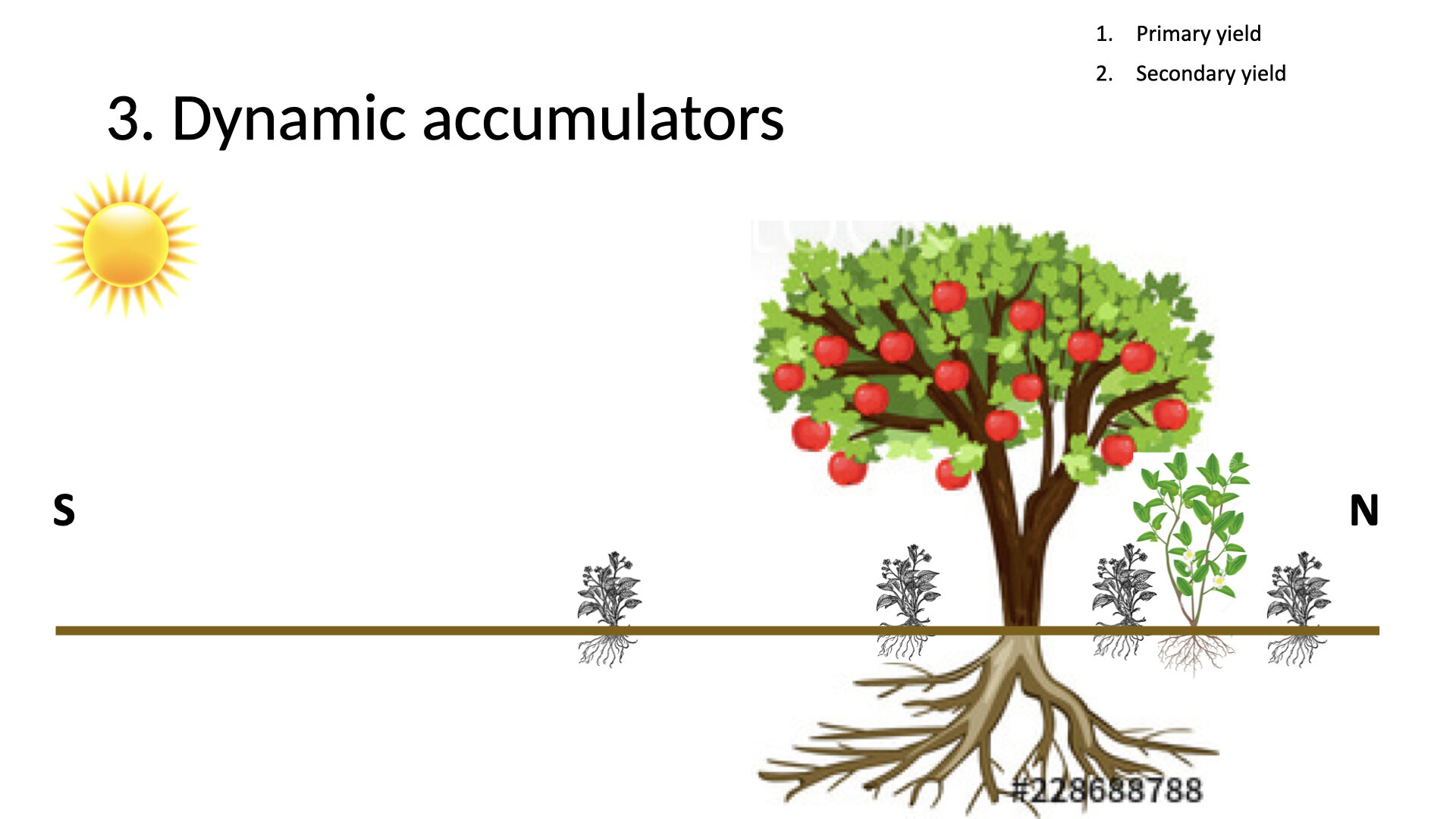
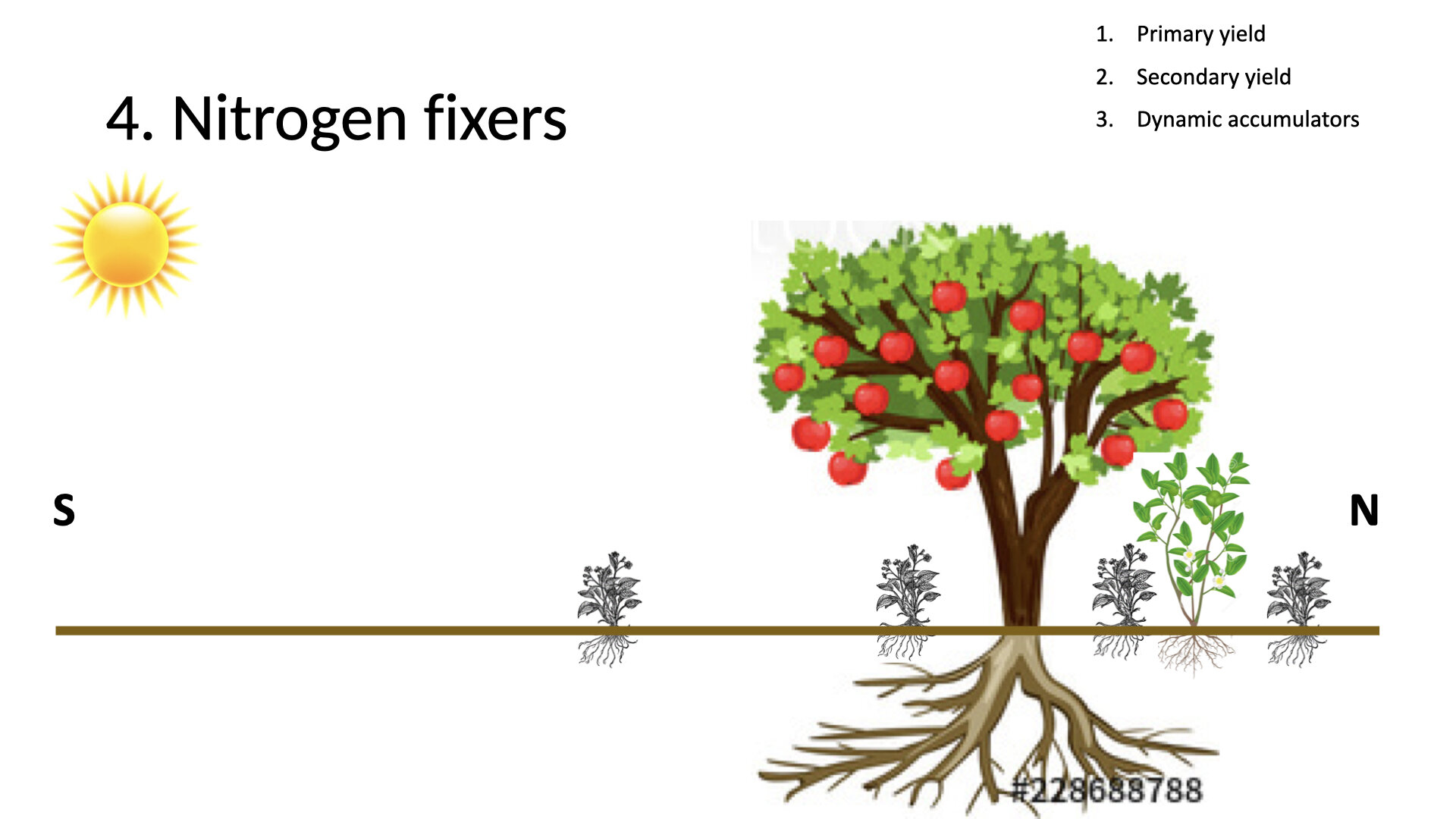

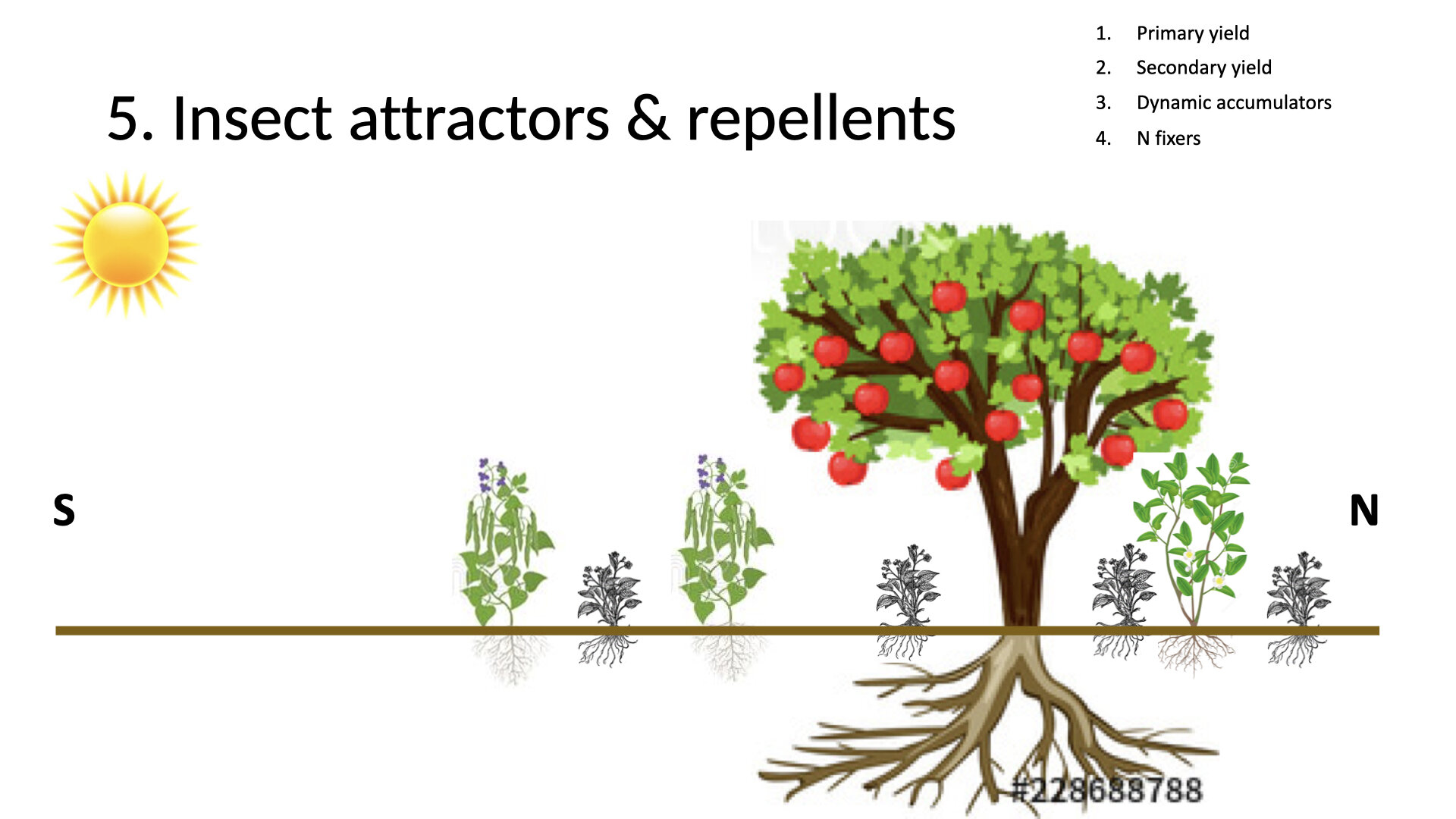
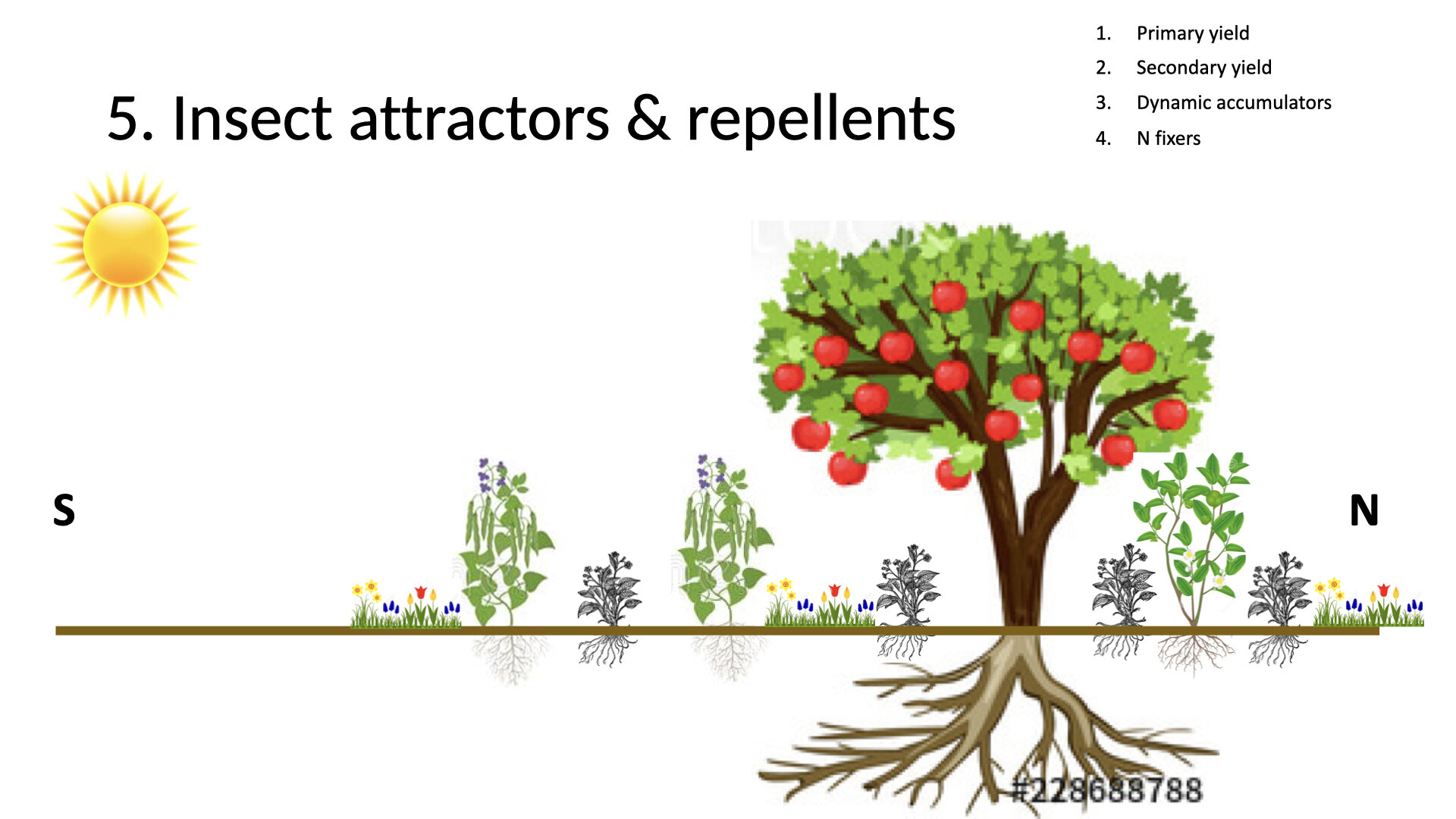
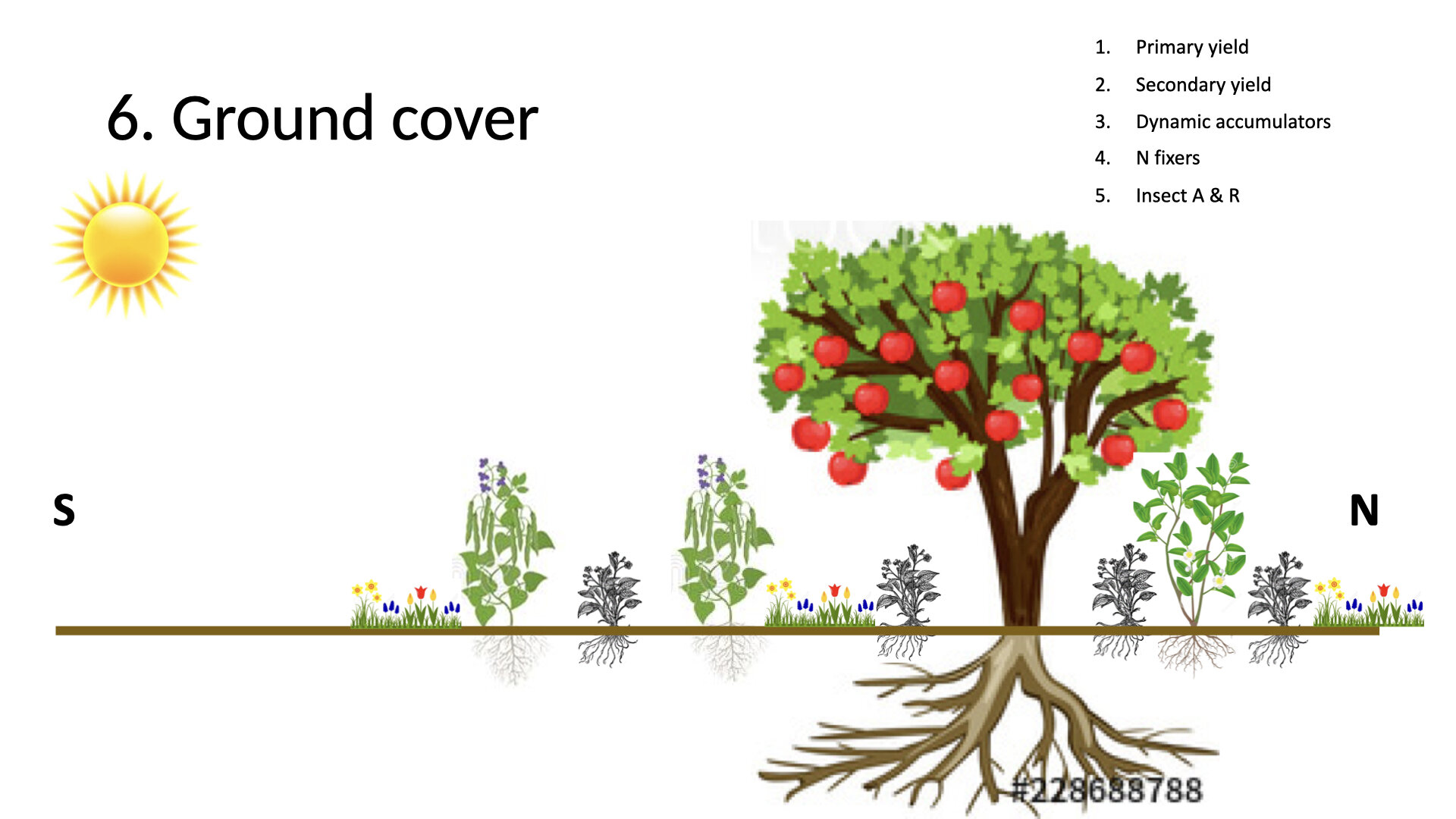
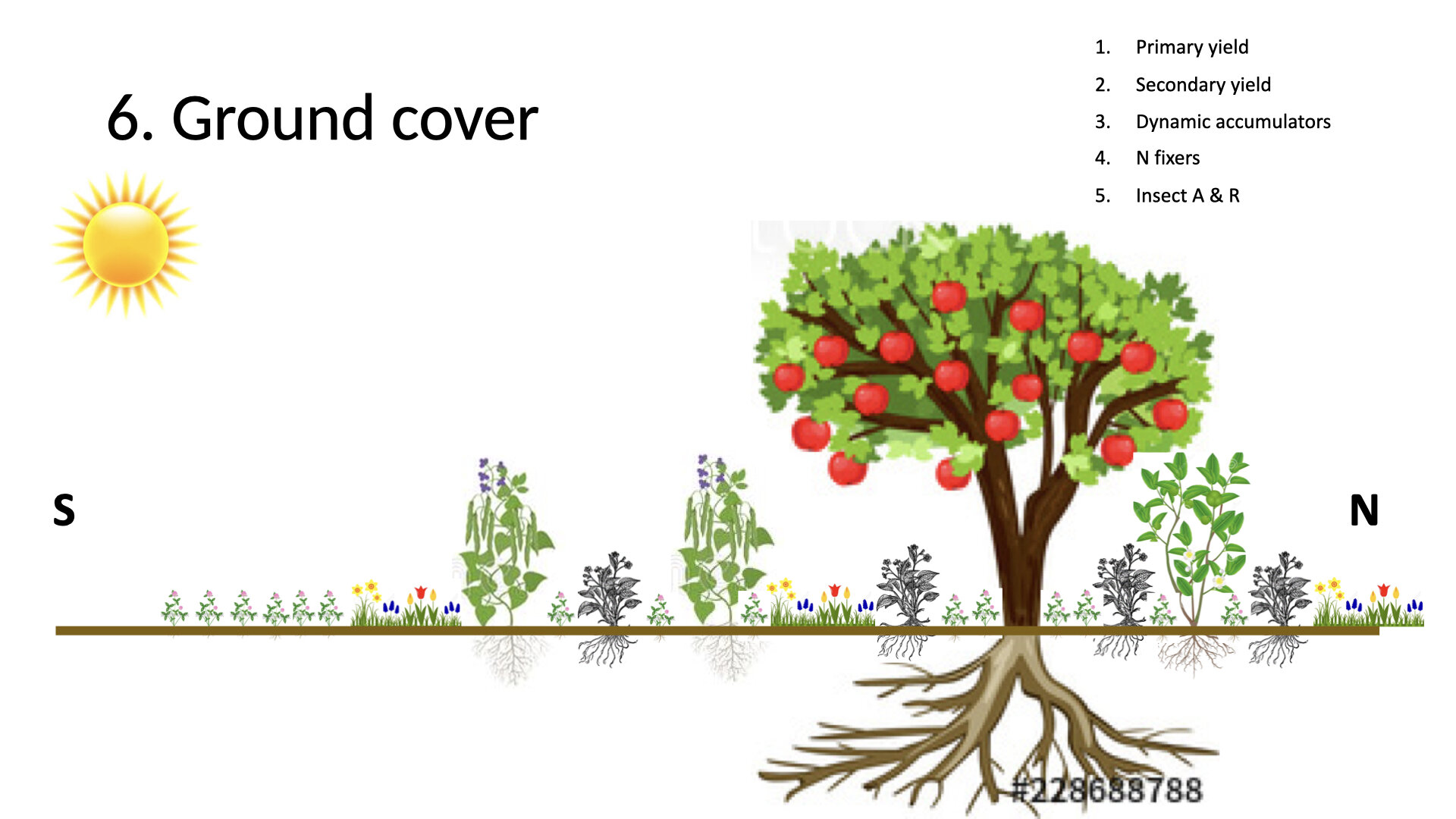
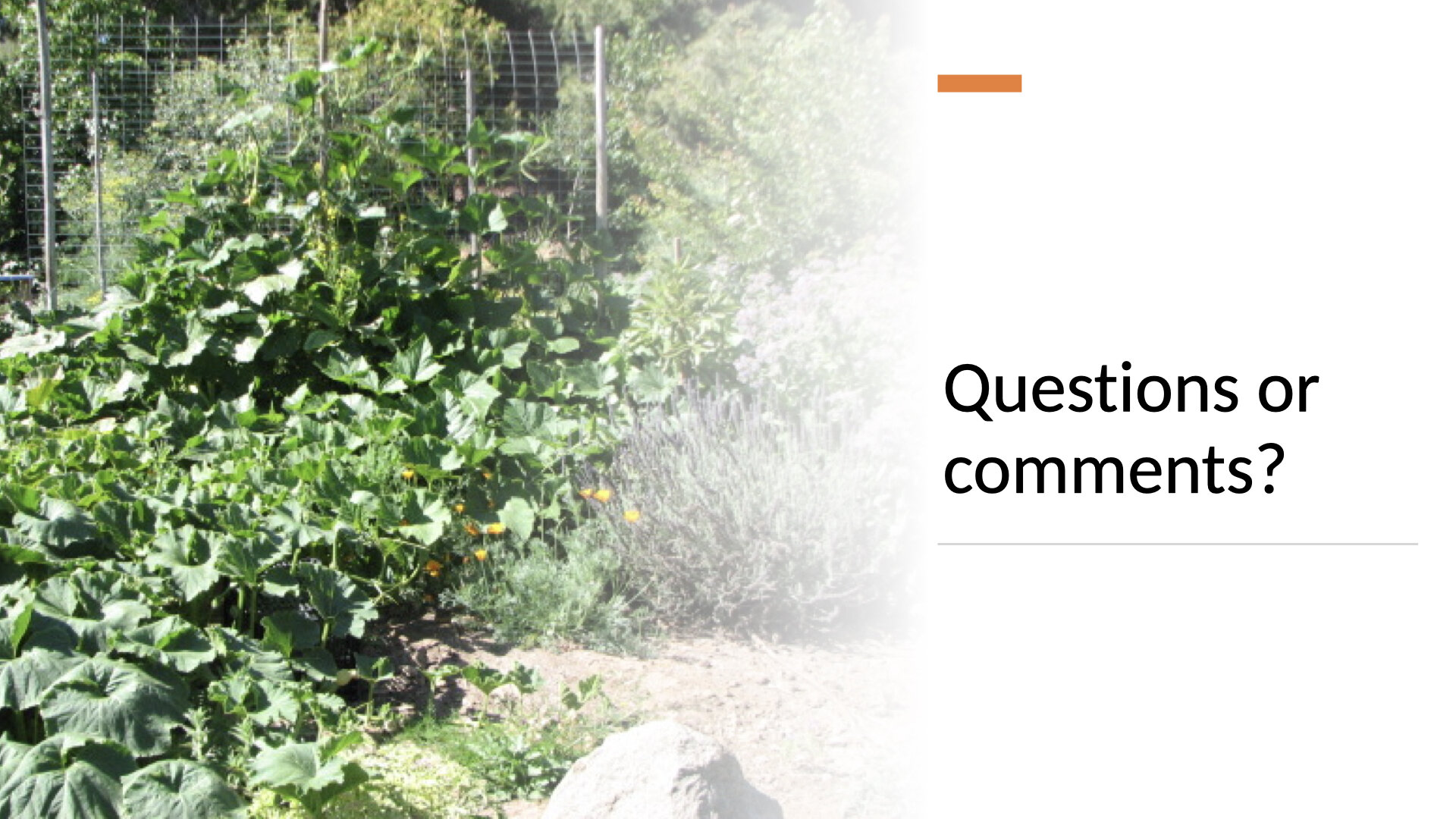
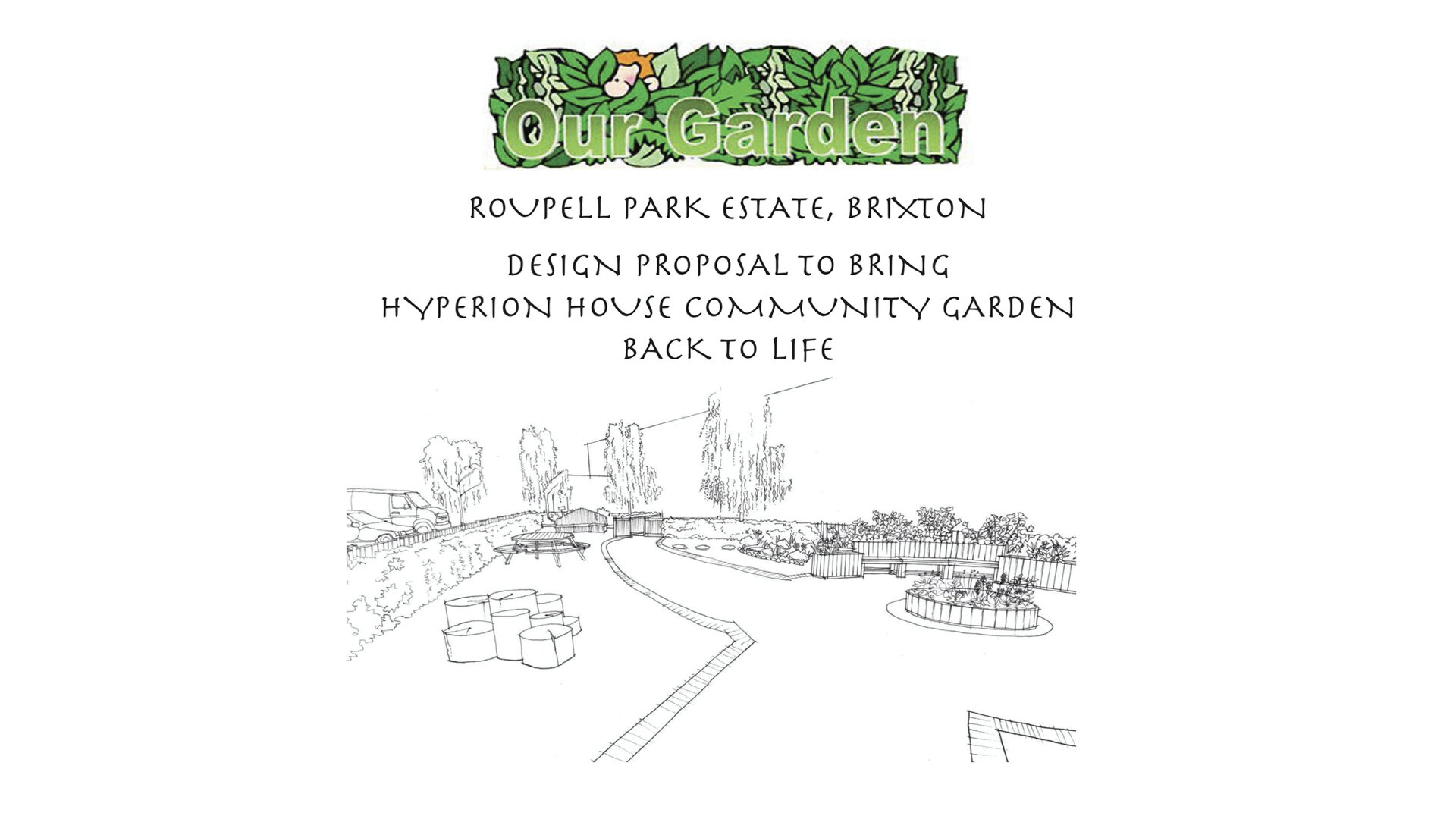
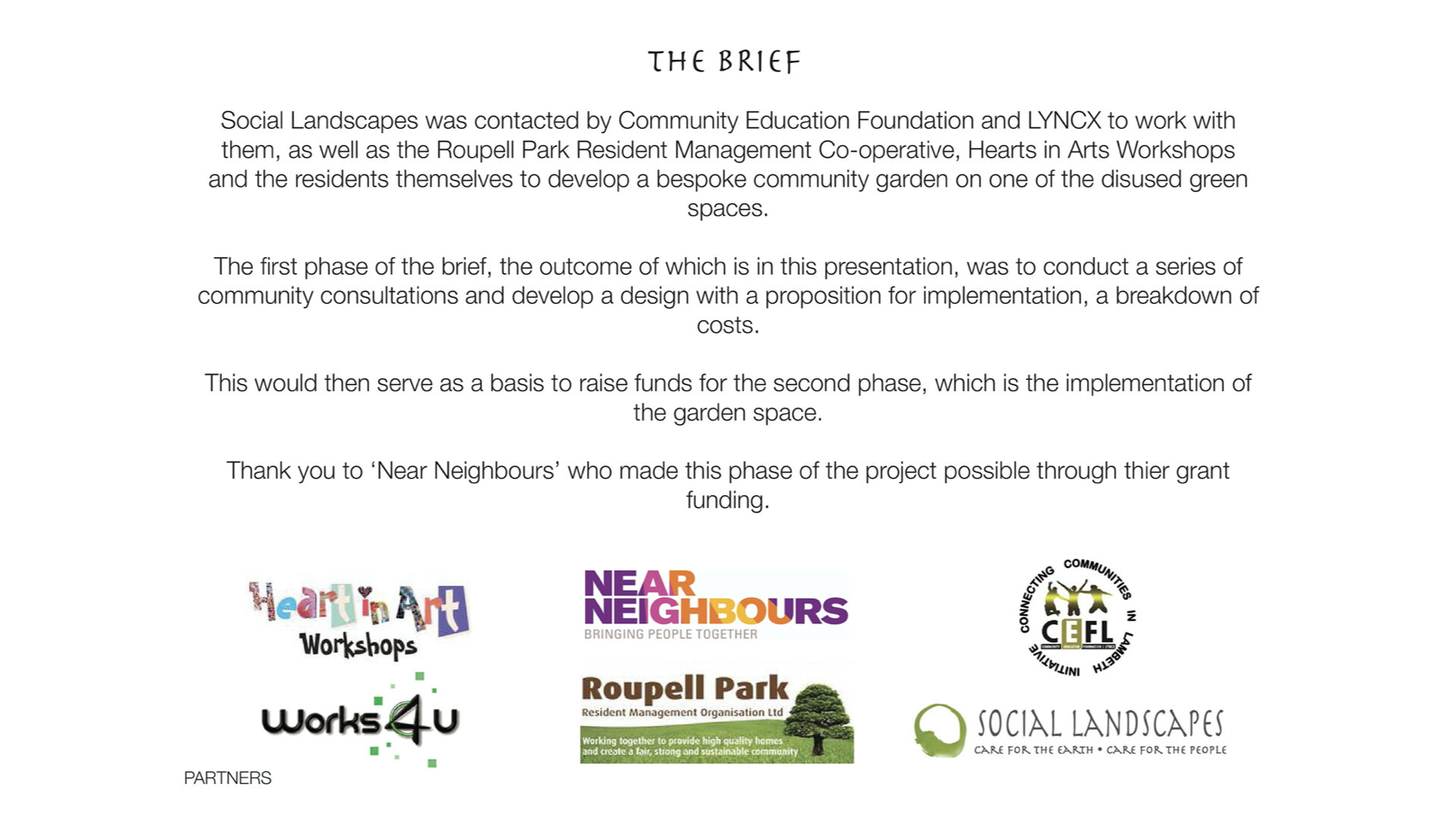
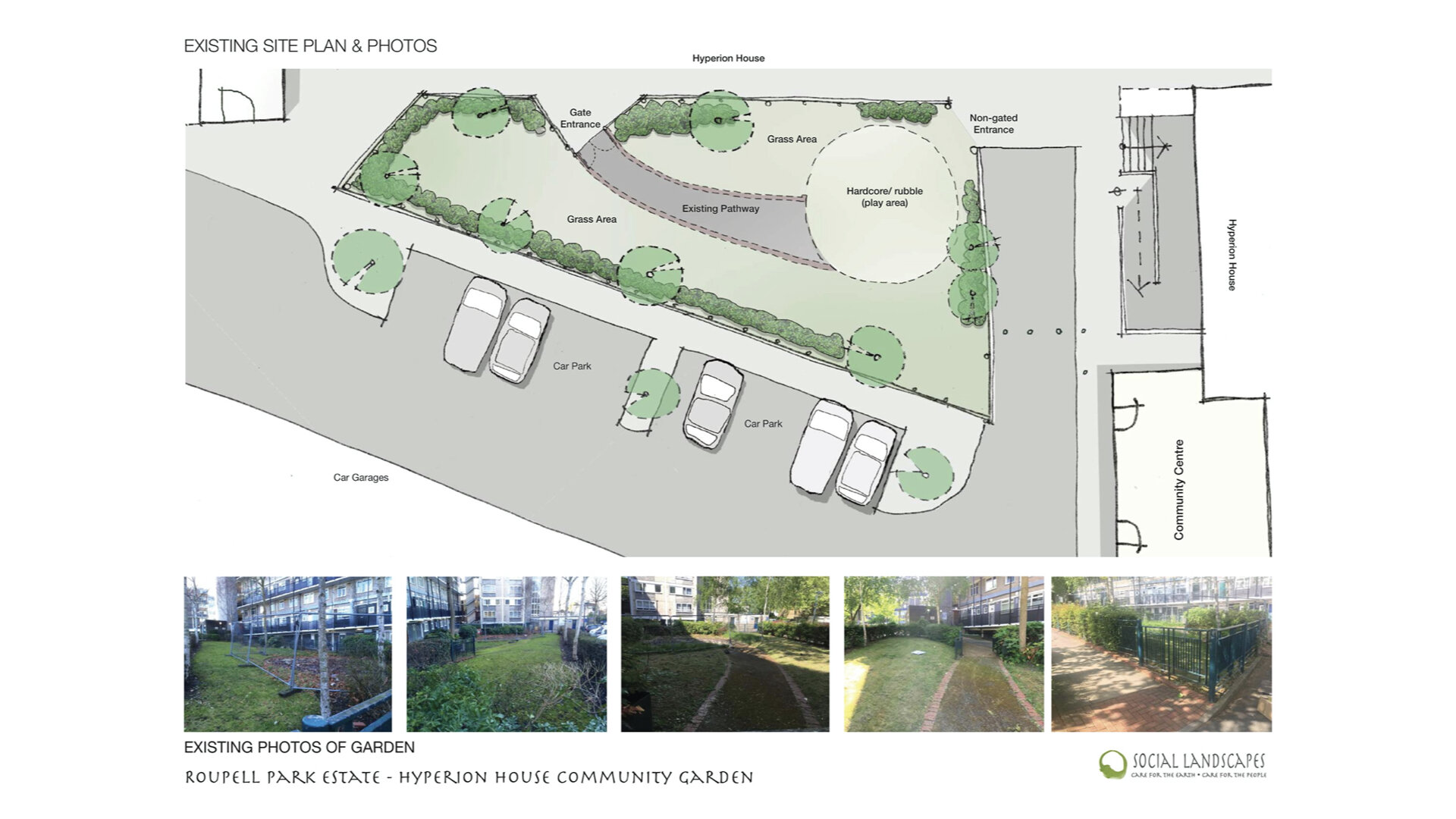
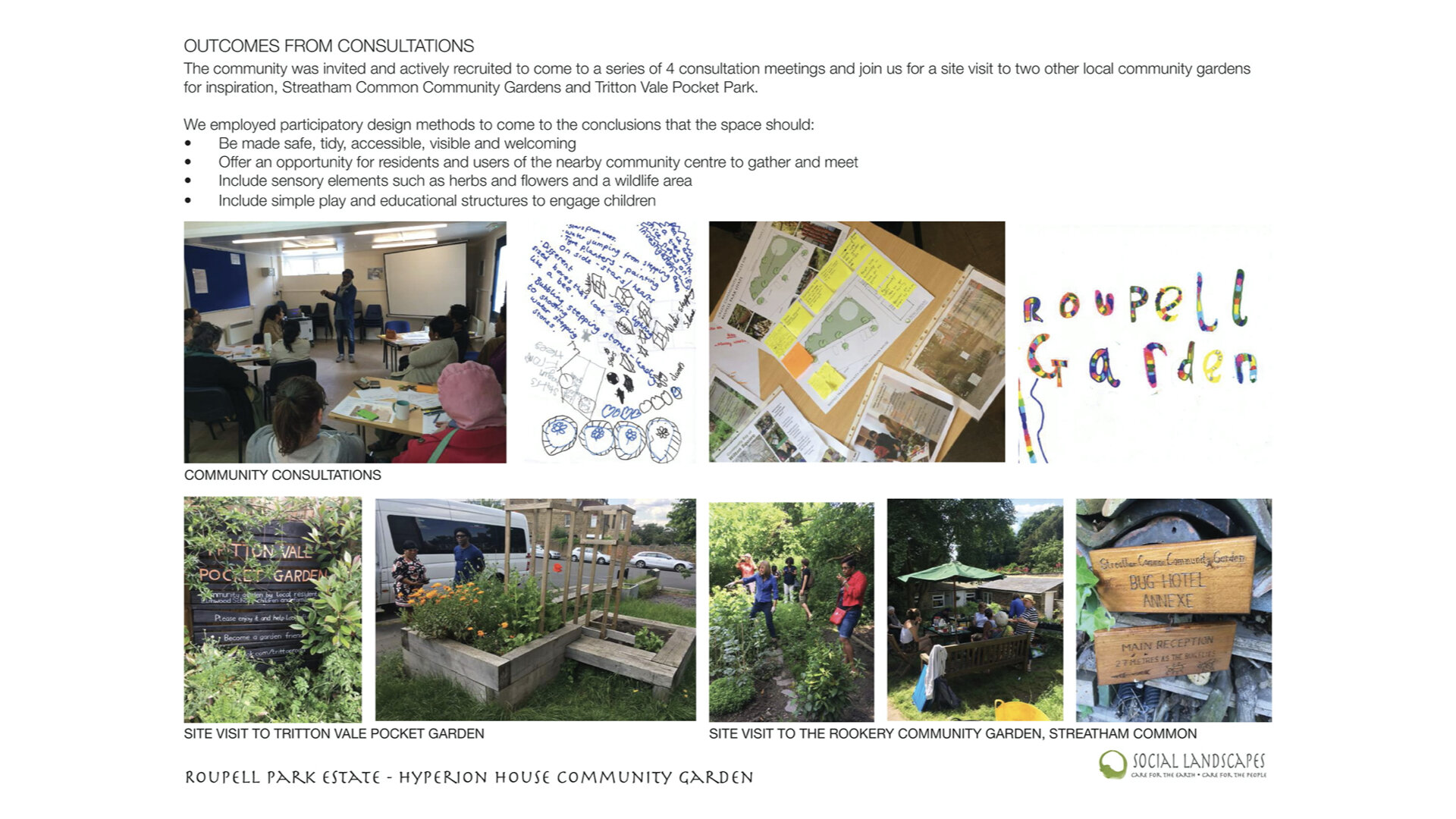
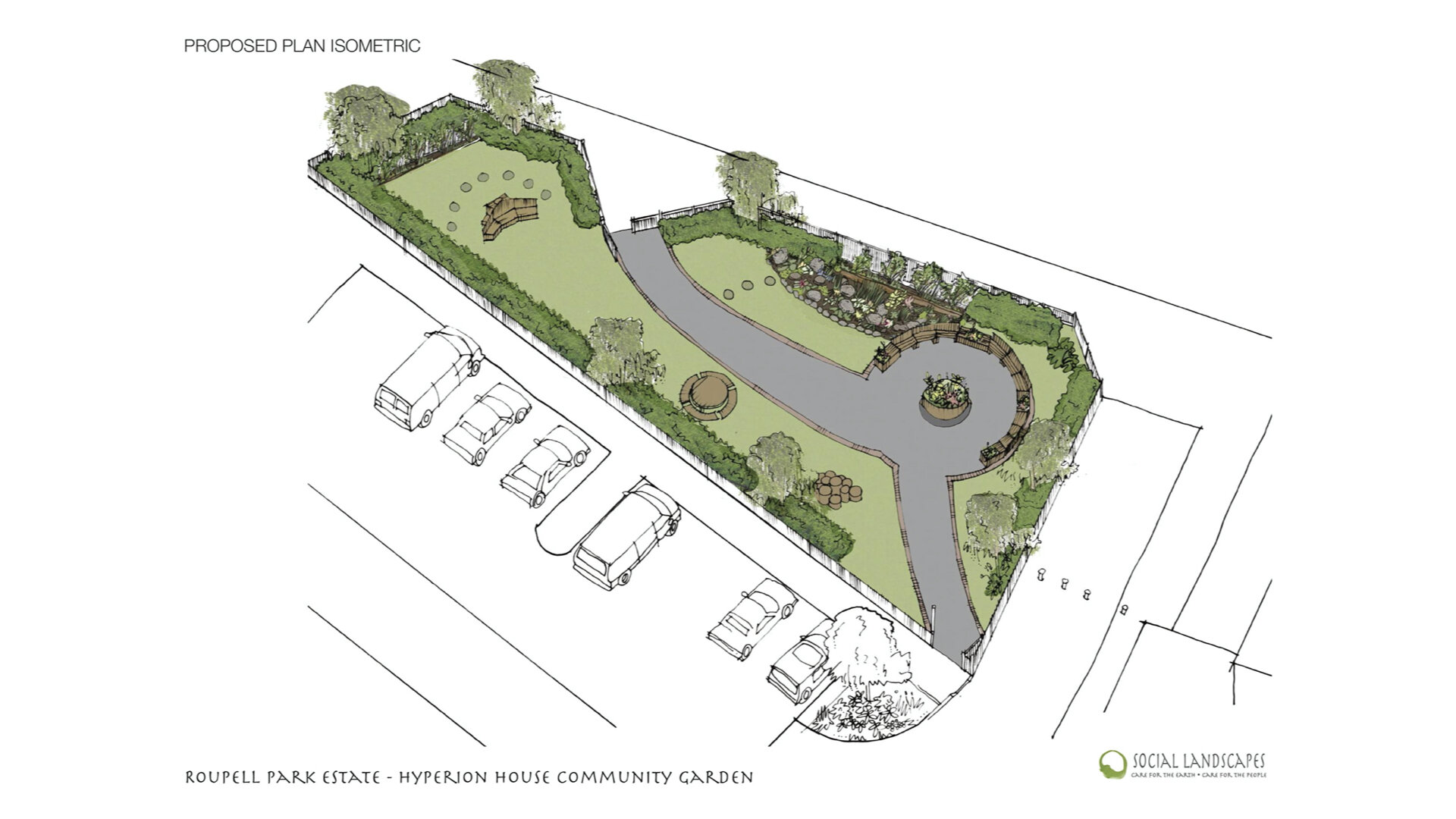

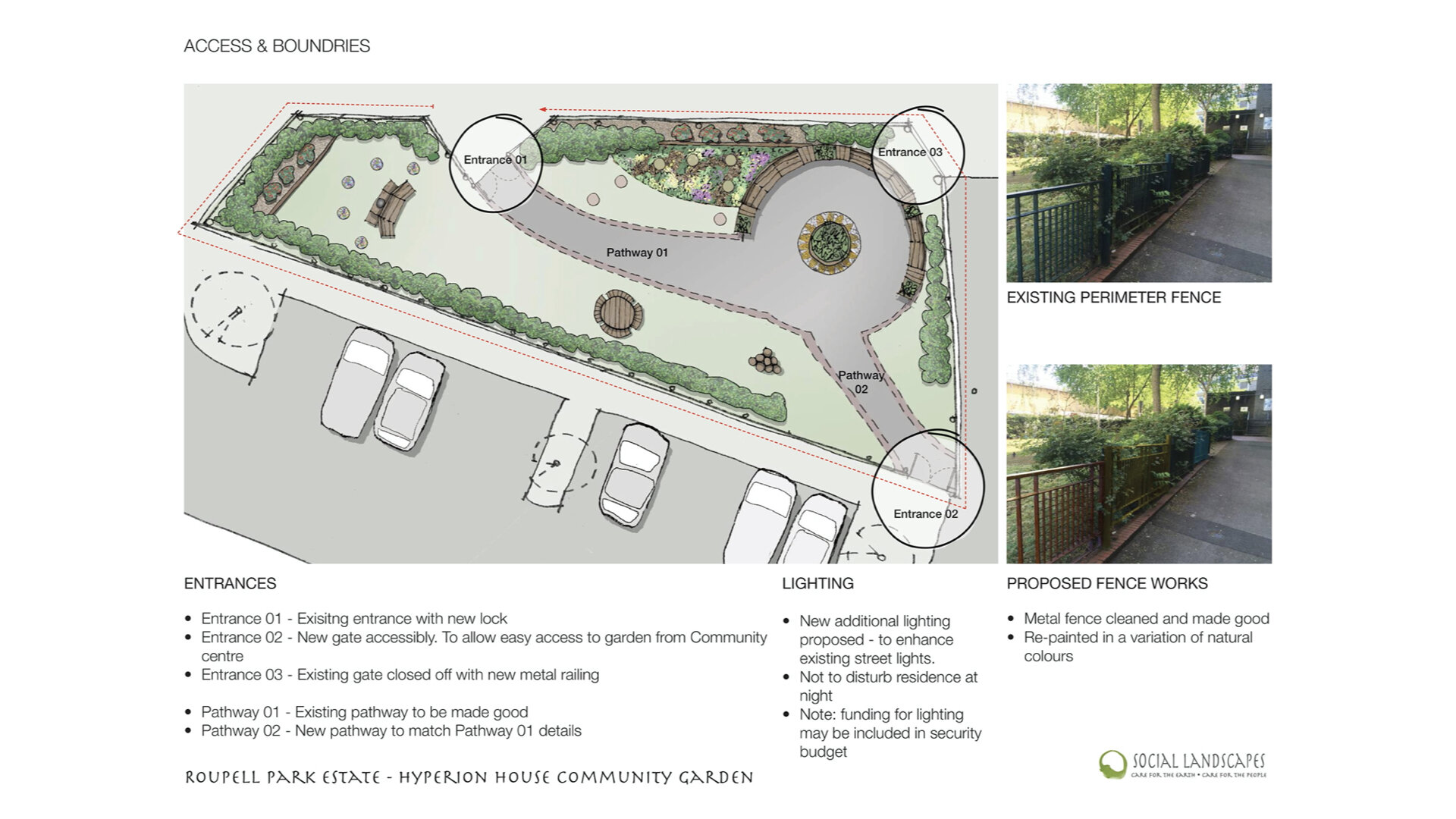
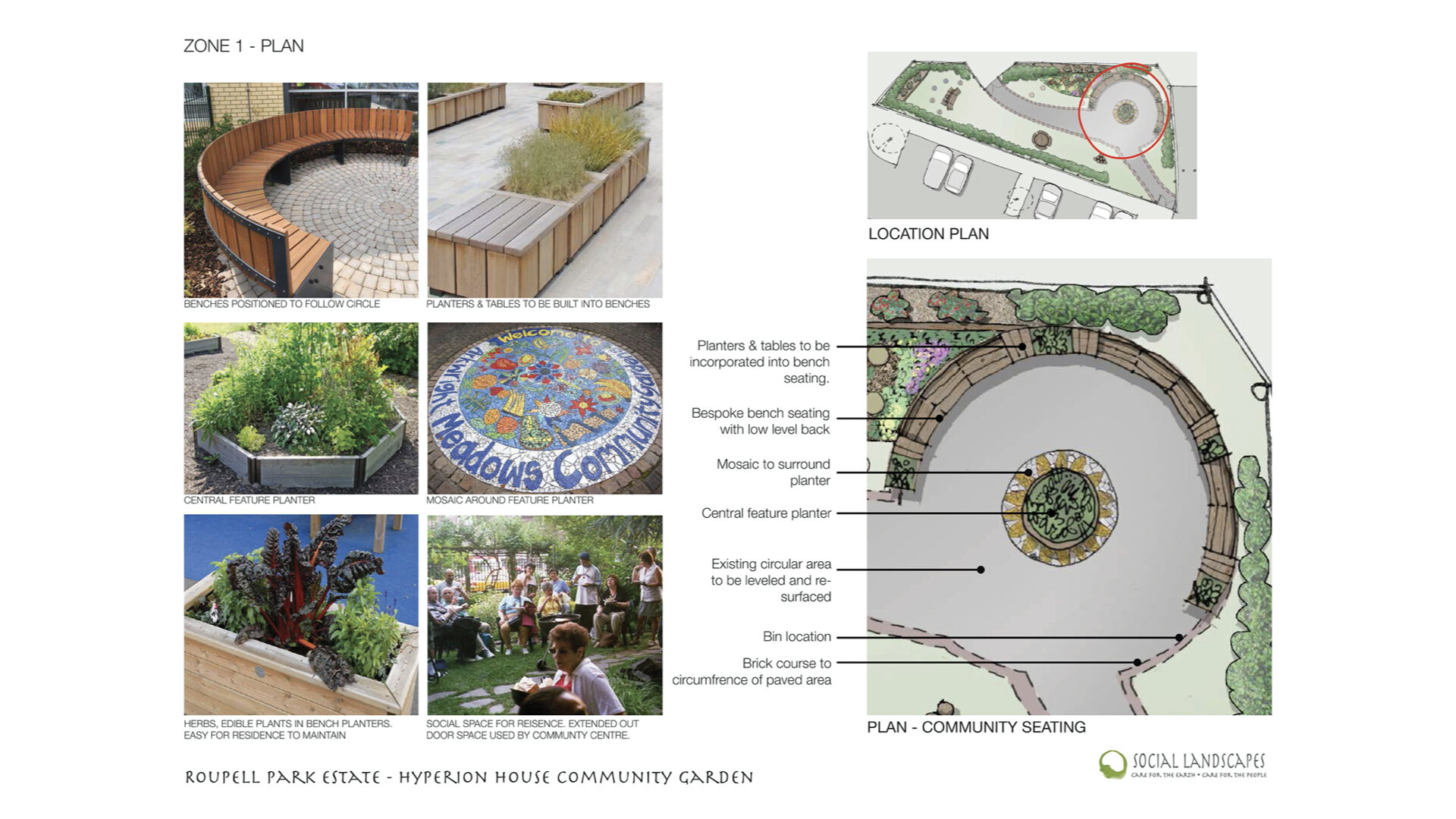
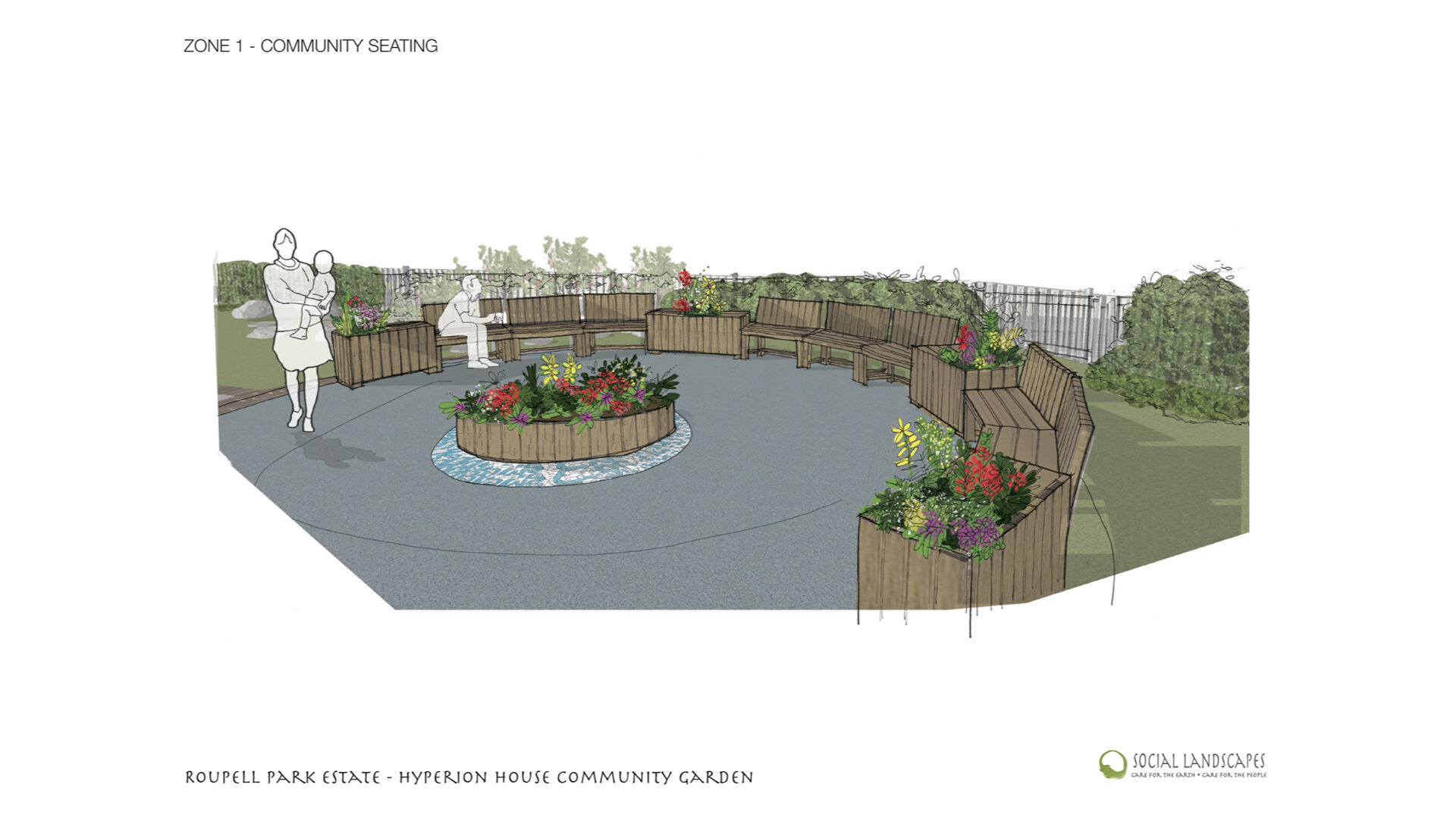

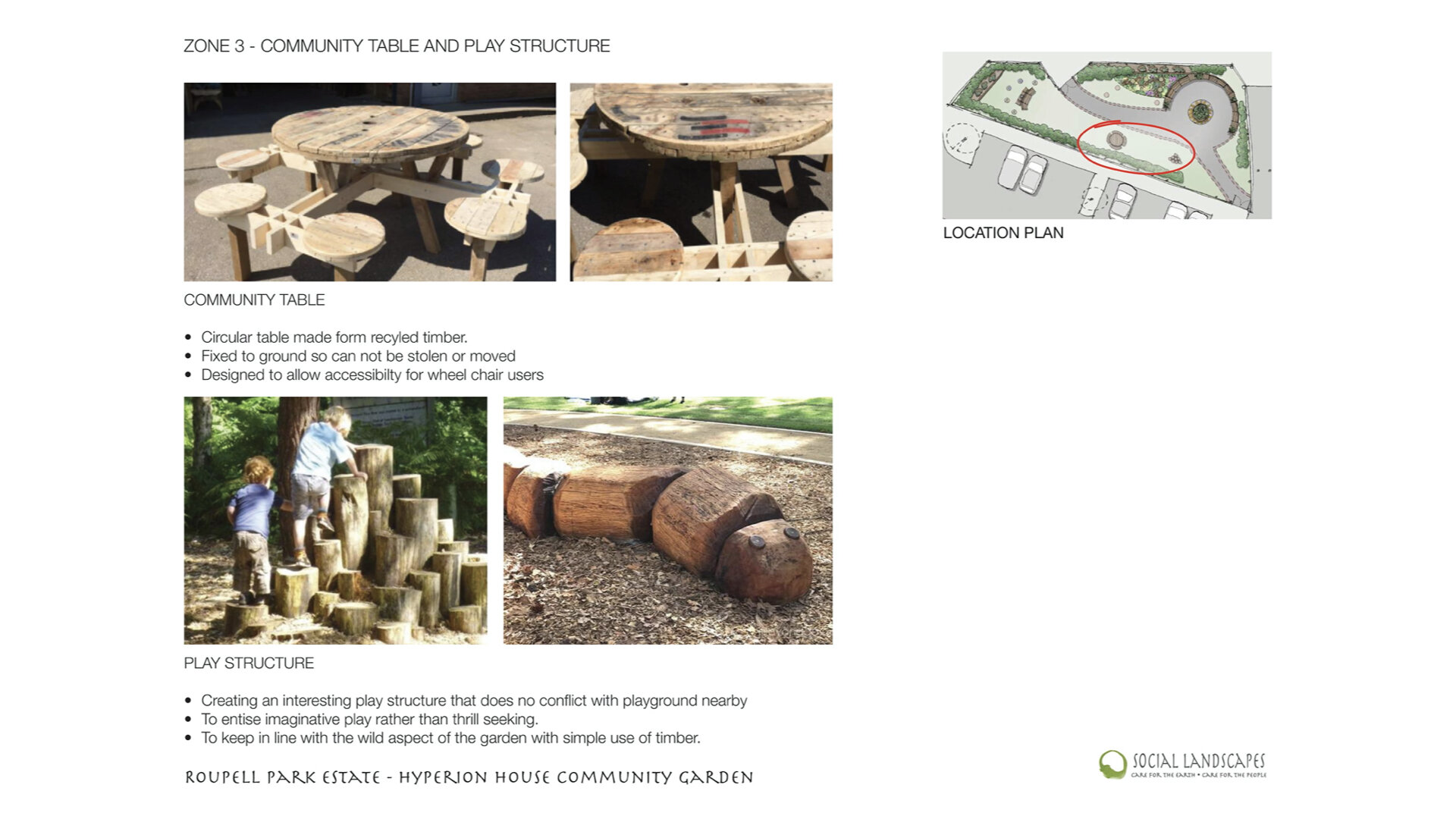

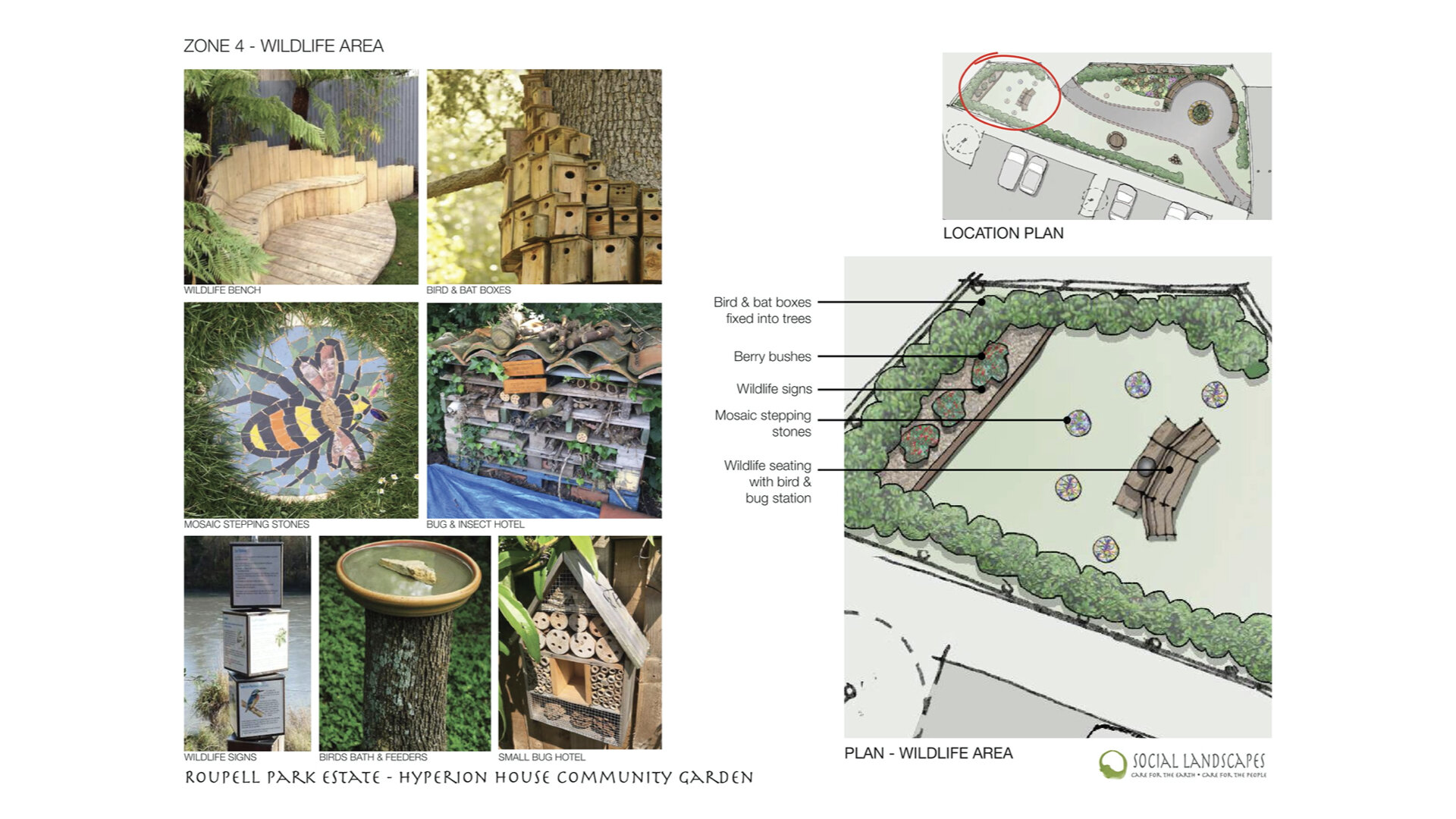
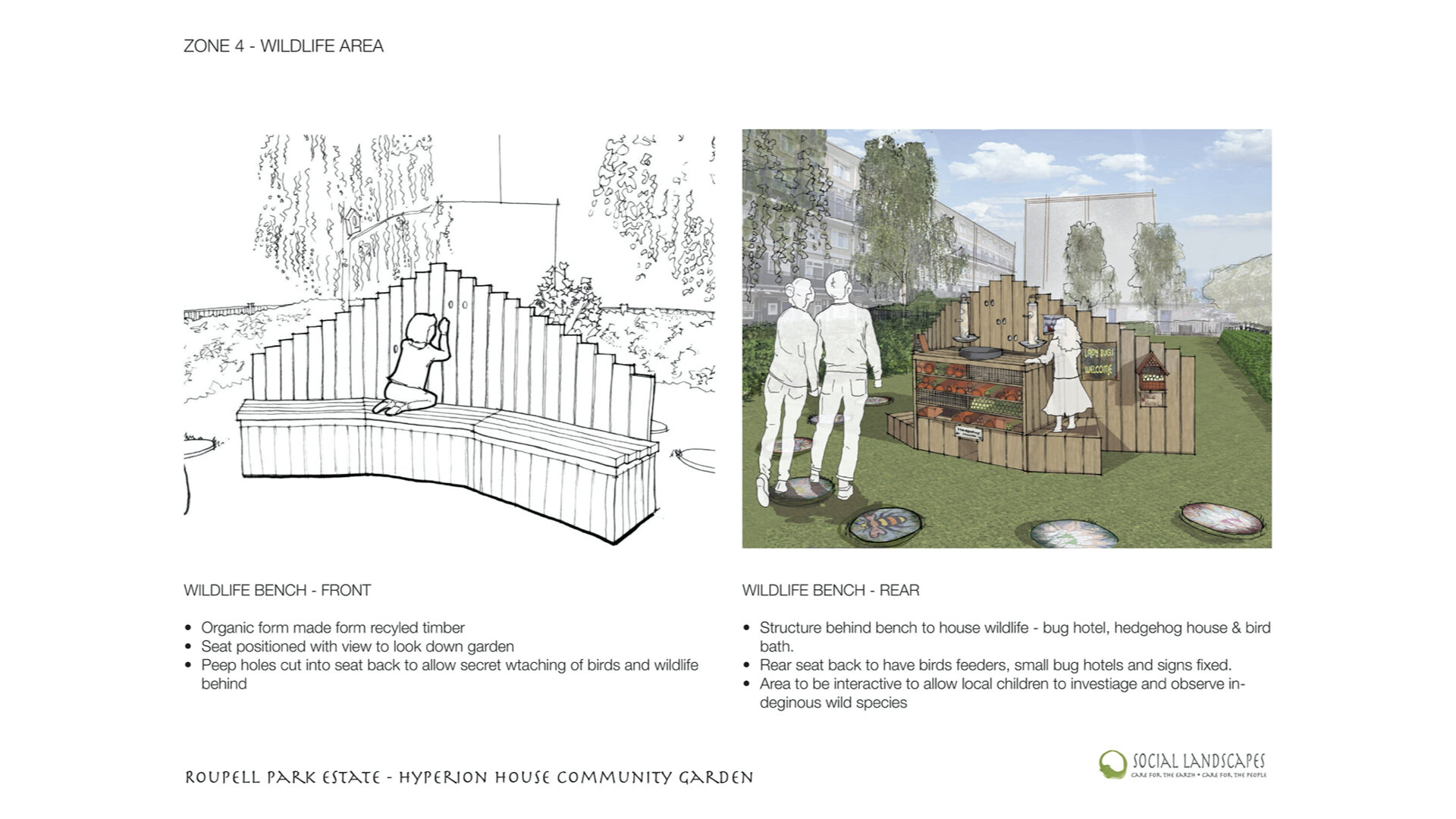
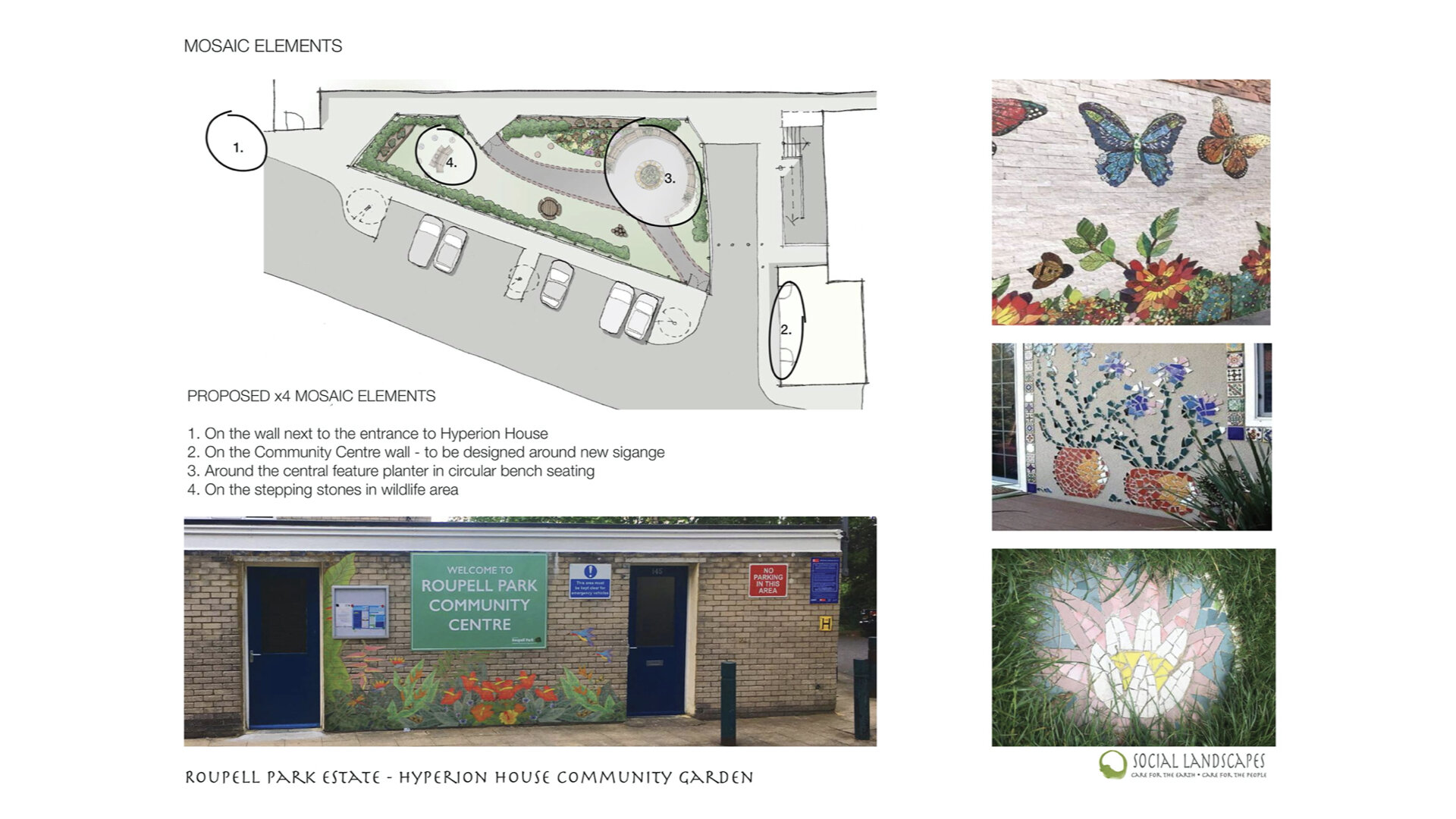
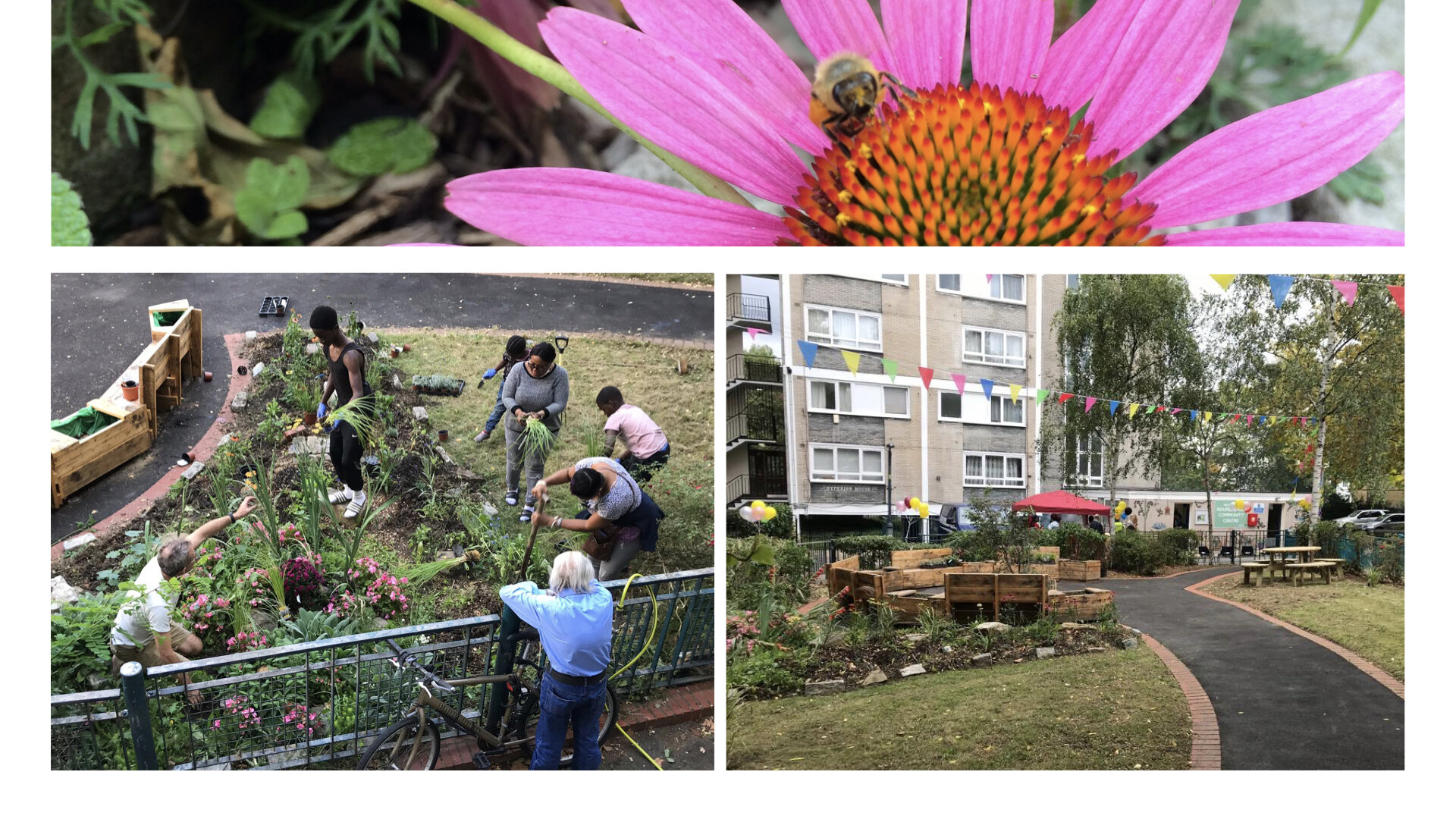
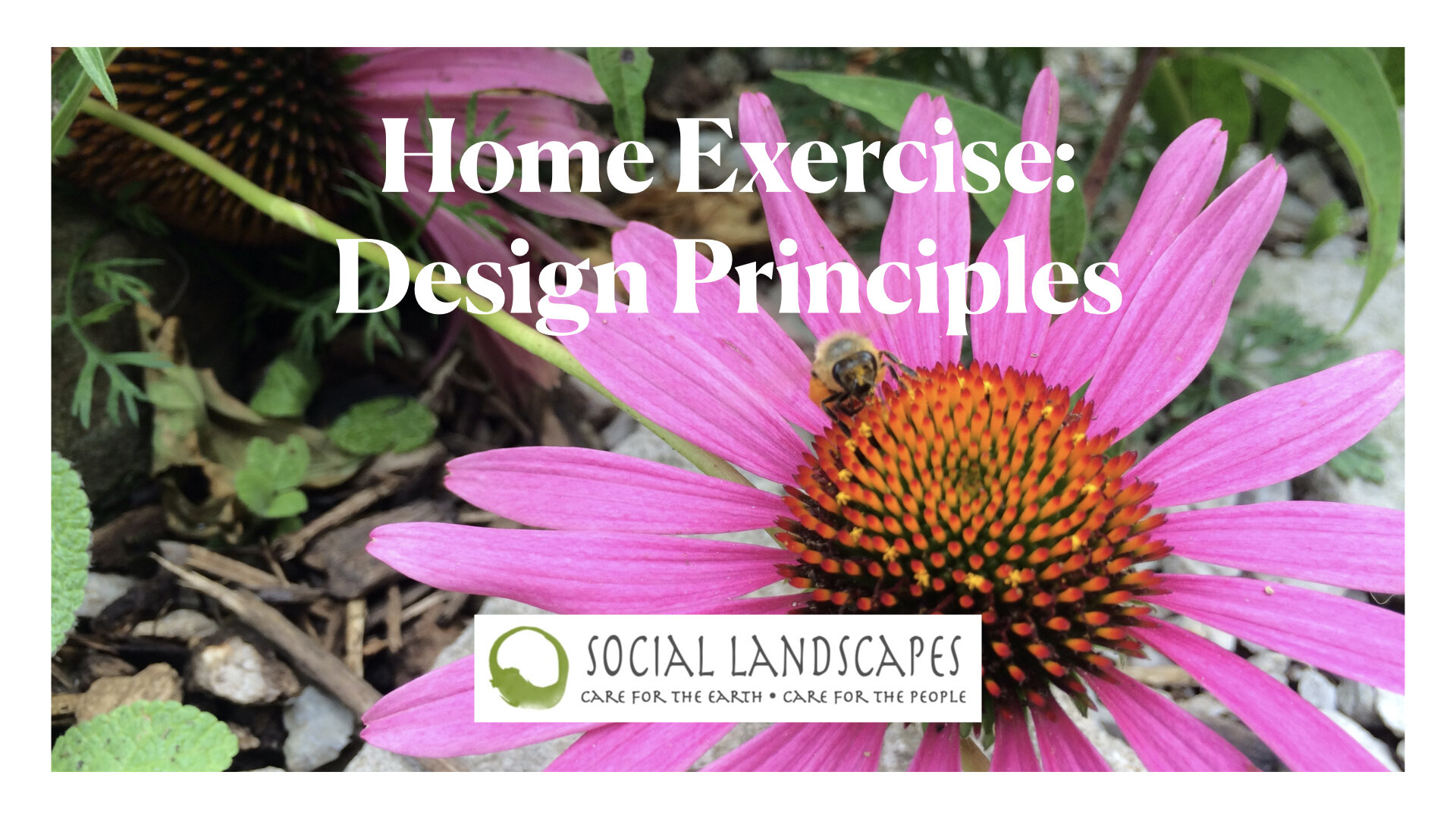

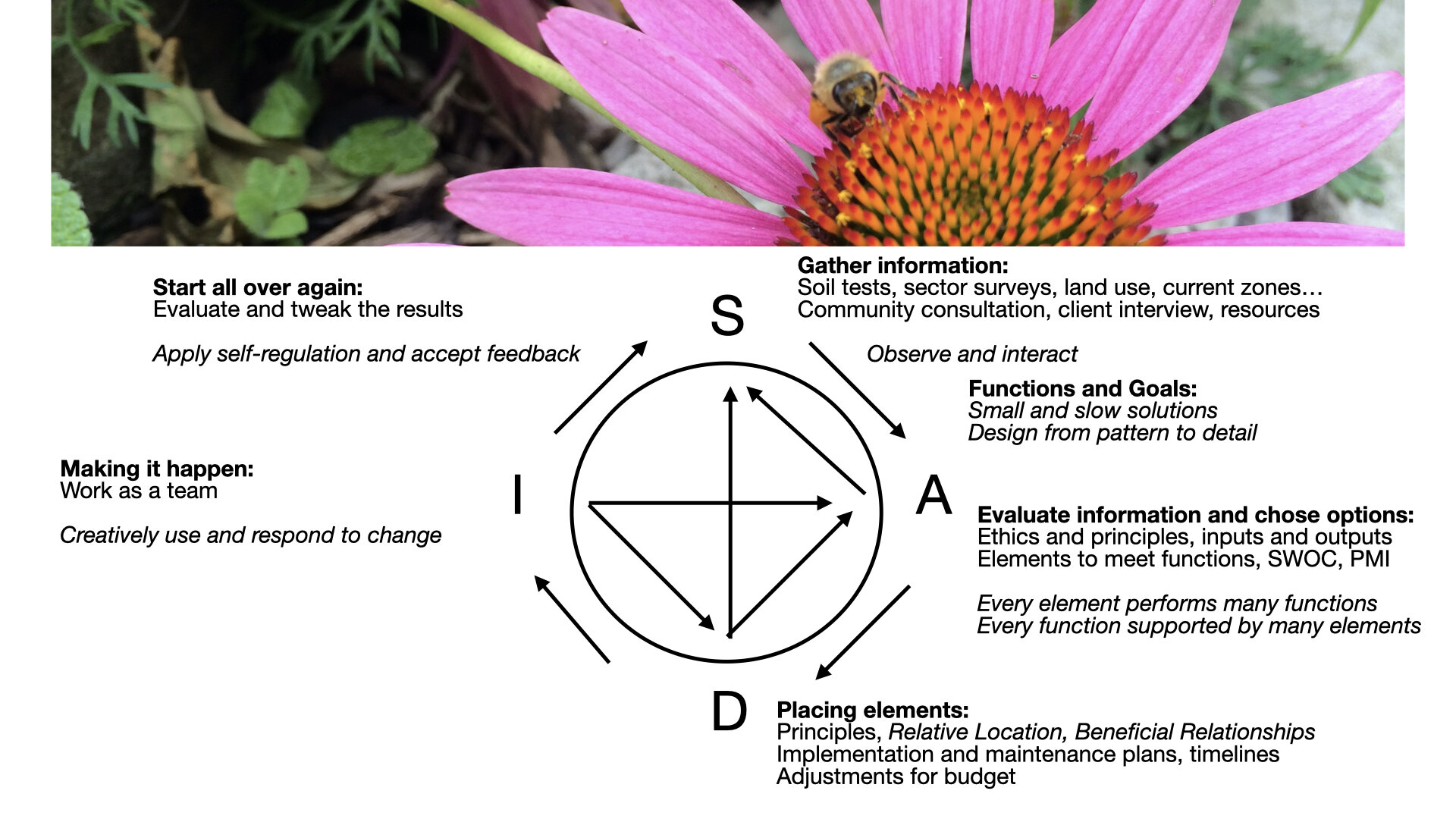
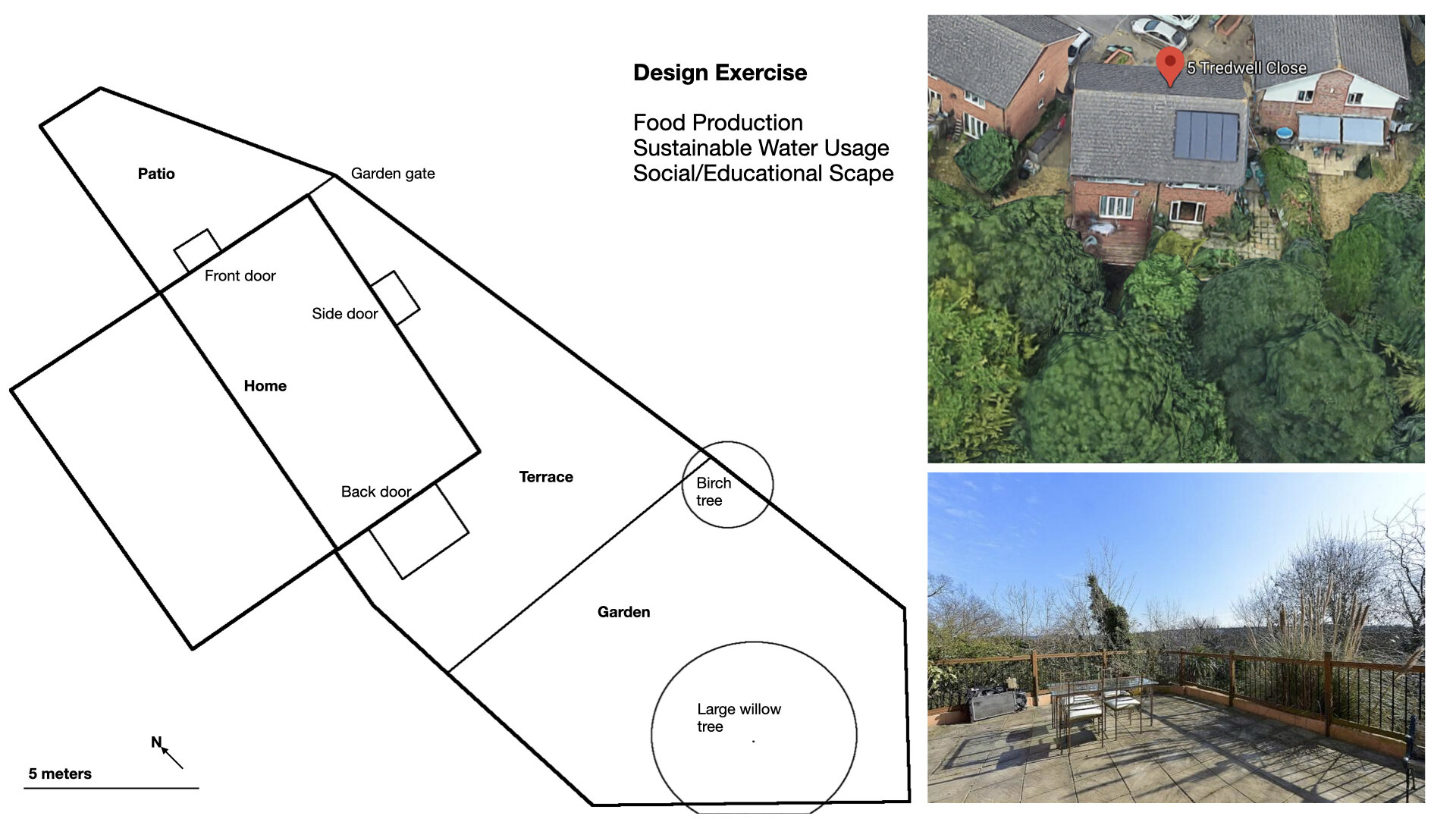

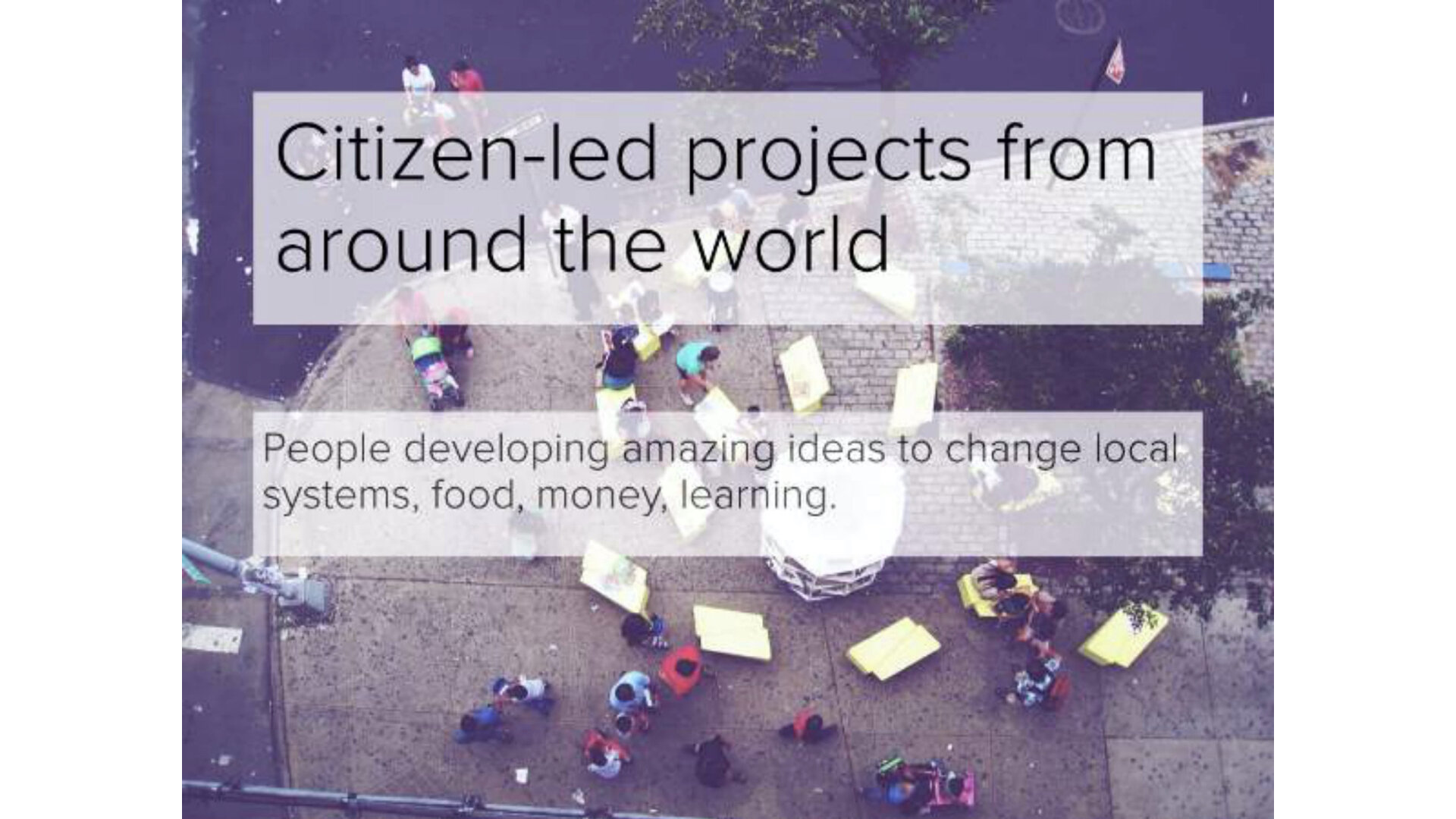
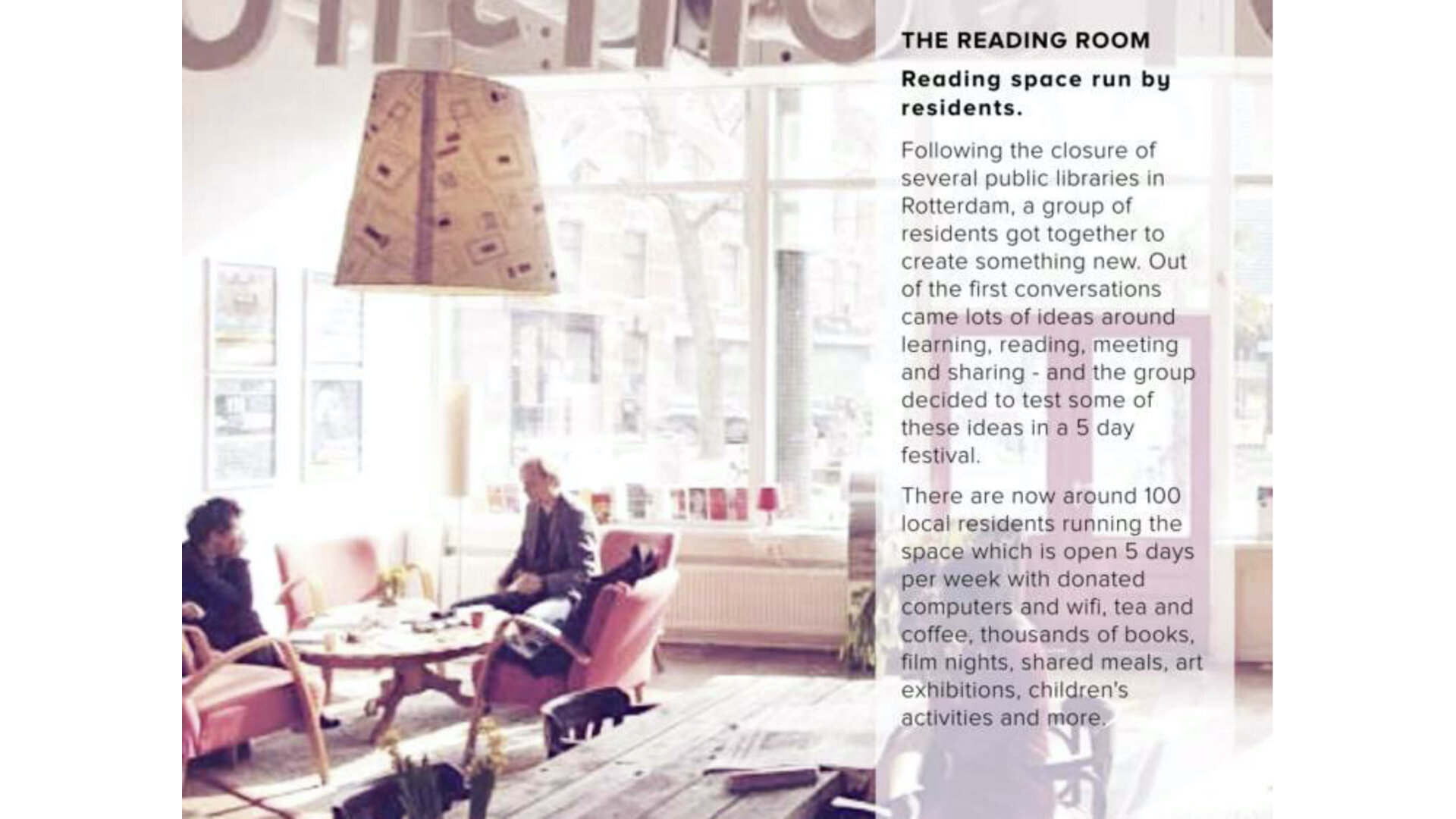
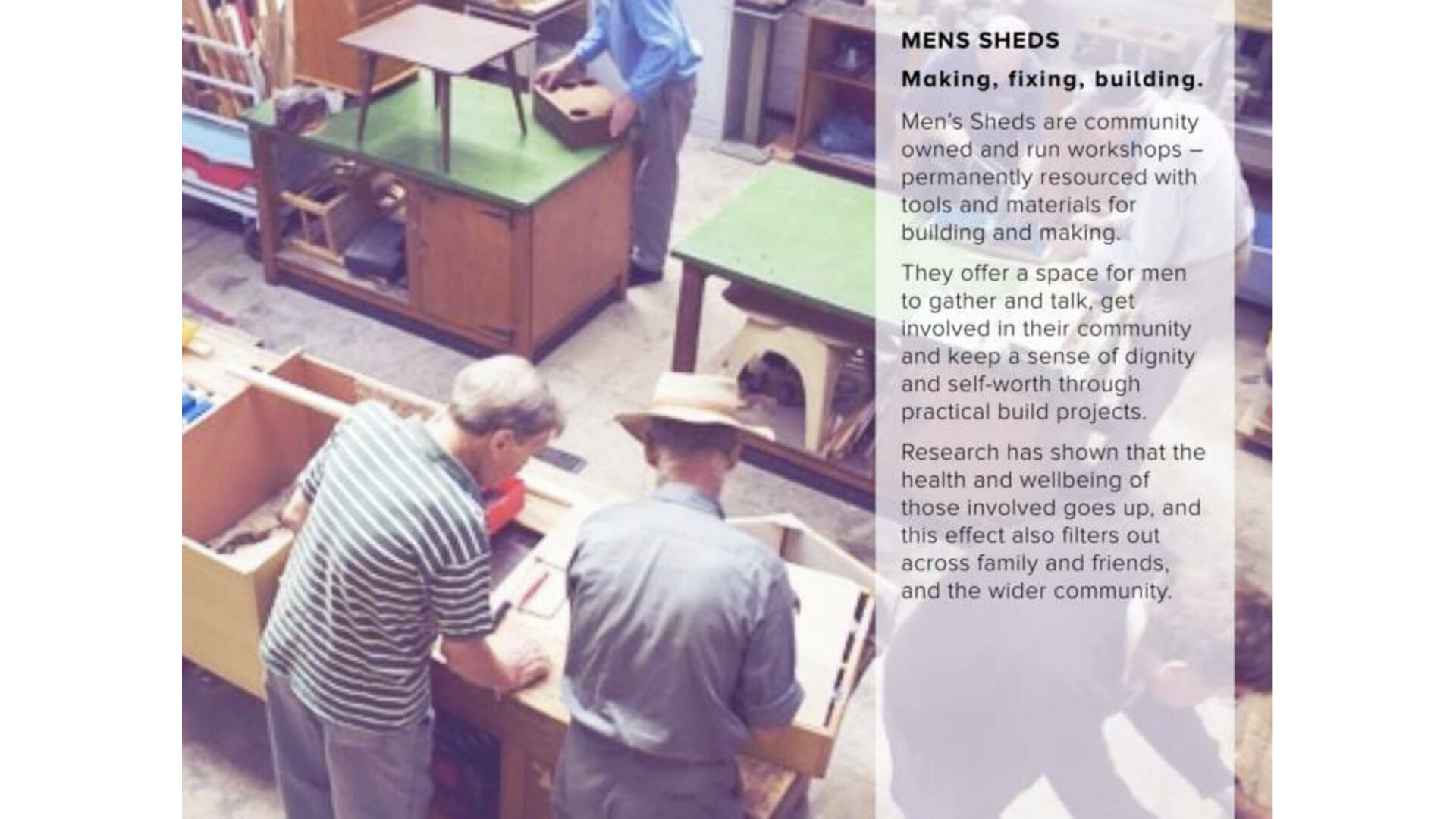
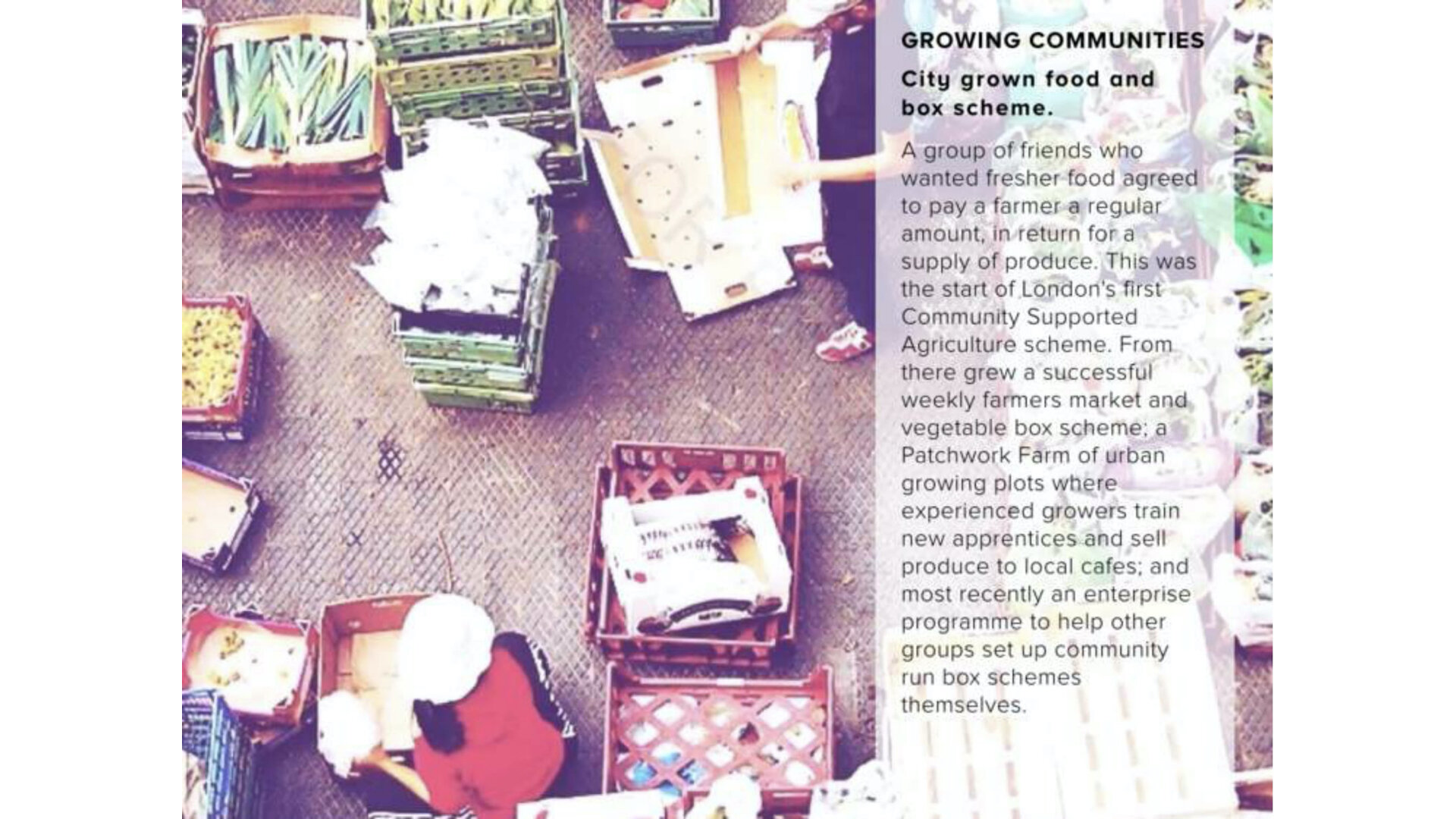
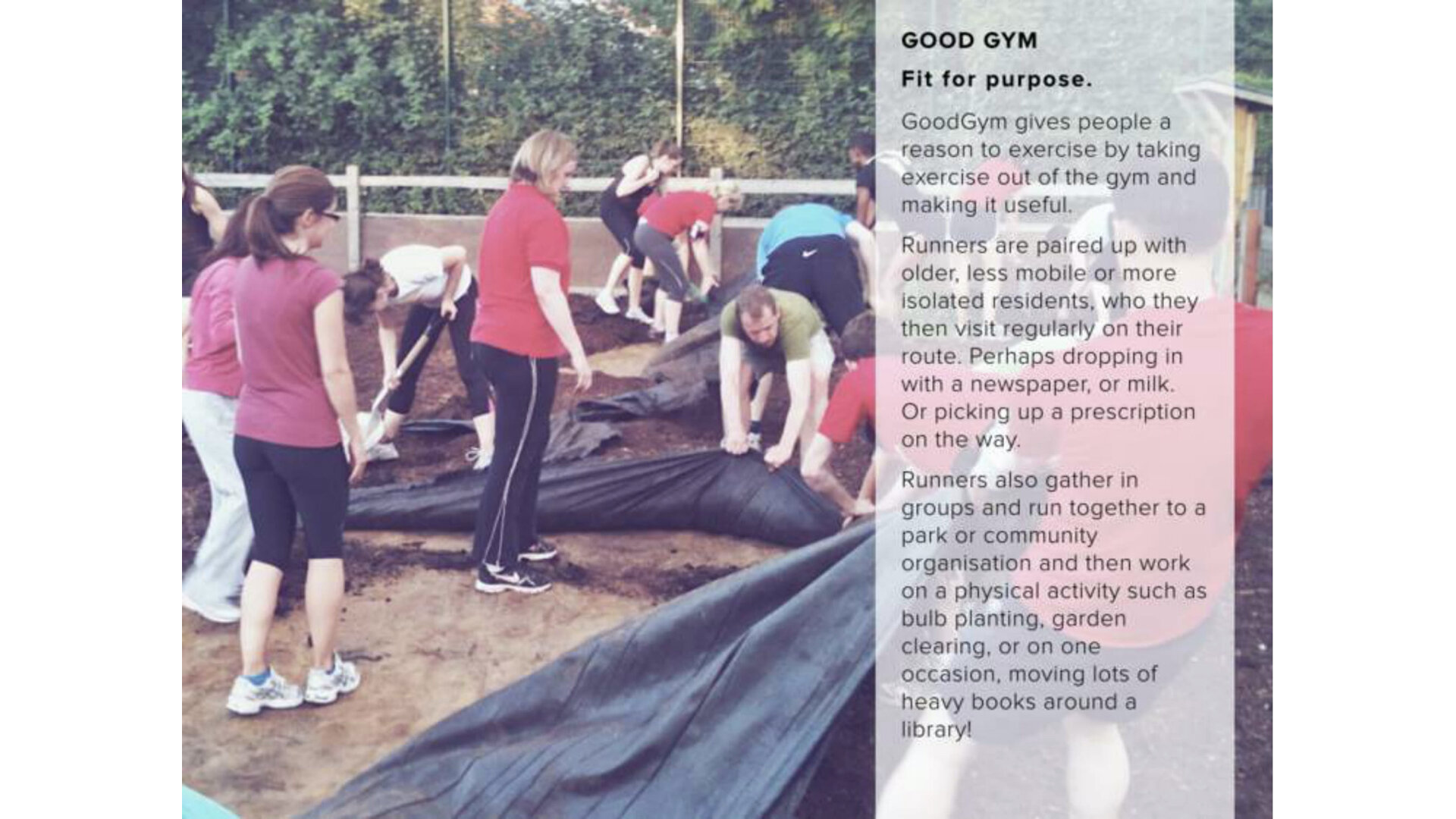
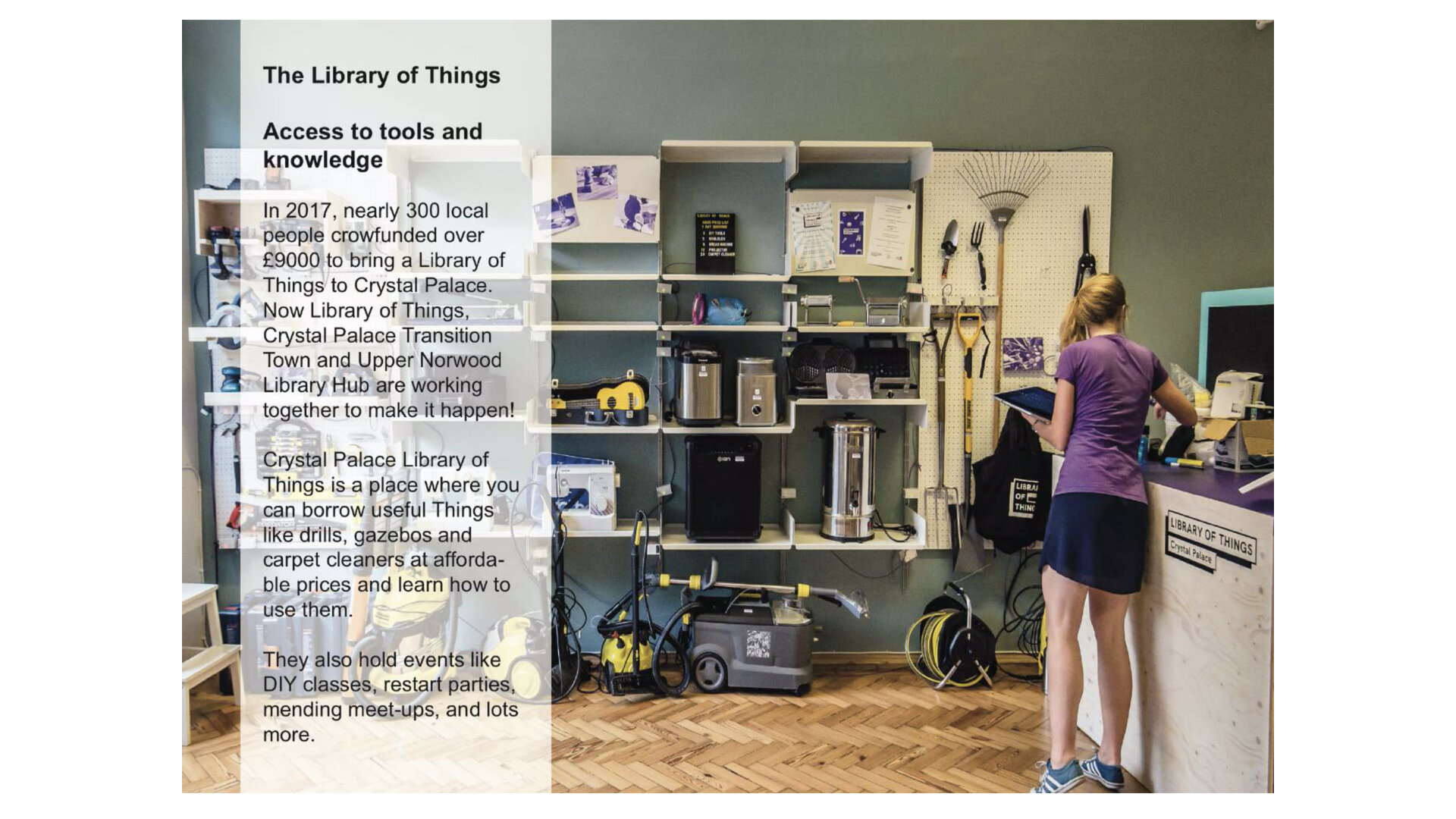

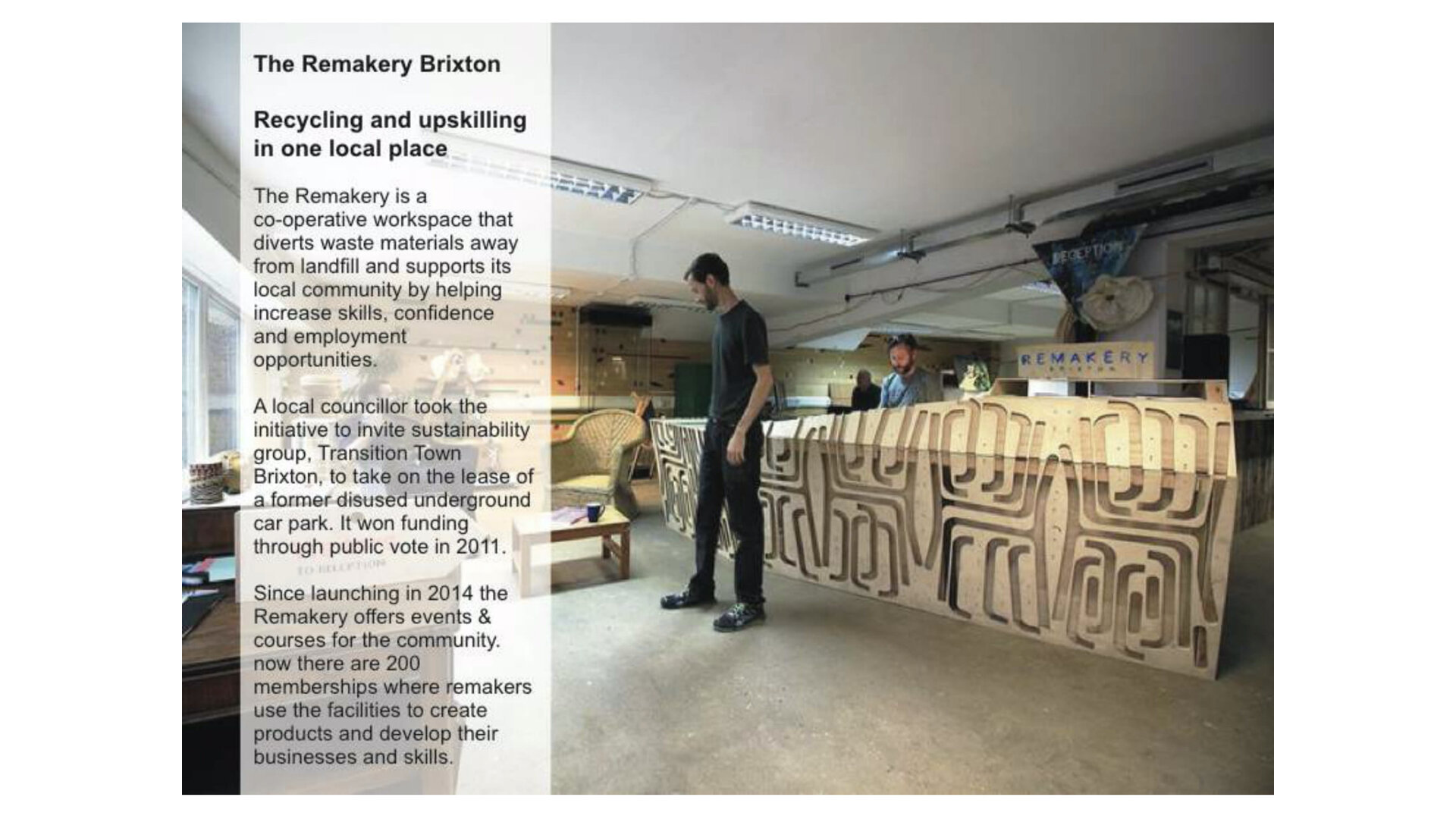


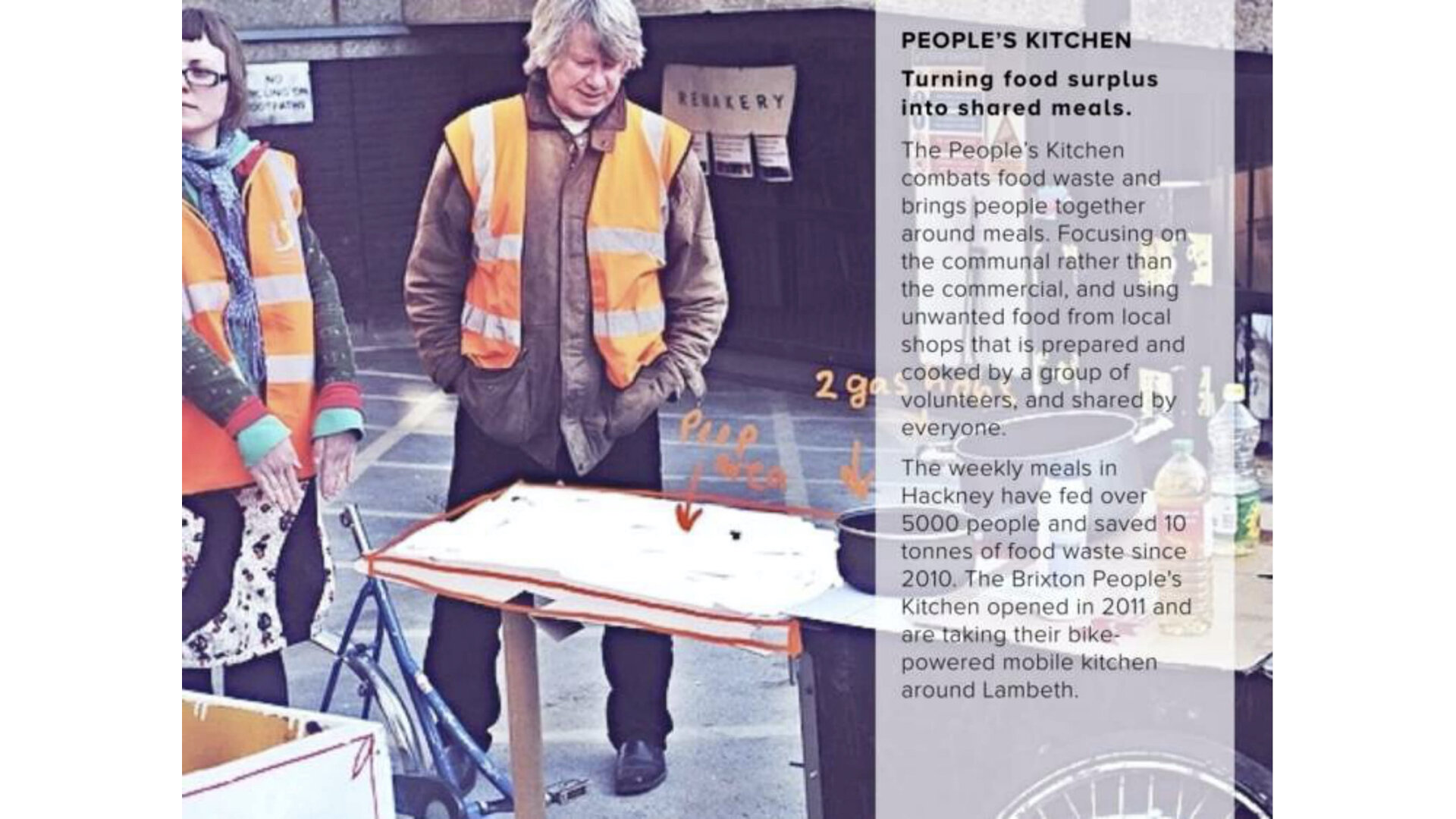
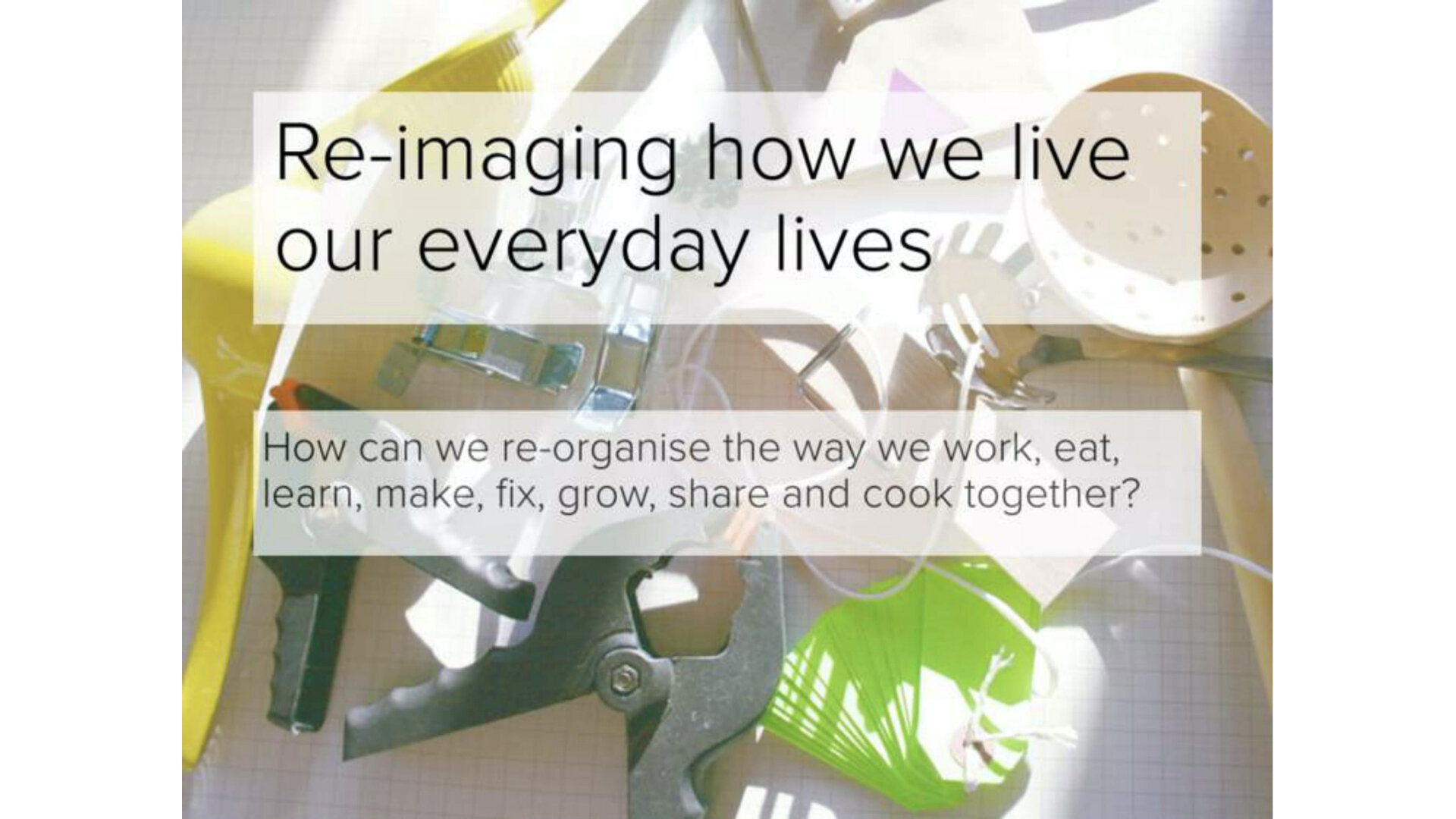
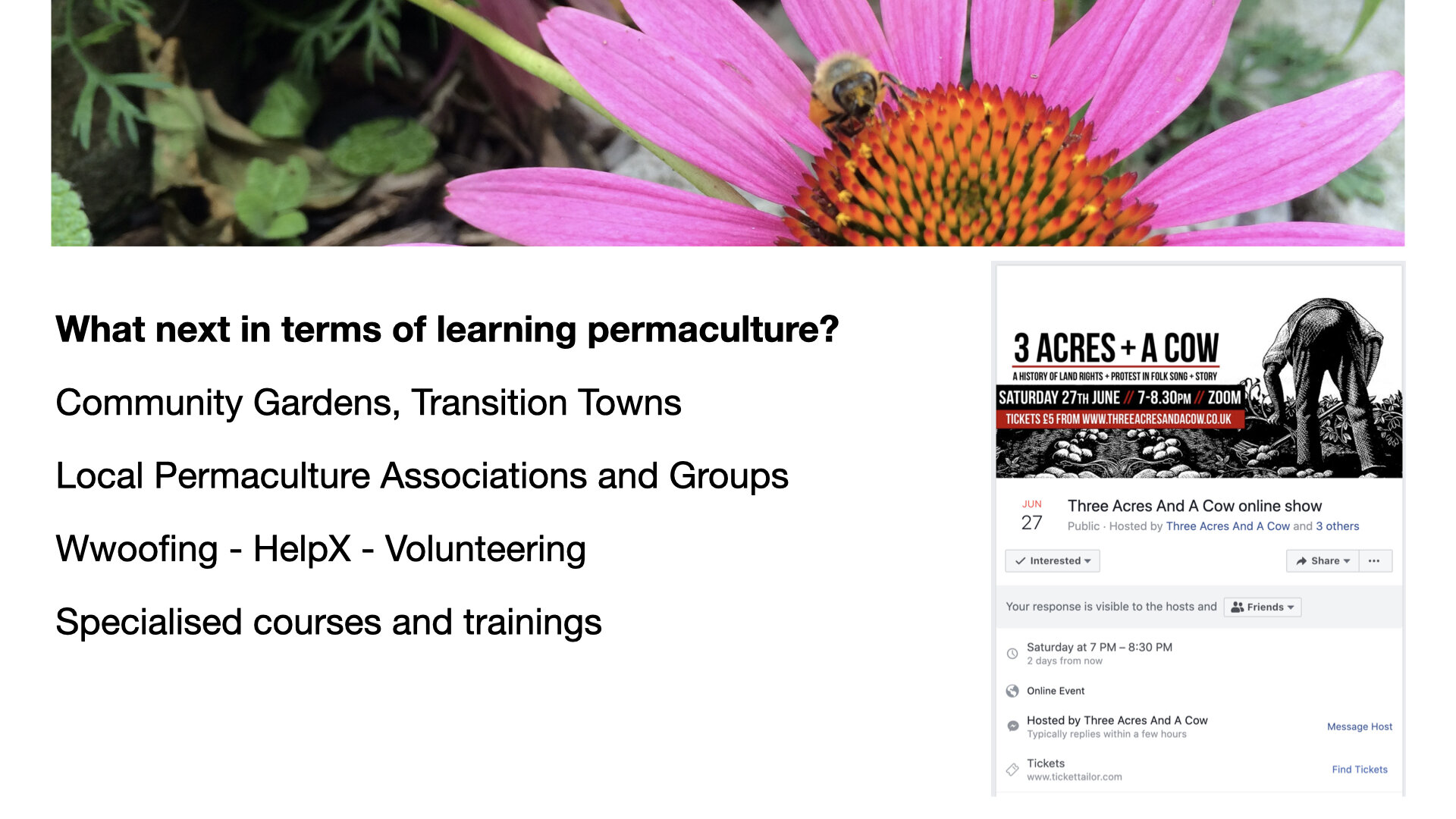
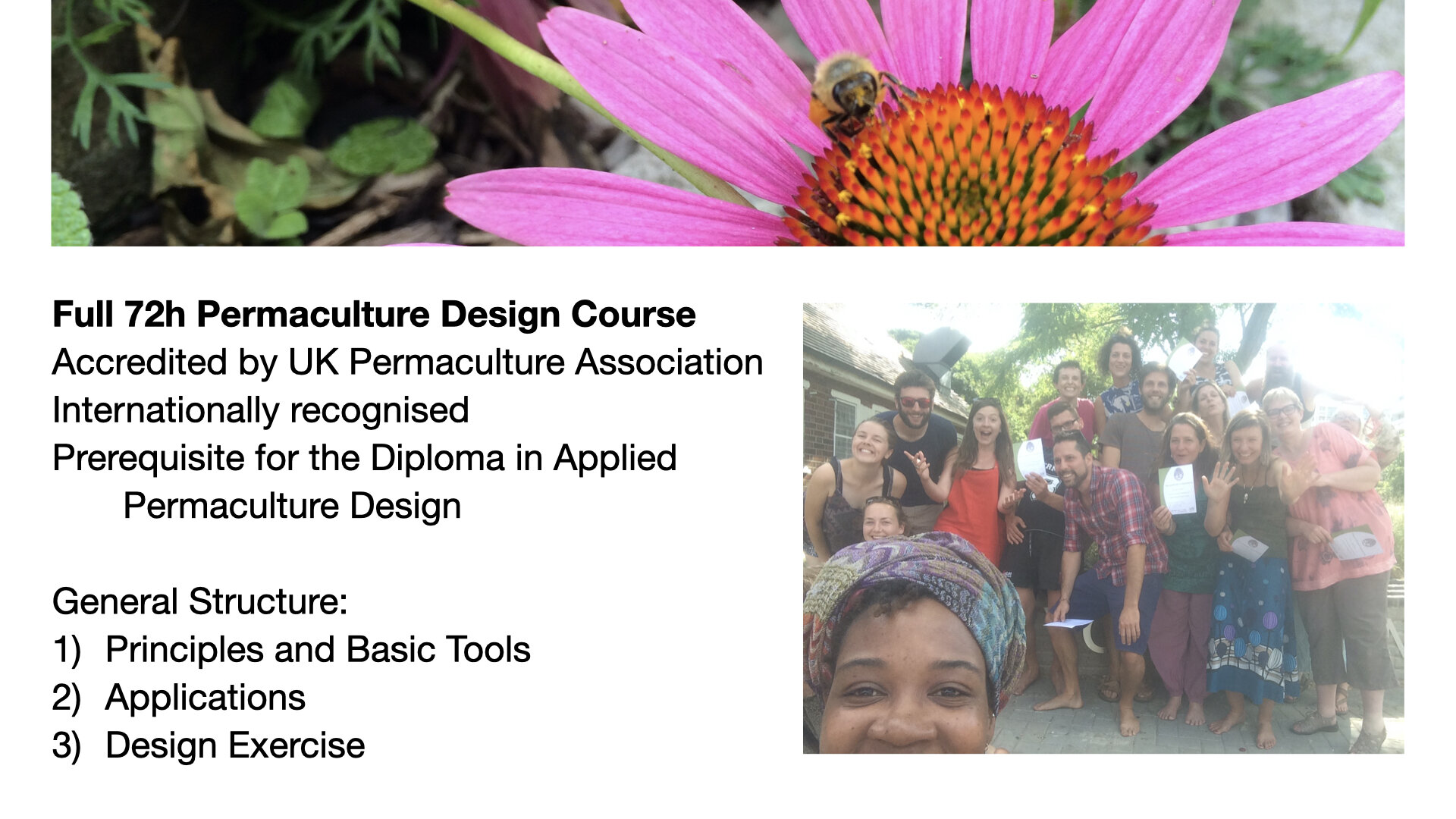
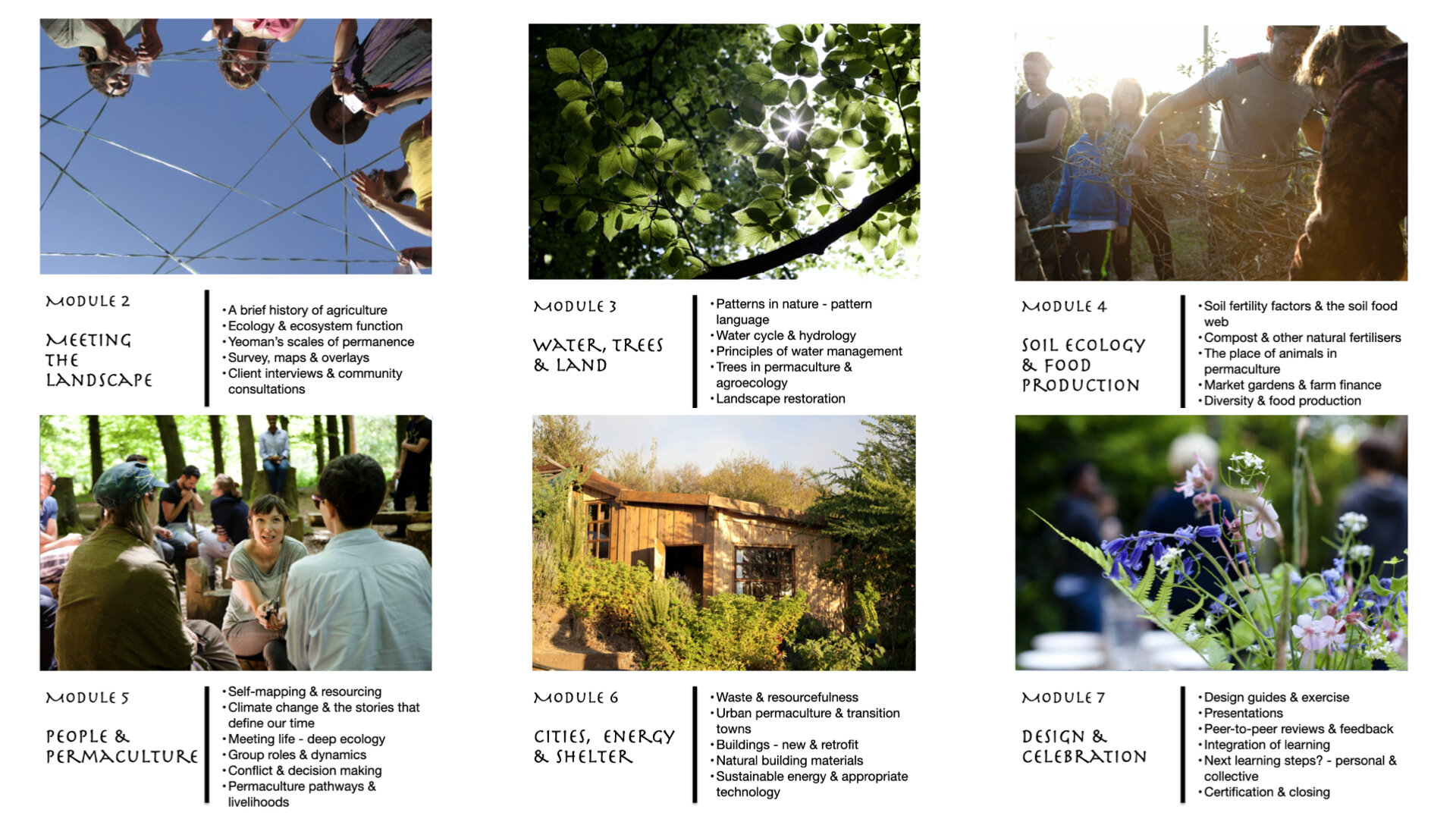
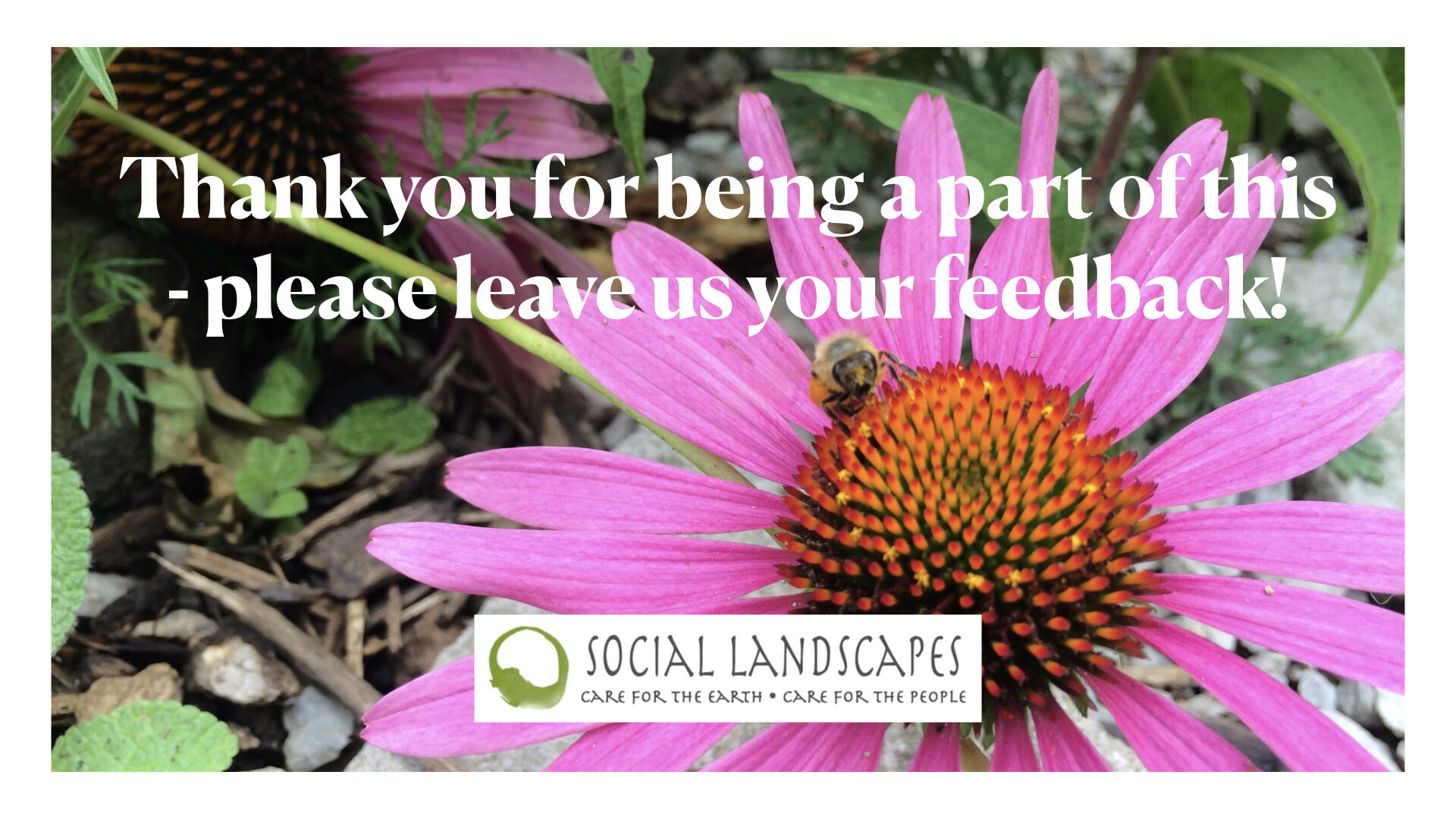
Pre-recorded sessions
The course consists of 3 live sessions and 4 pre-recorded videos.
It is important that you watch these recordings before the second live session of the course to allow you to follow with the content. If you have questions, please bring these to the live sessions.
A presentation of permaculture projects on different scales
Permaculture design tools: zones and sectors
A presentation on a design project at Roupell Park Estate
A presentation on civic projects
See here live session recordings from previous courses, dating backwards - if you miss a live session, you can catch up here:
Documents you will need during the sessions
Click the image to enlarge and safe it on your device if you need to.
Additional learning resources
Useful Handouts
Videos & Films
From its extraction through sale, use and disposal, all the stuff in our lives affects communities at home and abroad, yet most of this is hidden from view. This video shows the shift that will need to happen to move towards a more ecological, circular economy.
The natural world around use works in systems - everything is connected, changing one thing effect everything else. This TEDtalk by George Monbiot illustrated this point very well.
3000-year-old solutions to modern problems | Lyla June | TEDxKC - The true roots of permaculture are to be found in ancient indigenous knowledge and practices
Watch this film on vimeo. It’s worth the little expense.
Articles
Books
Your assignments and coursework
Assignment 1: The 9 ways of observing (30 minutes)
Chose one of the 9 ways of observing and spend some time in nature (or in your home) observing the world around you with that particular lens on. What do you notice? Where does it take you? What could be the benefits of using this particular lens if you want to become a designer?
Assignment 2: The Holmgren principles (1 hour)
Chose 2 of the 12 principles and spend some time in nature observing the world around you with this particular lens on. What do you see? Where does nature apply this principle? How can it be useful to you as a designer? Are there existing examples in the human world that you can think of?
Take a little bit of time to write about one of them. Here is an example from the Social Landscapes blog.
Optional Assignment 3: The sit spot
A sit spot is a space in nature that you return to on a regular basis - ideally once a day, but once or twice a week is better than not at all. You want to spend some quiet time in the spot, a sort of sensual meditation. The idea is that after a while, as you become familiar with the spot, the spot also becomes familiar with you; animals and other creatures will see you as a non-threatening part of it… it’s a spot where magic happens.
You can go there without agenda or with a particular lens on, one of the 9 ways of observing or a principle to reflect on.
Something to think about: Your design project
If you are doing the full Permaculture Design Course you will need to complete and present a design project. If you are not, it is still a good idea to put your learning into practice.
Think about what might be a good design project for you to get started with. It should be something you are passionate about, accessible to you if it is a site you would like to design, ideally be of value to your life right now, and achievable (remember the small and slow principle, it is good to start small).
Quiz & completion
Taking the quiz and showing that you have understood the material covered in this module is essential for you to receive the Permaculture Design Course Certificate at the end of the course.
Feedback
Receiving your feedback on what we do is essential for us to keep improving our courses - for you and those that learn with us after you. It will take 5 minutes - thank you!





















